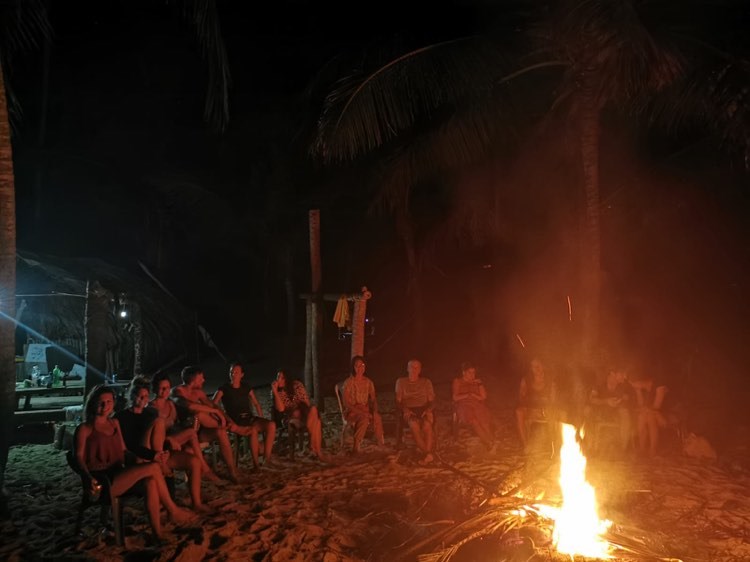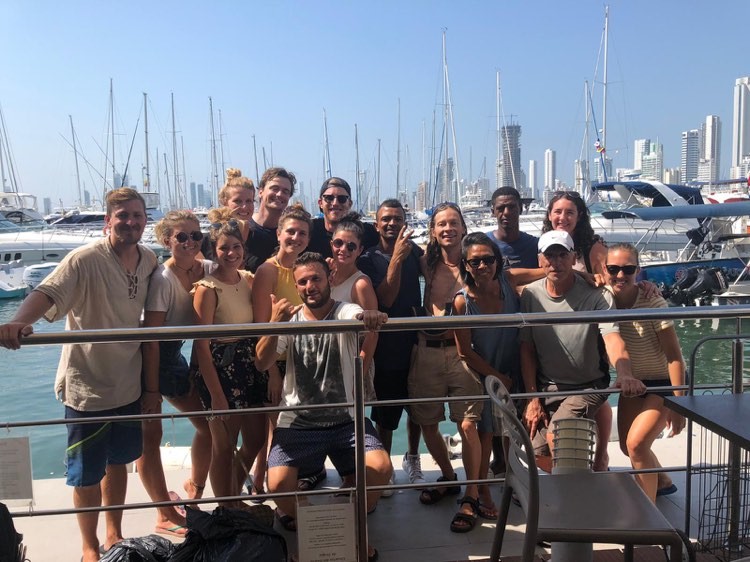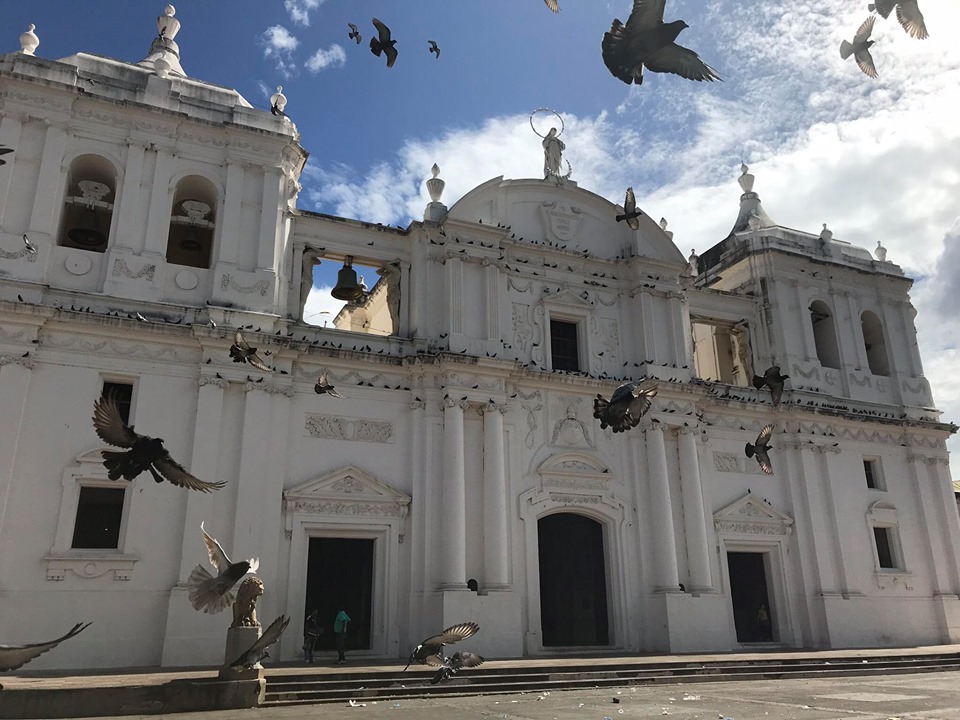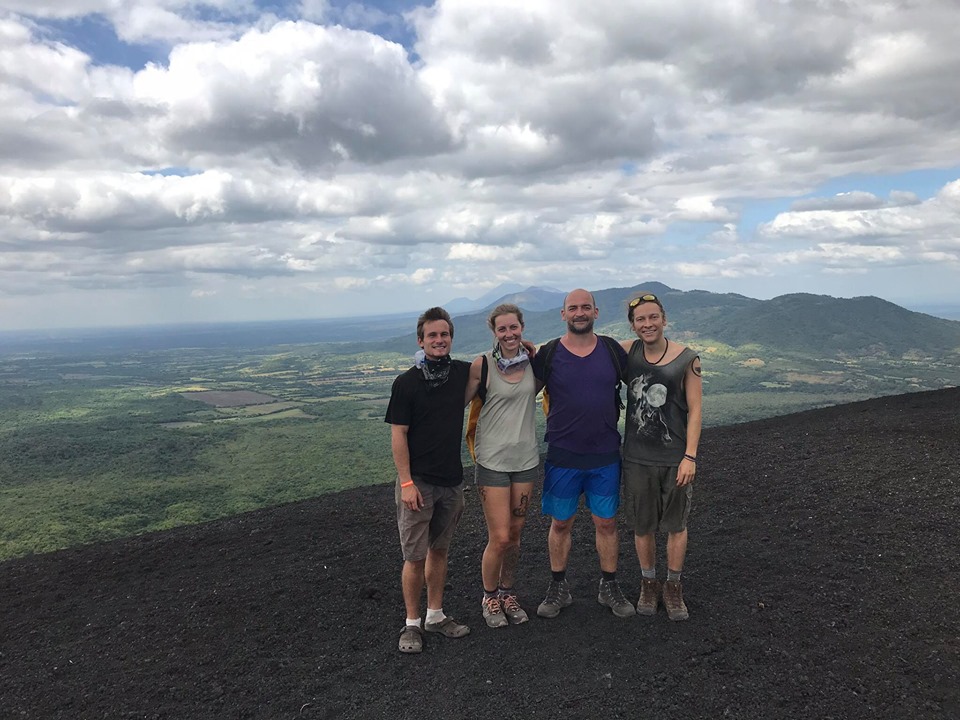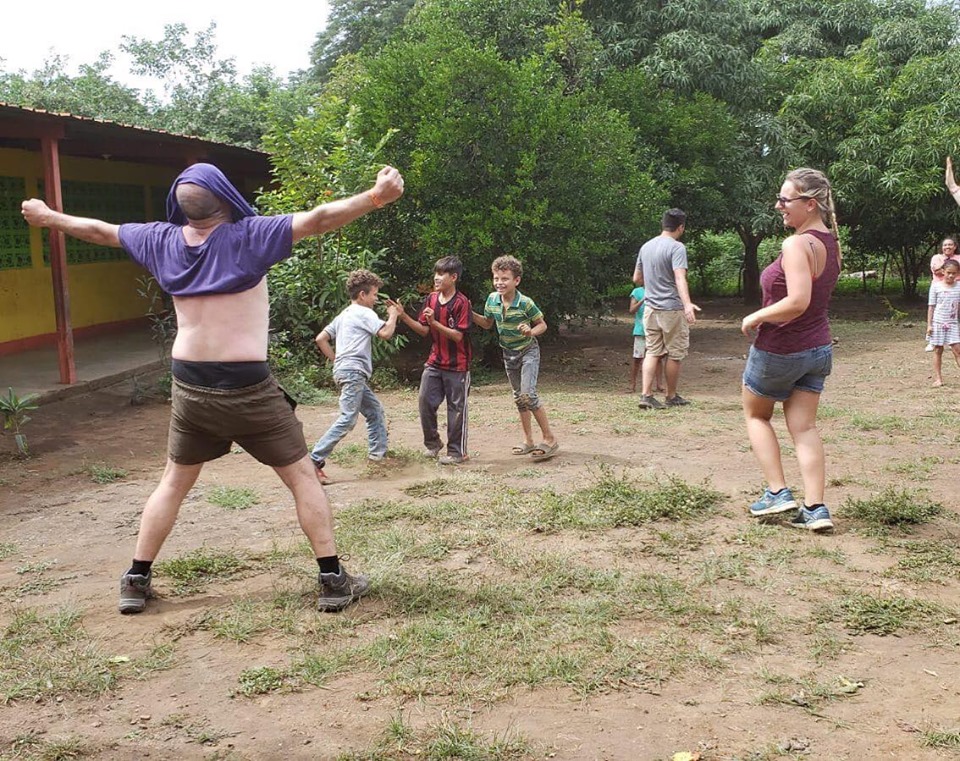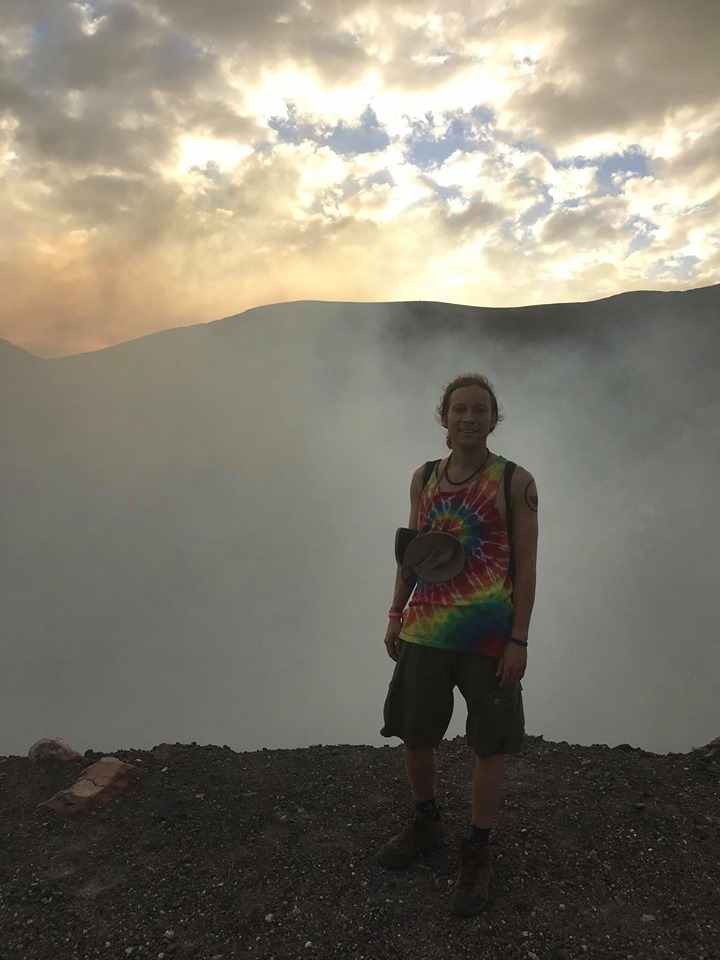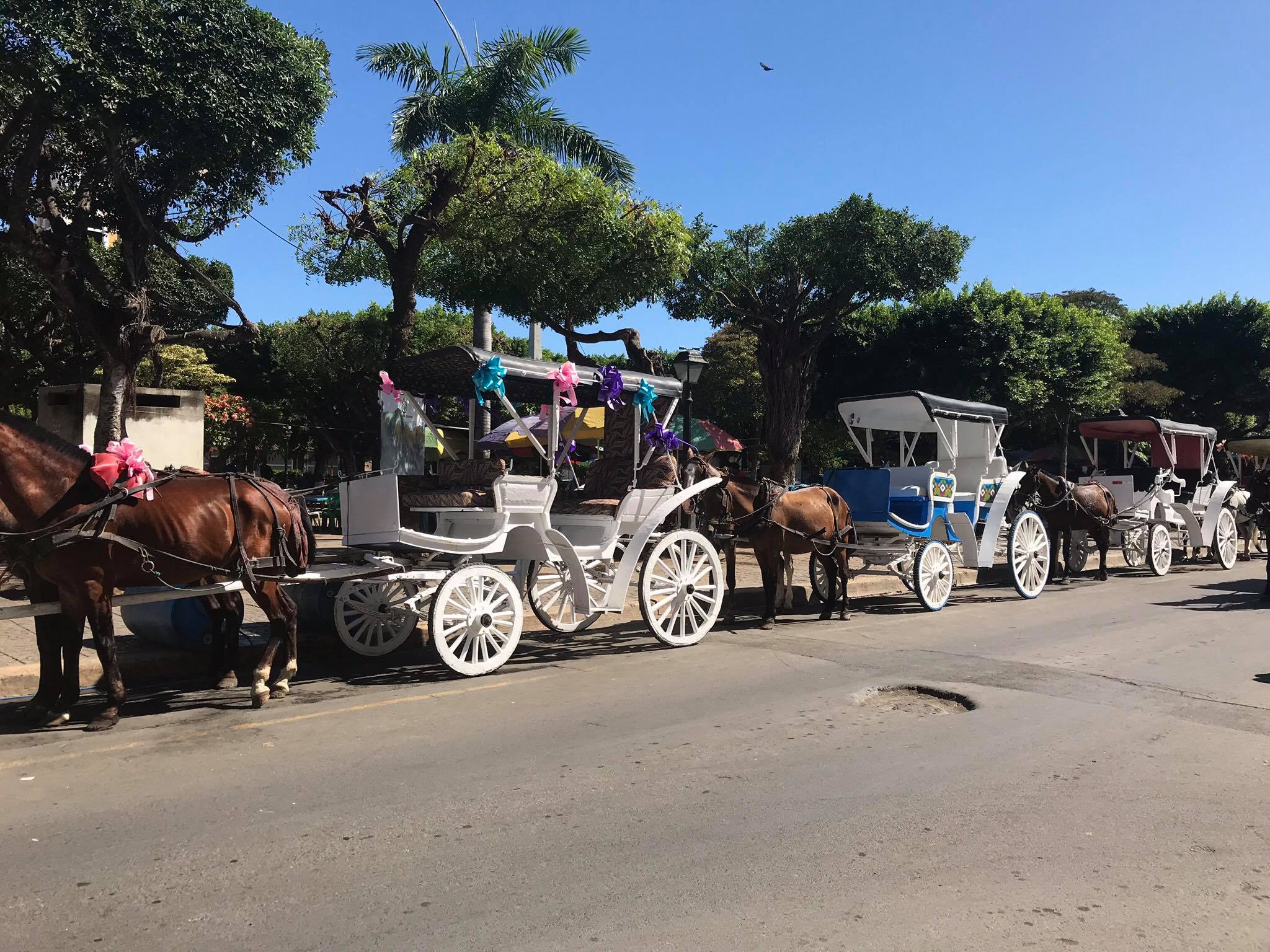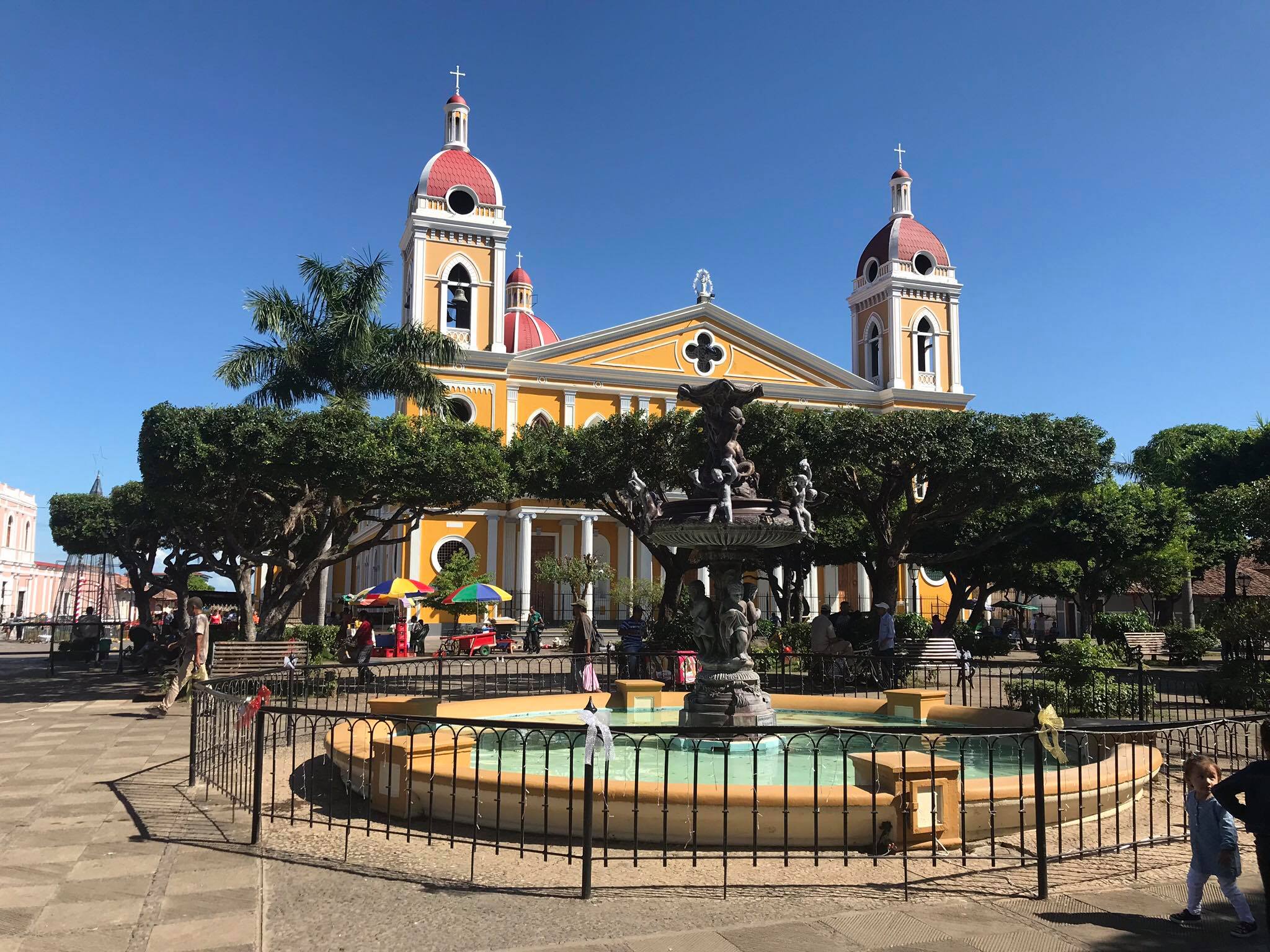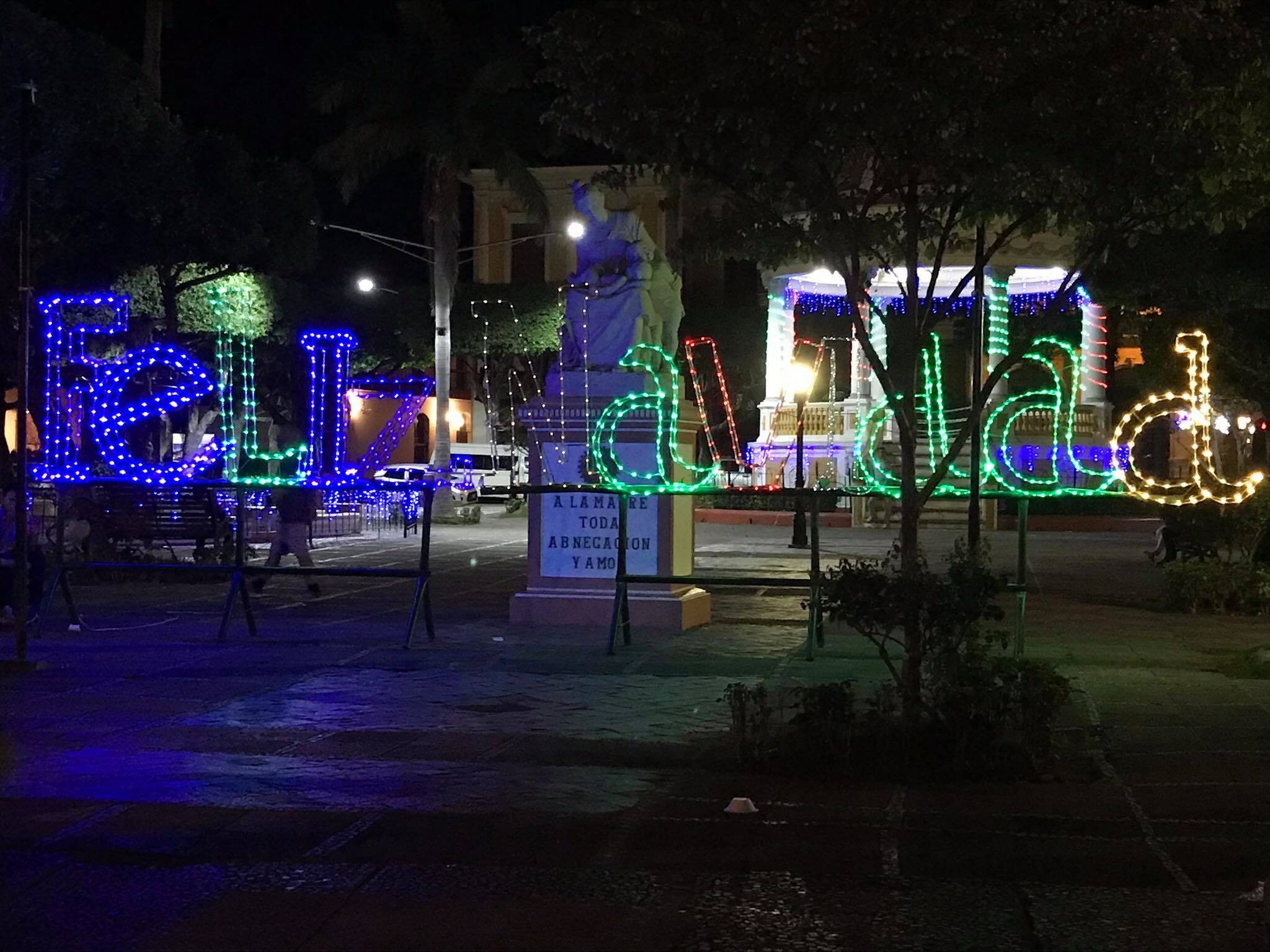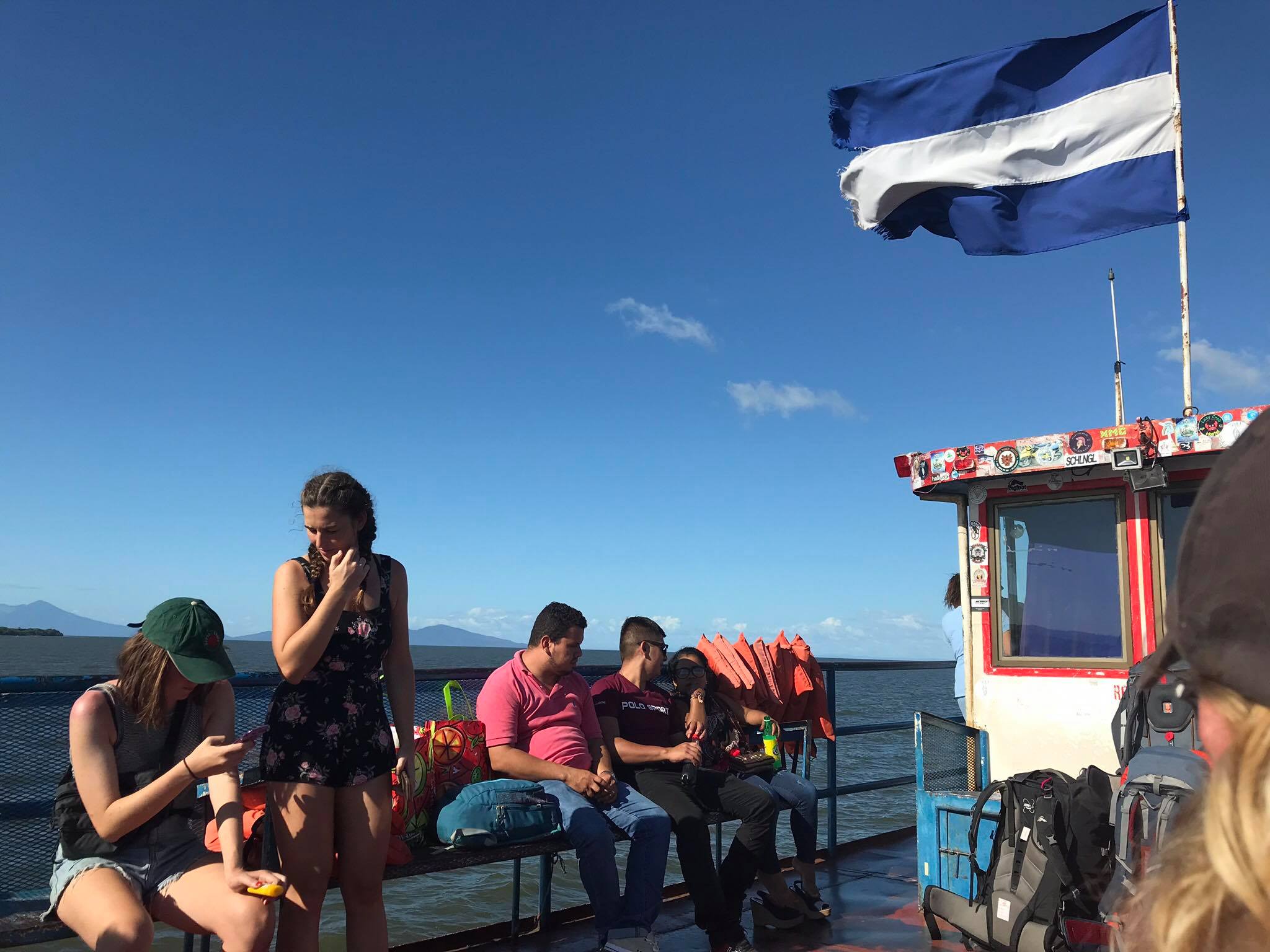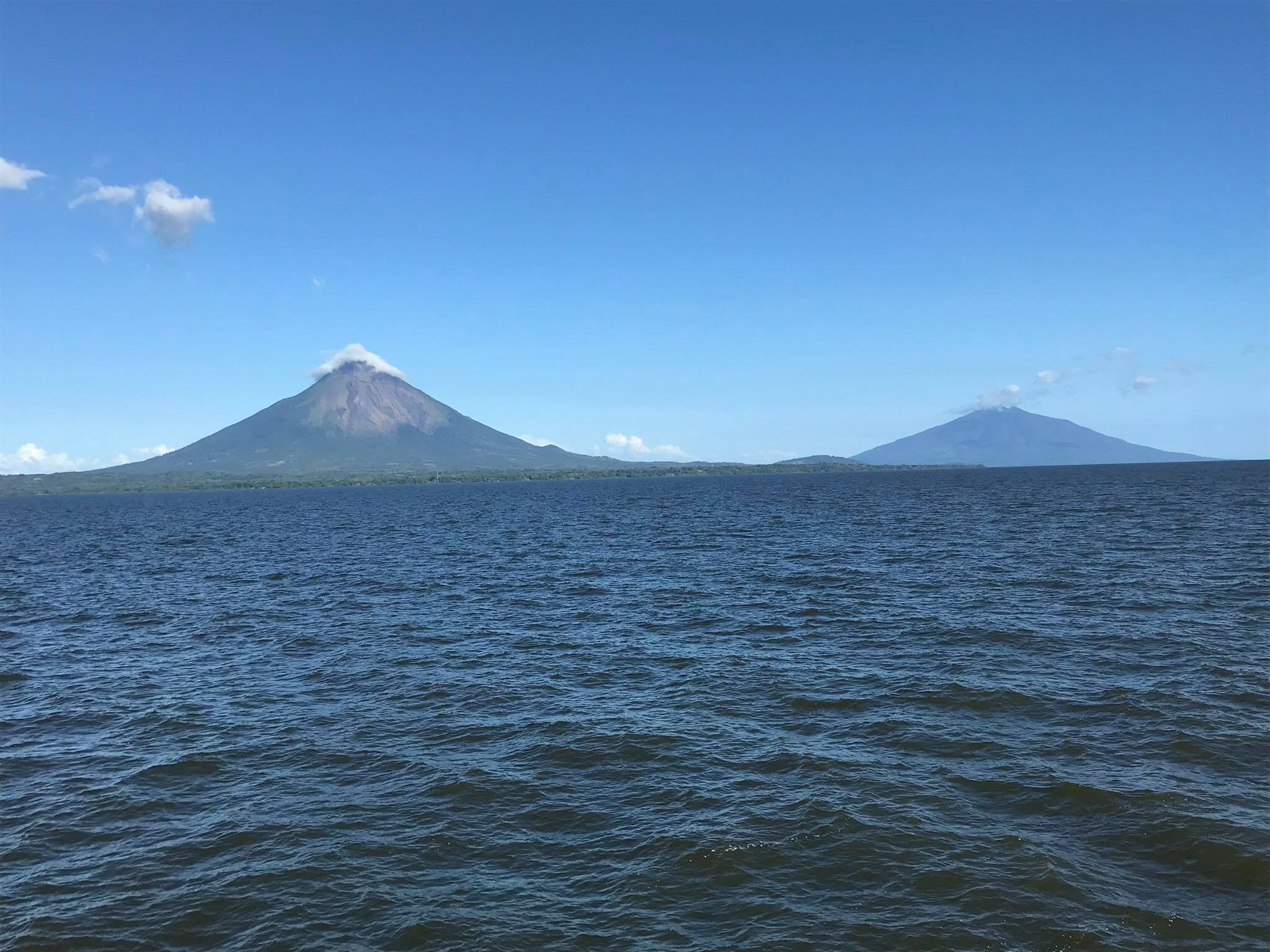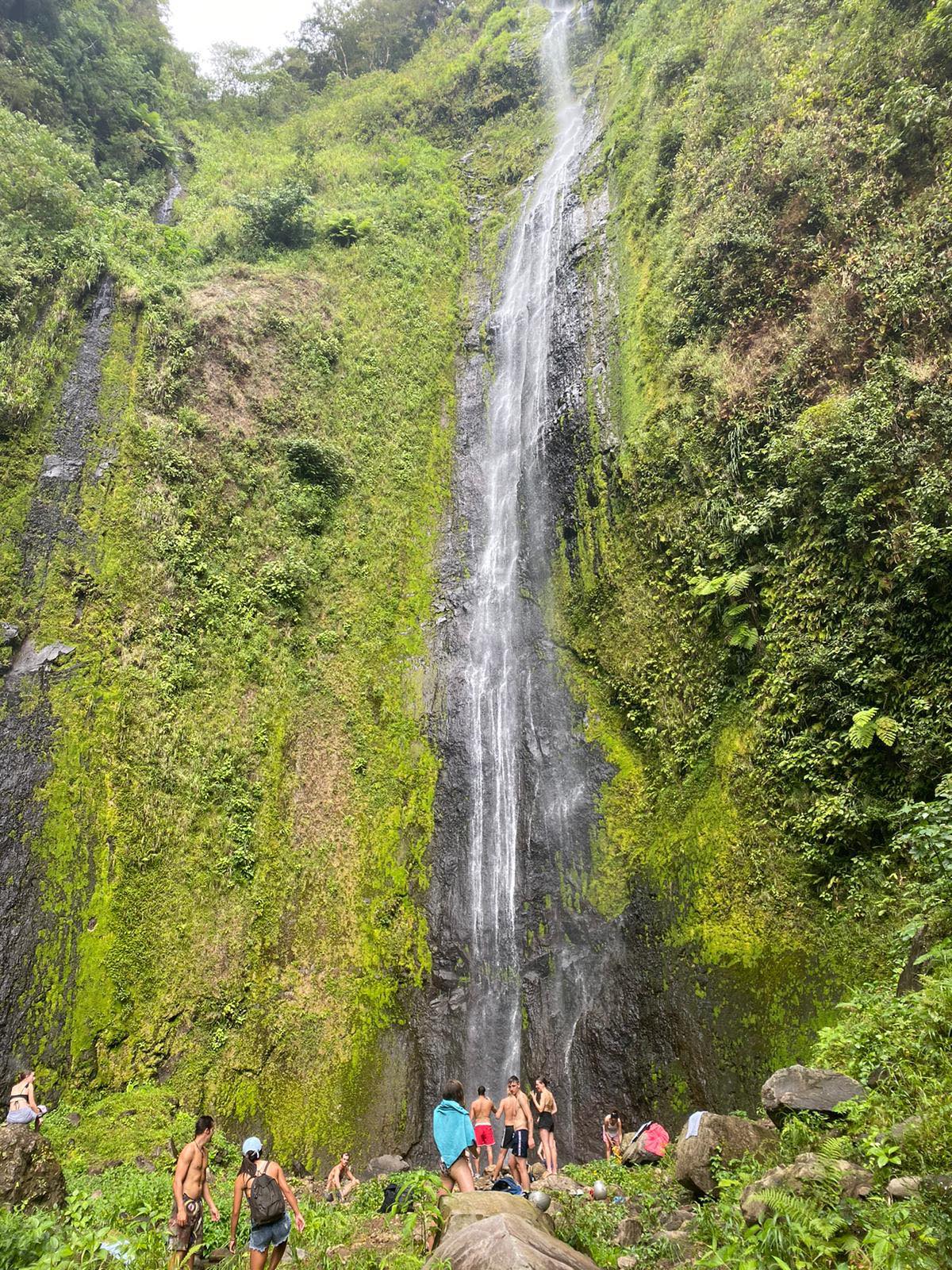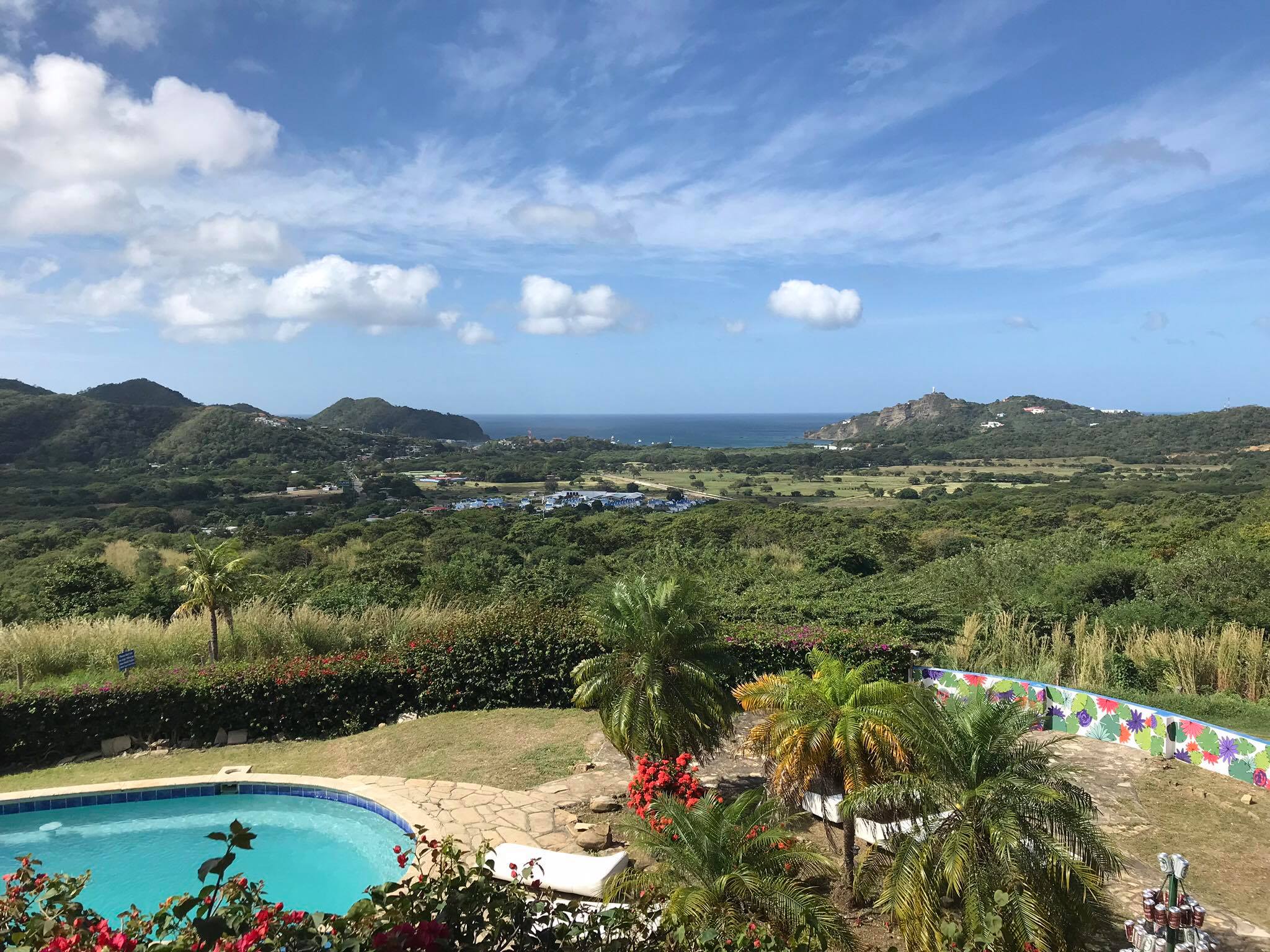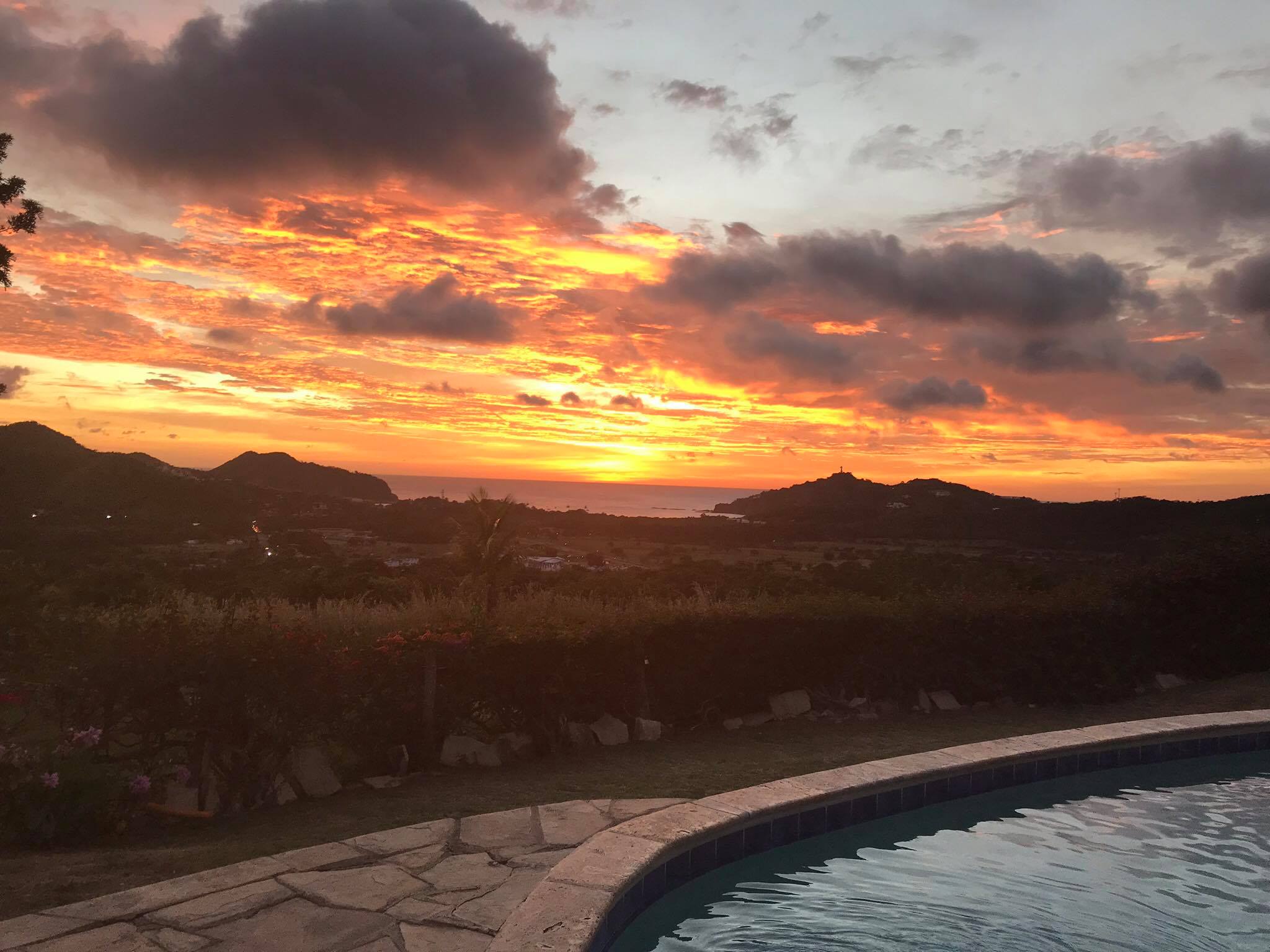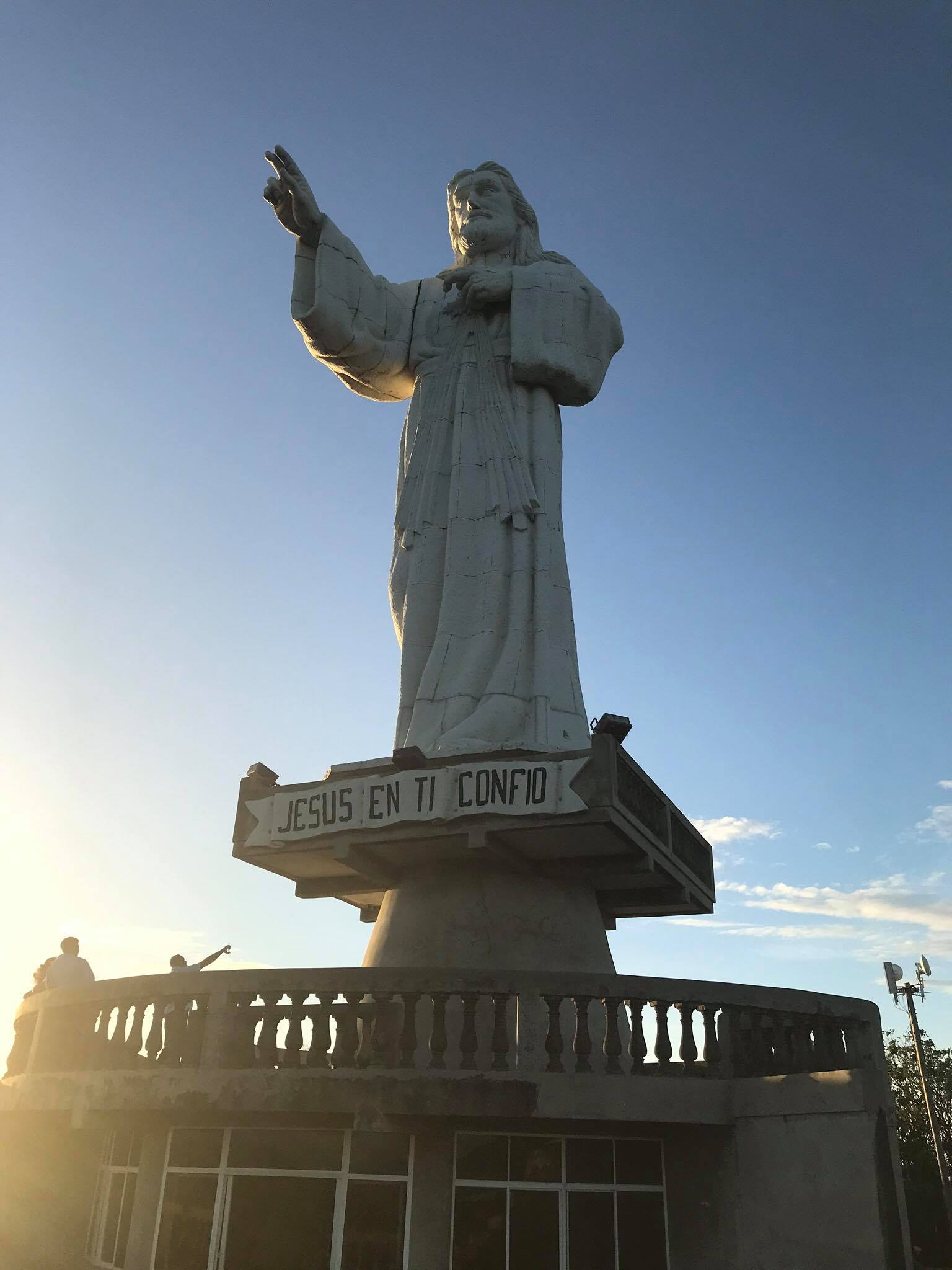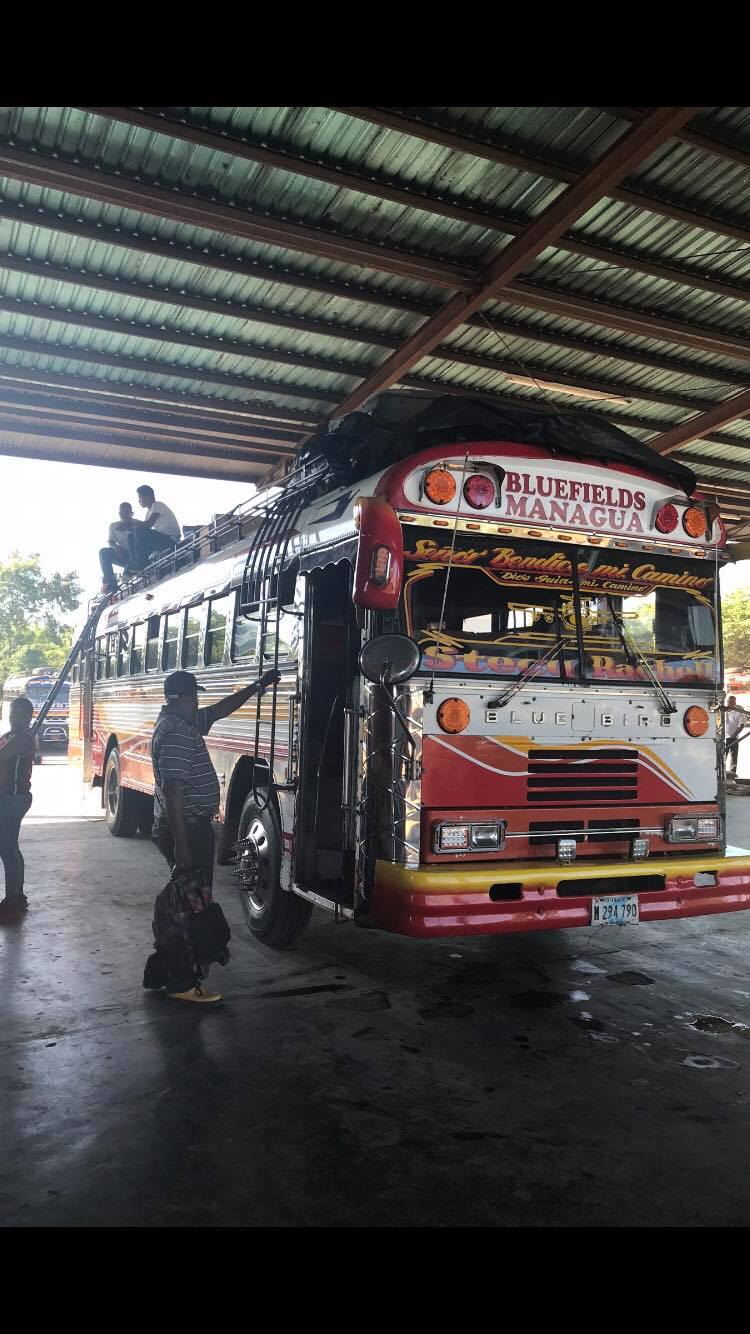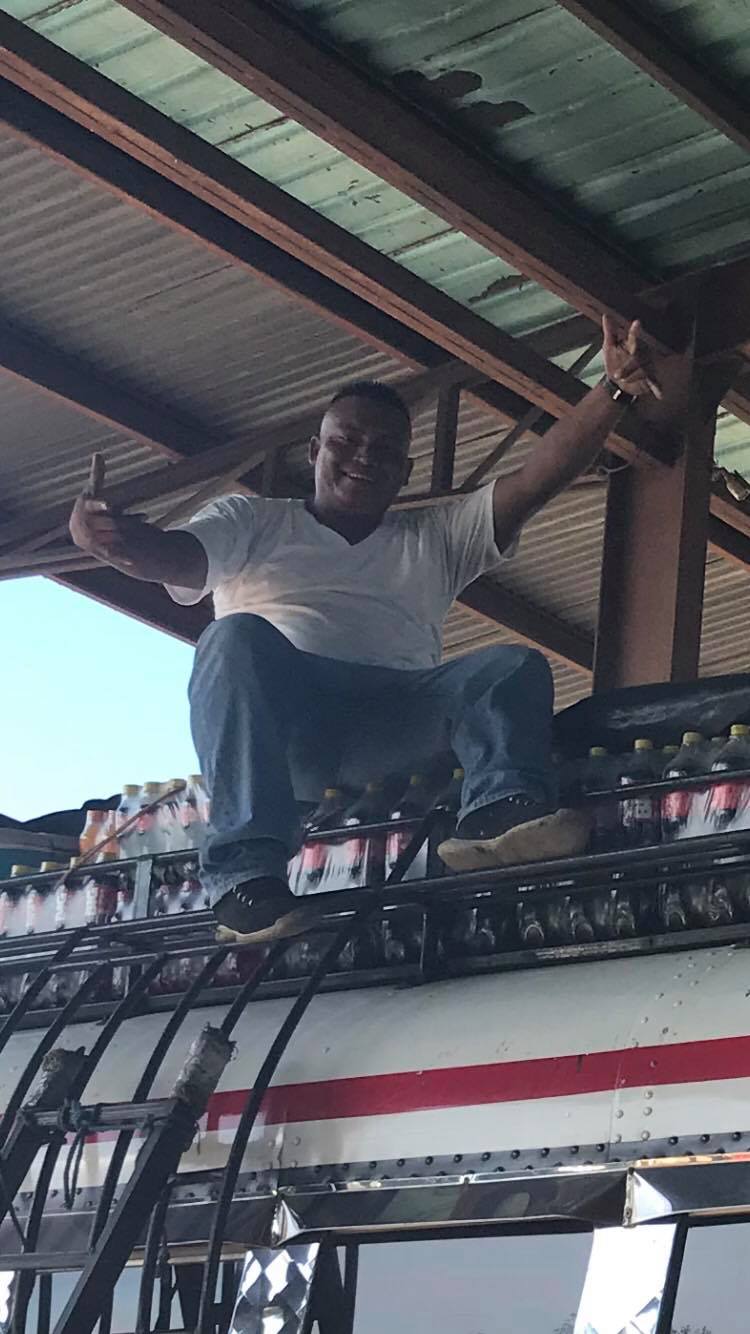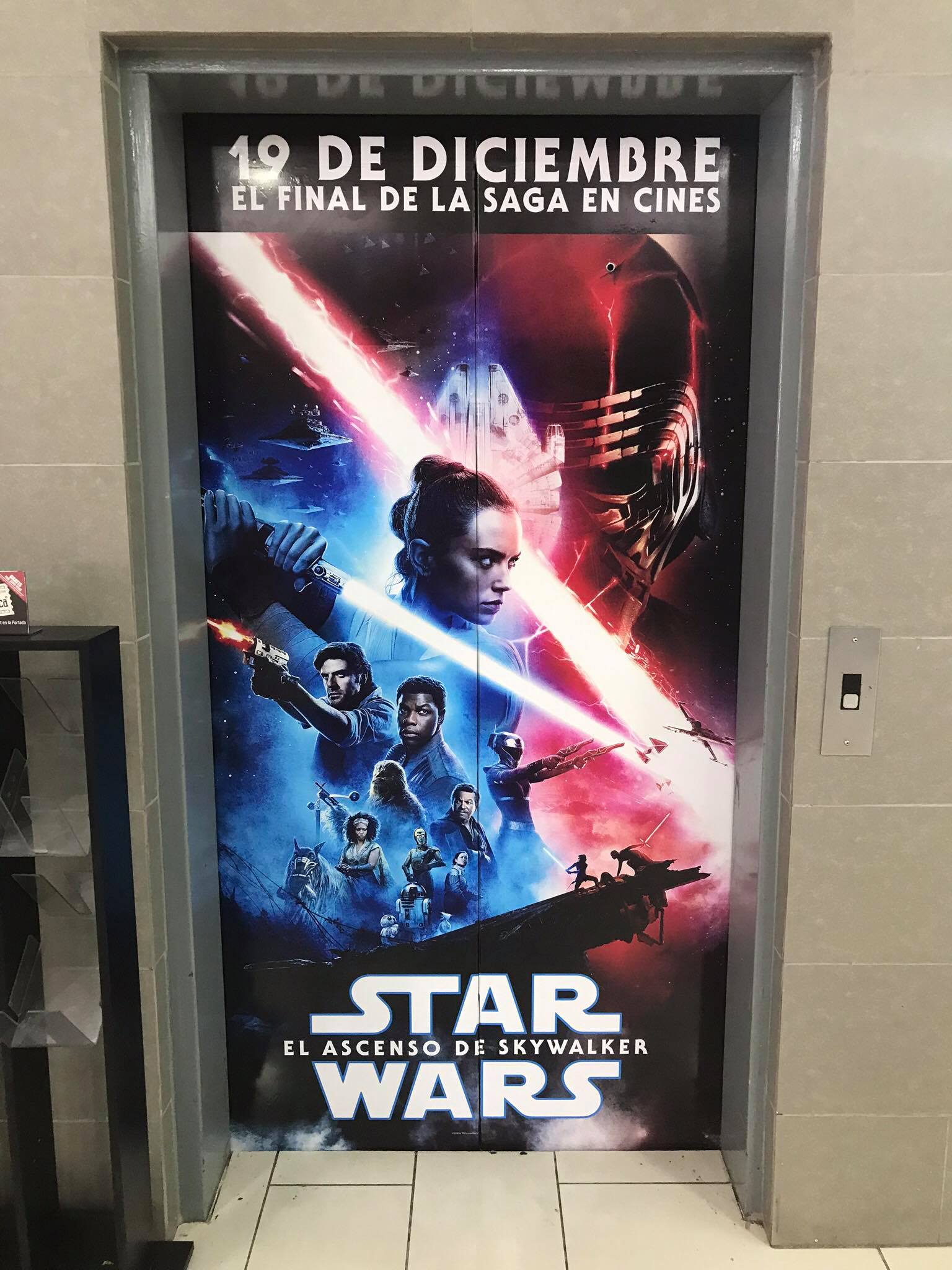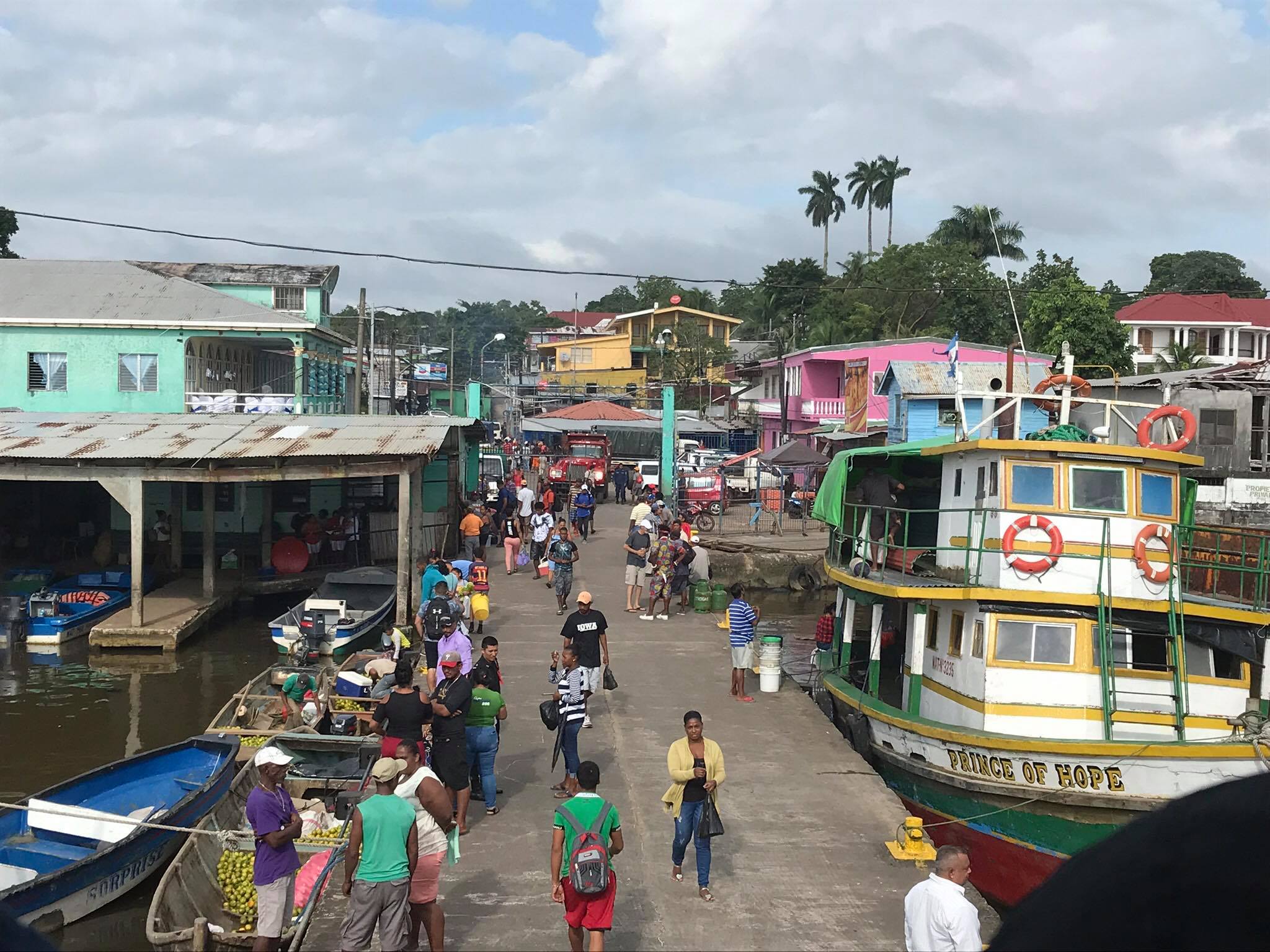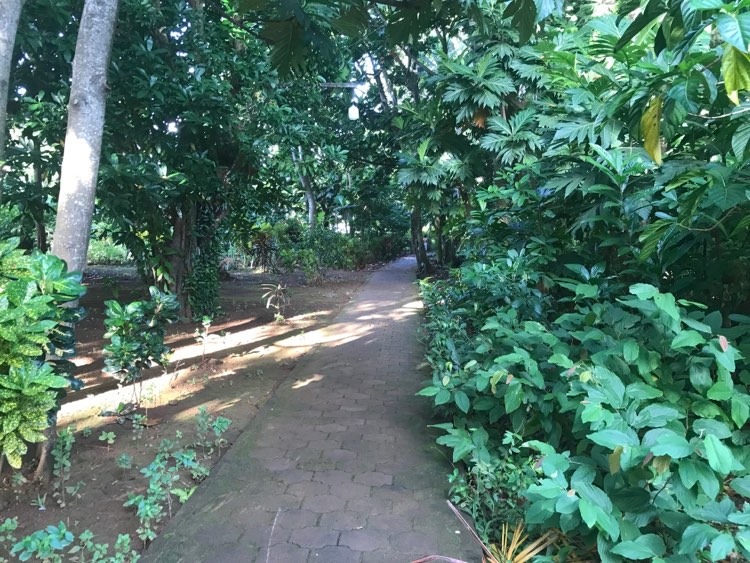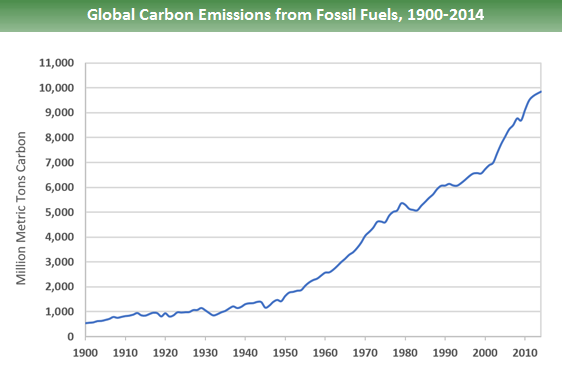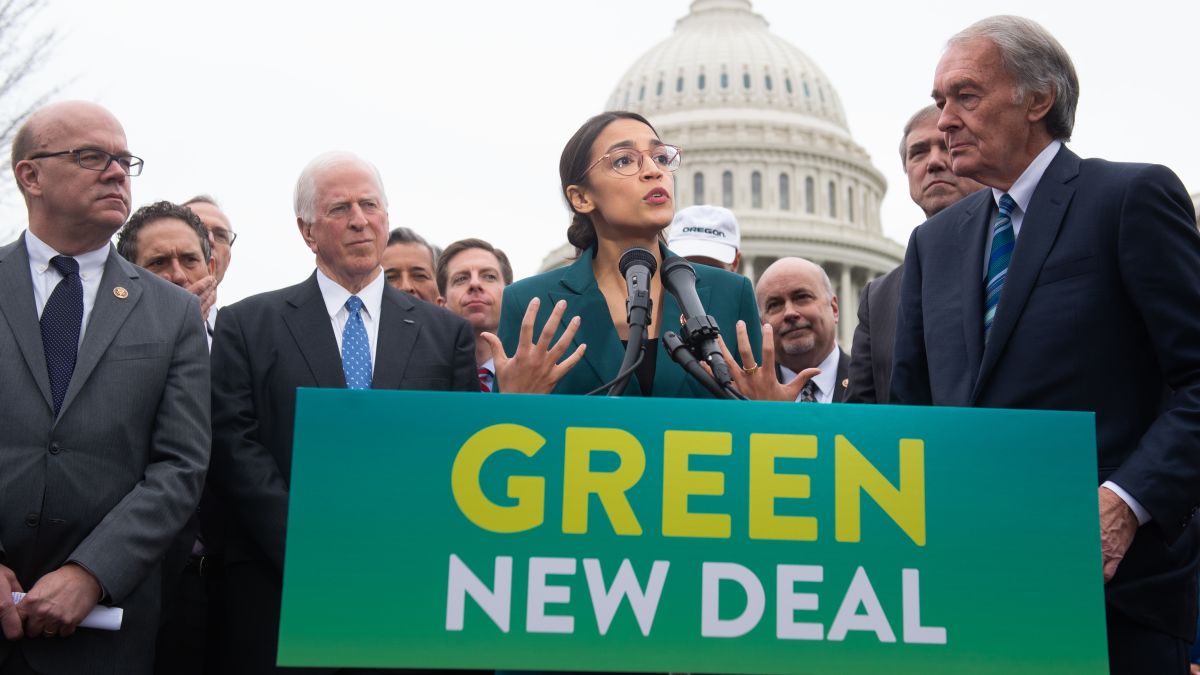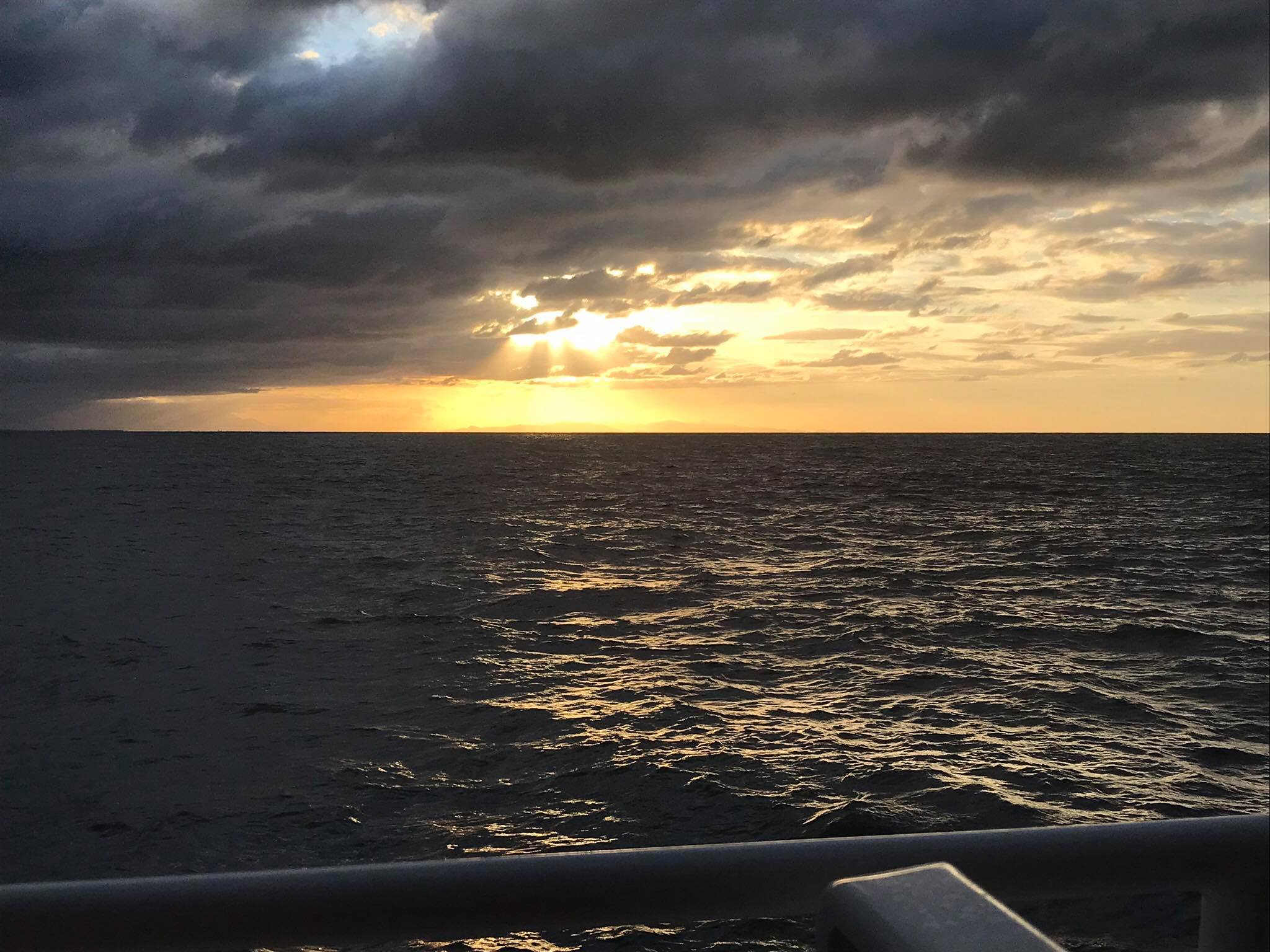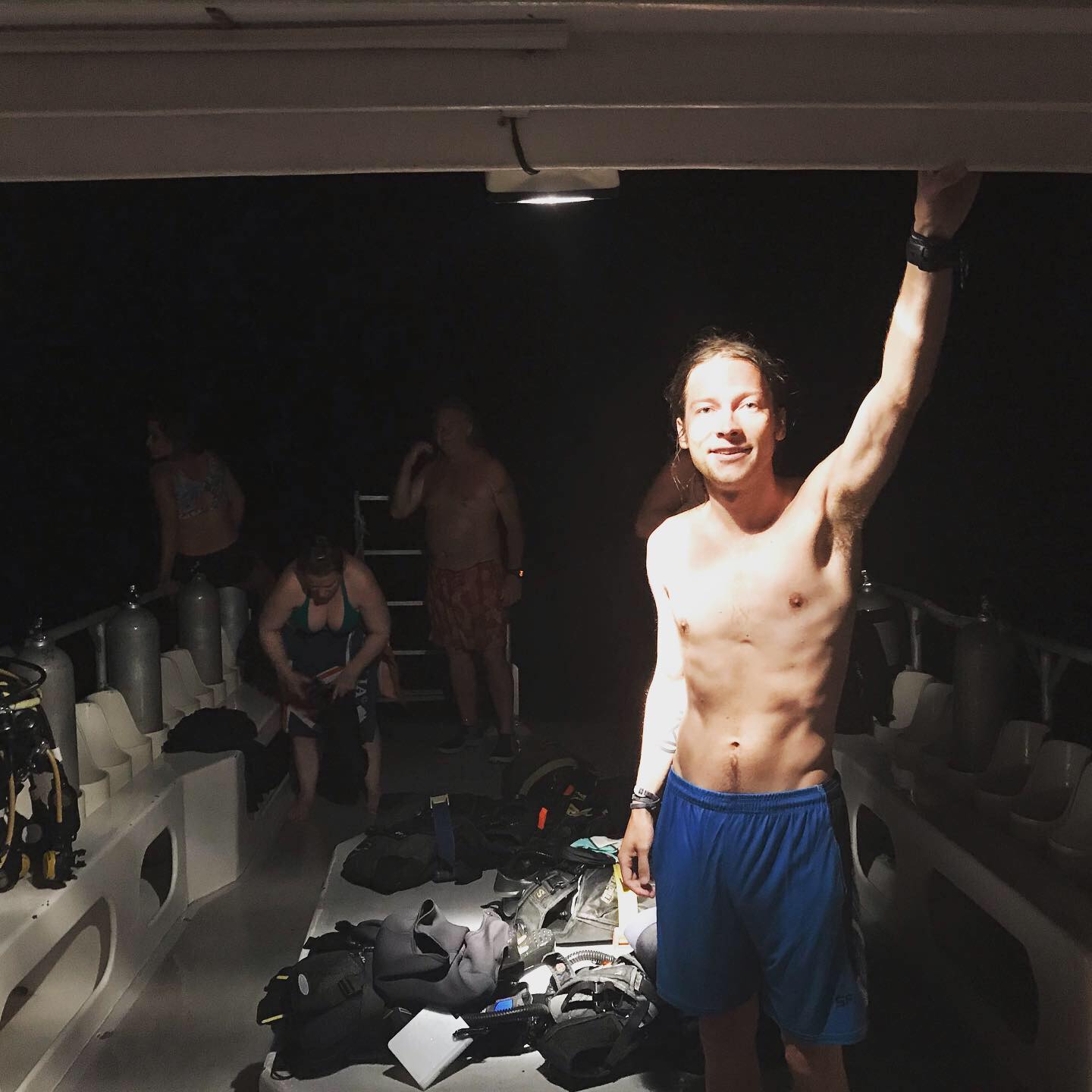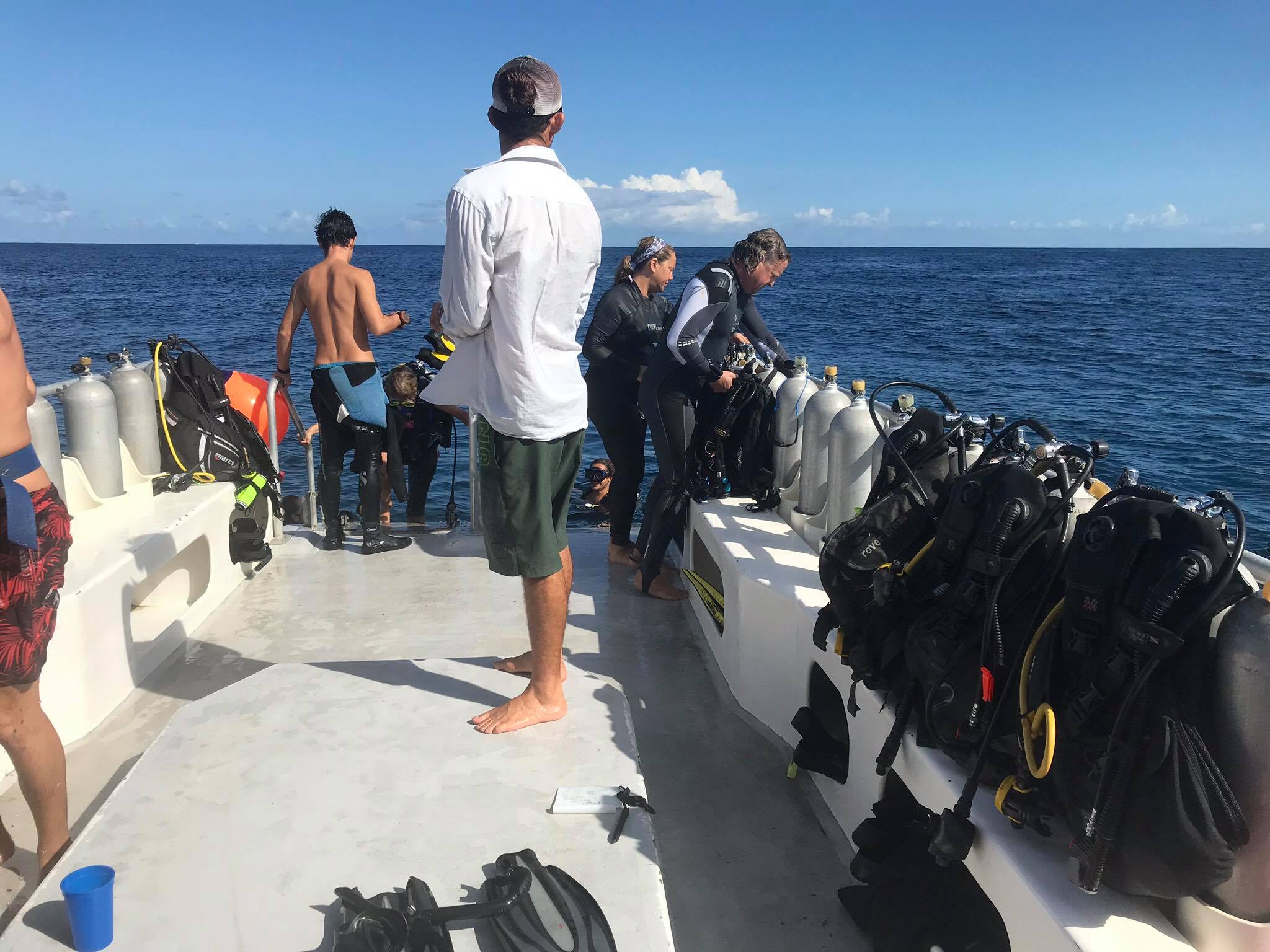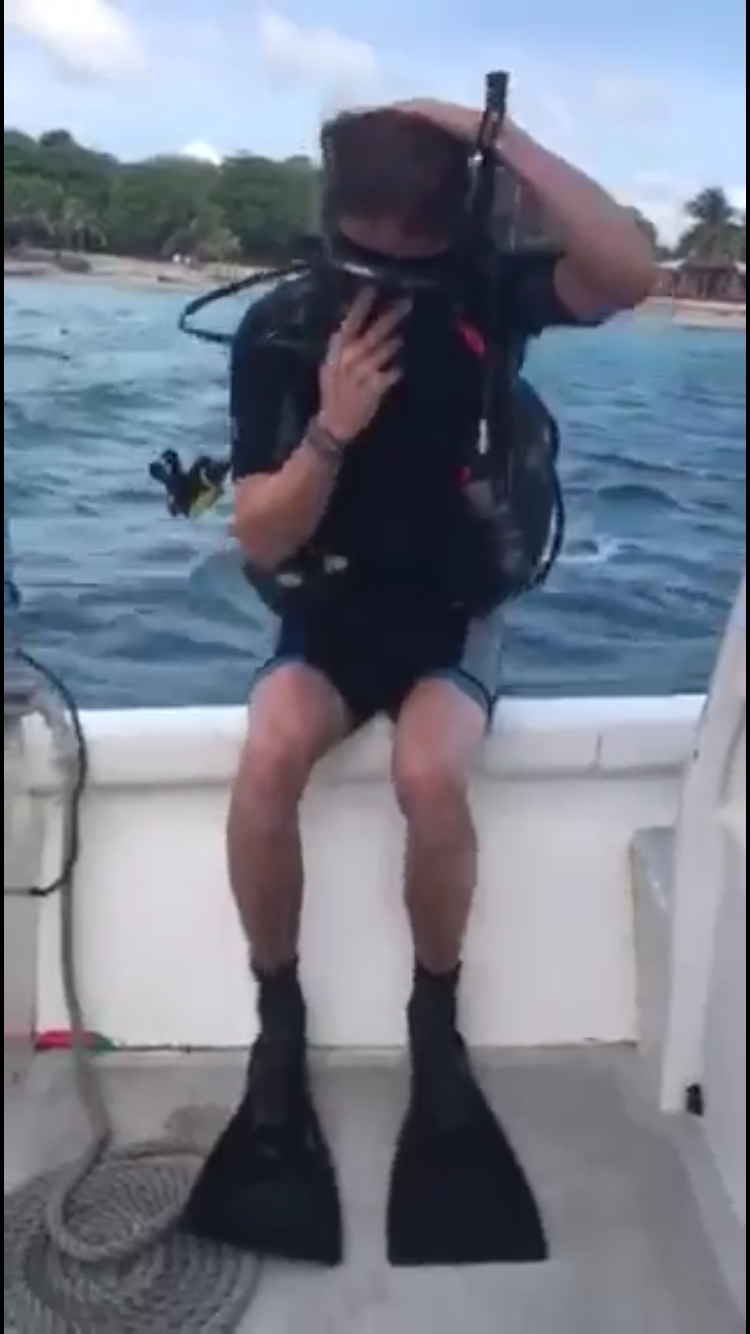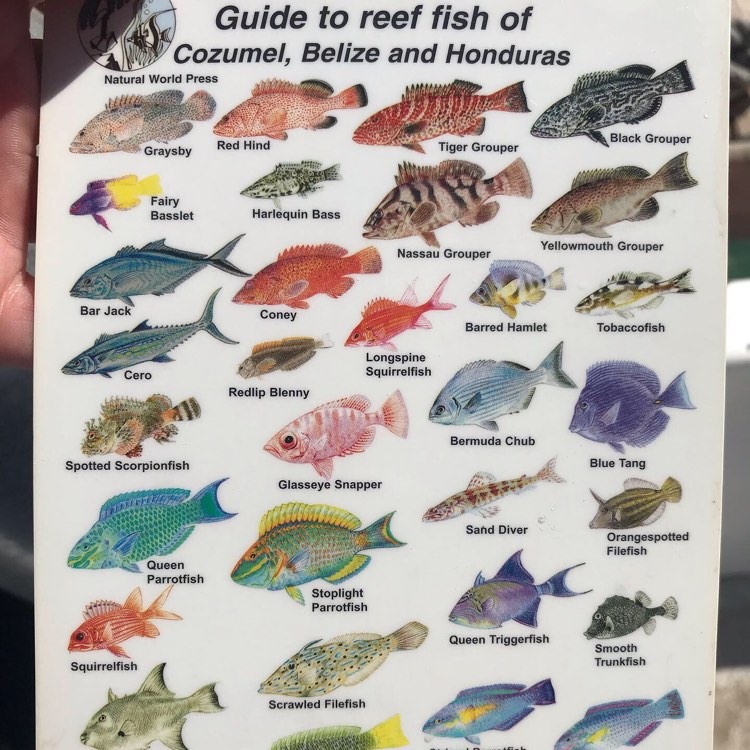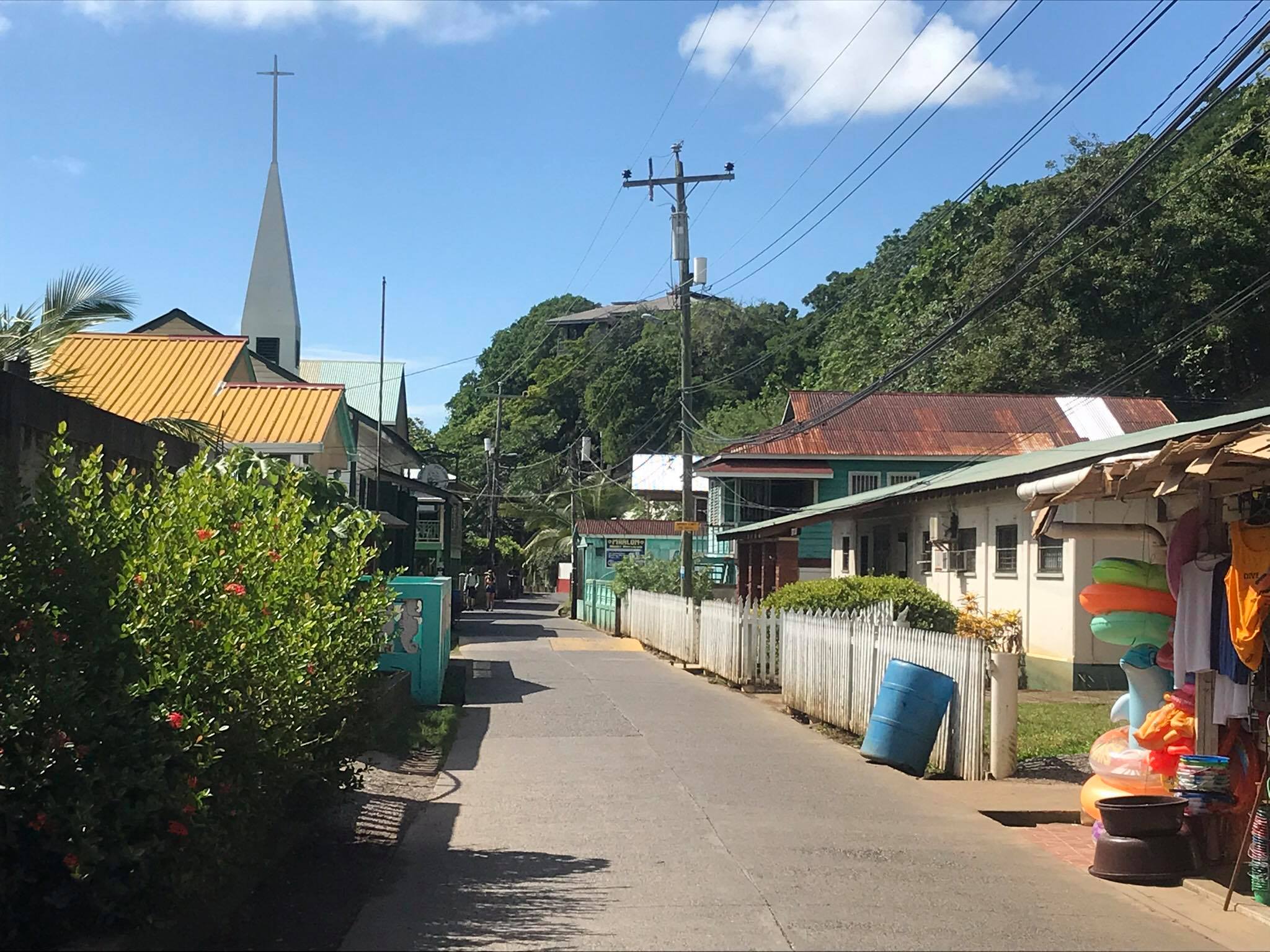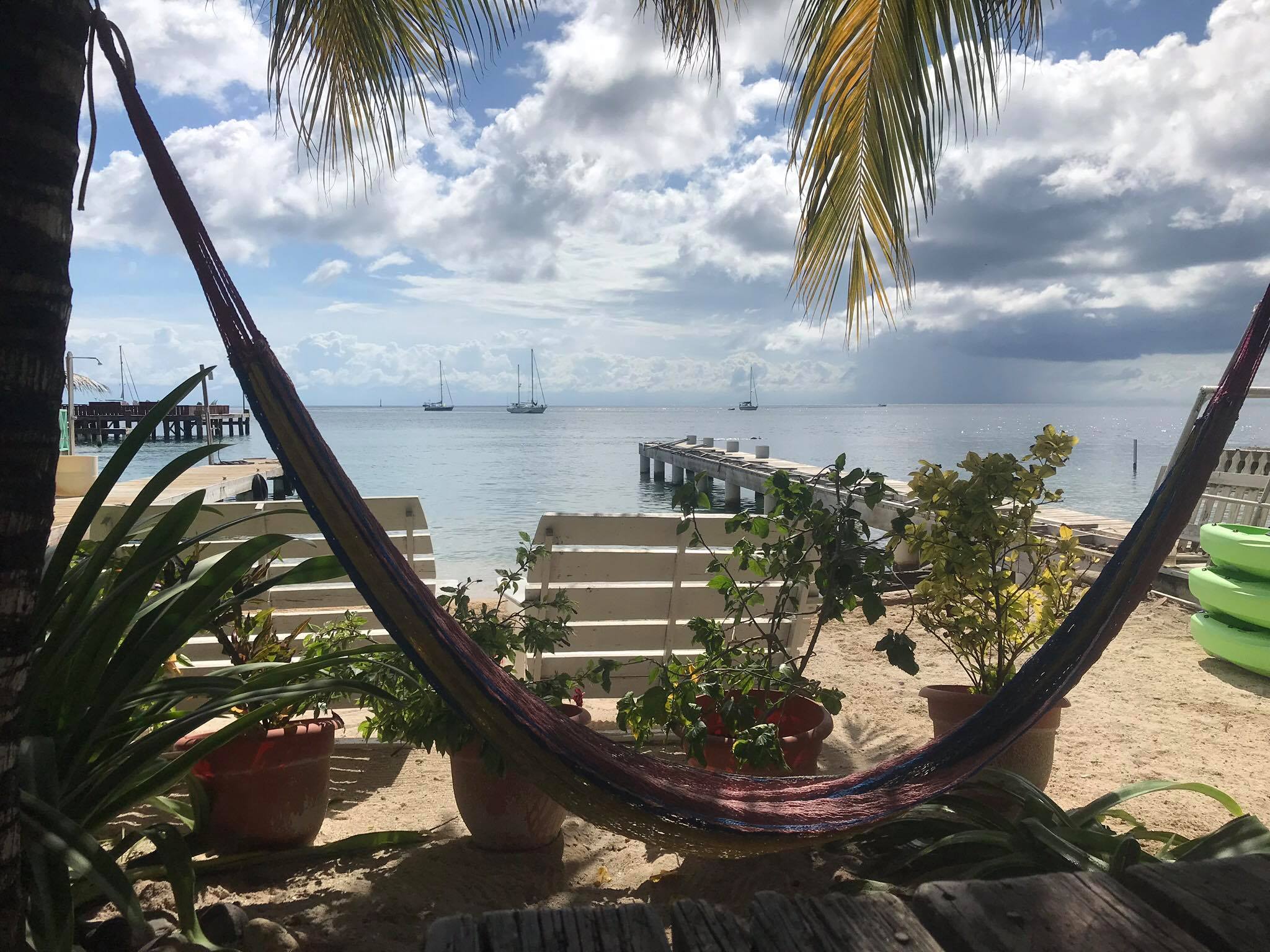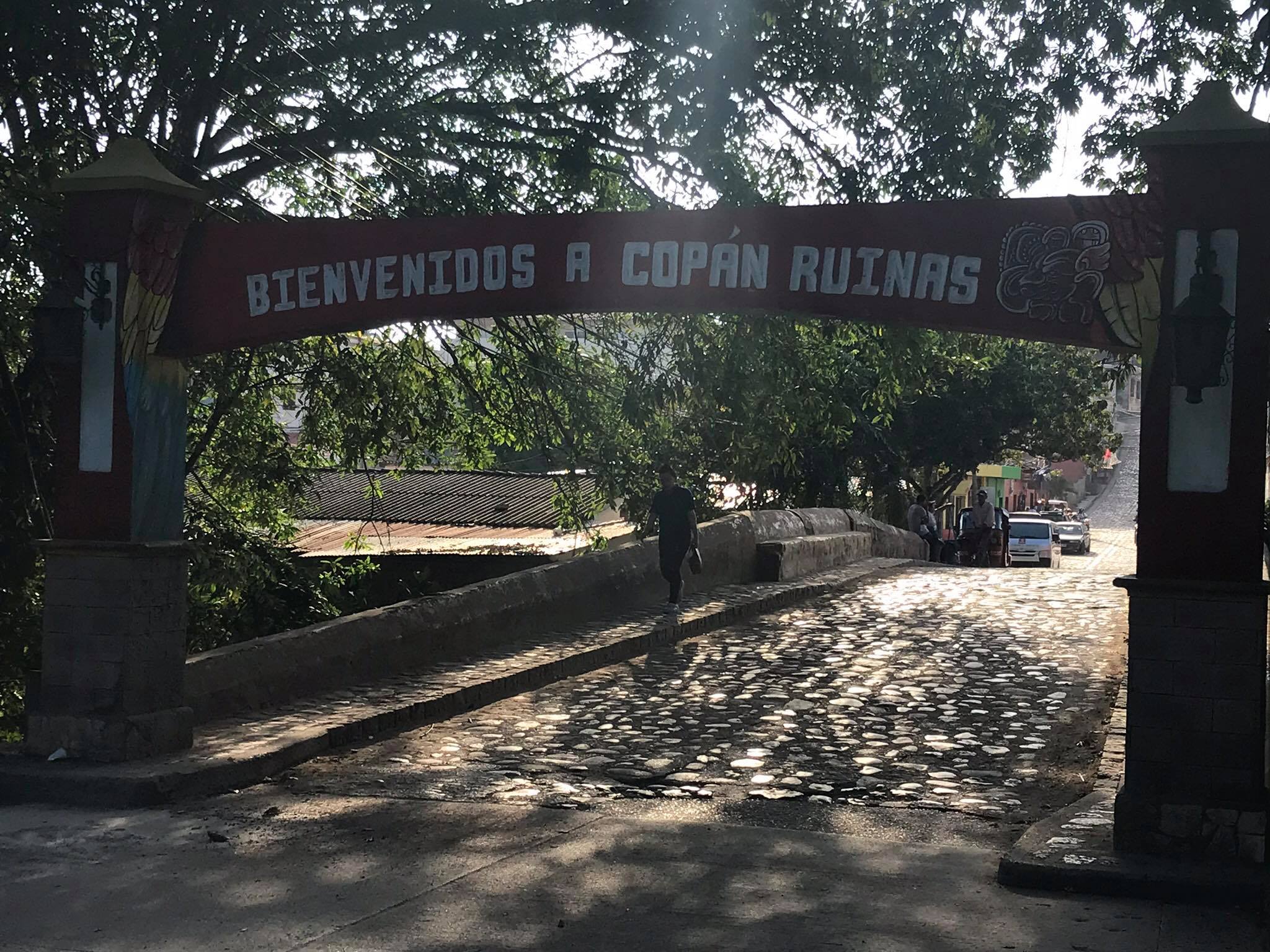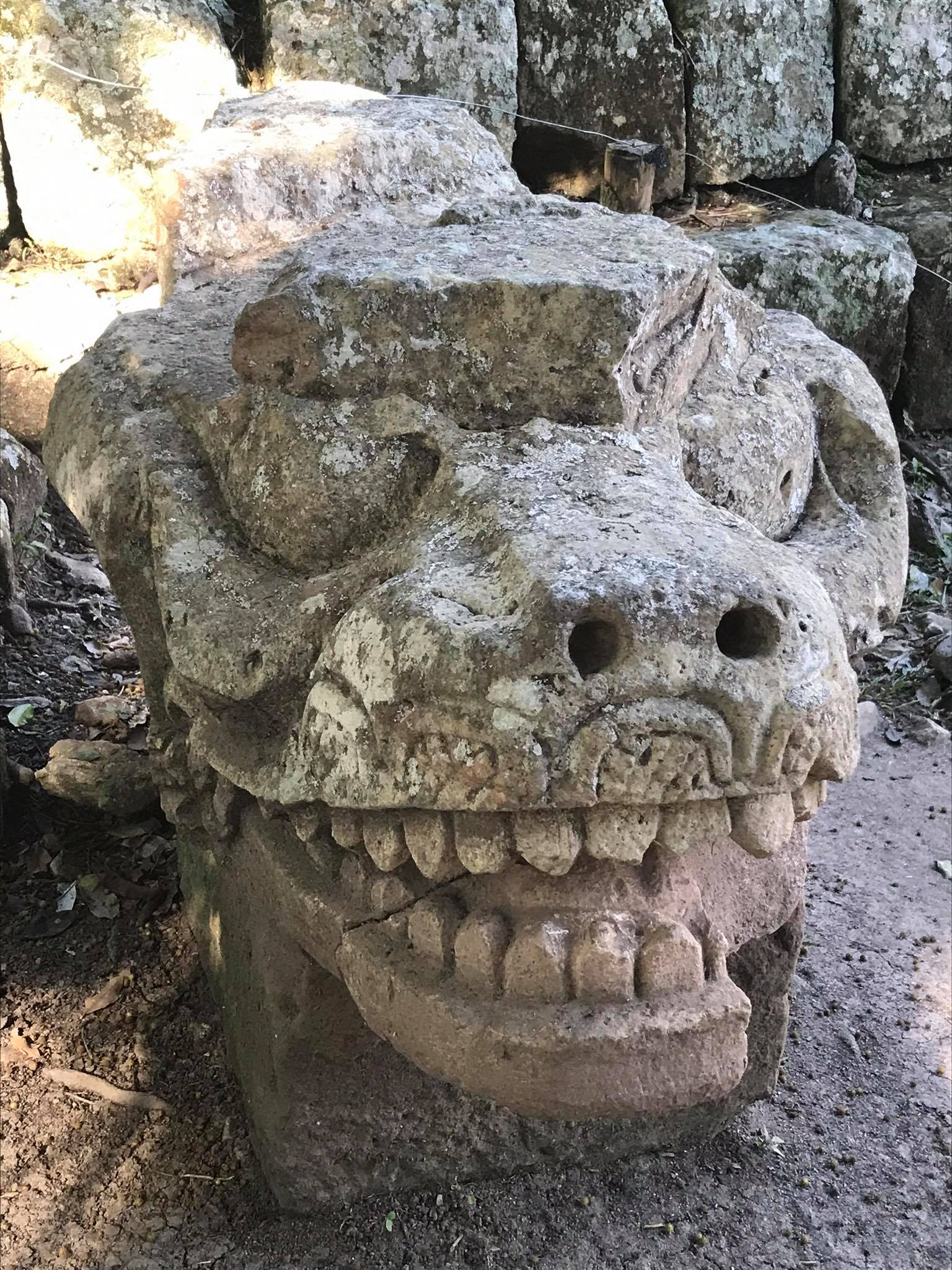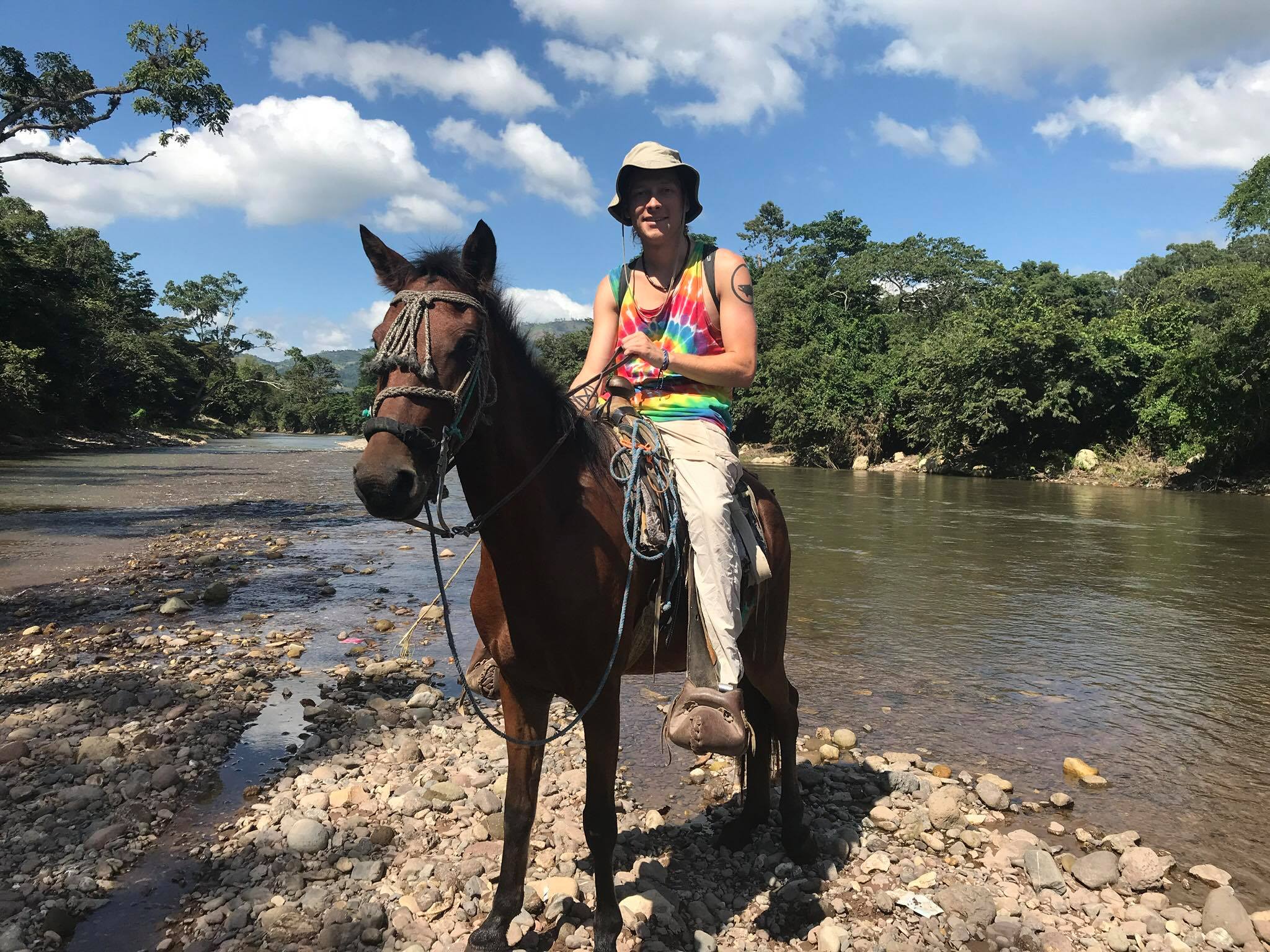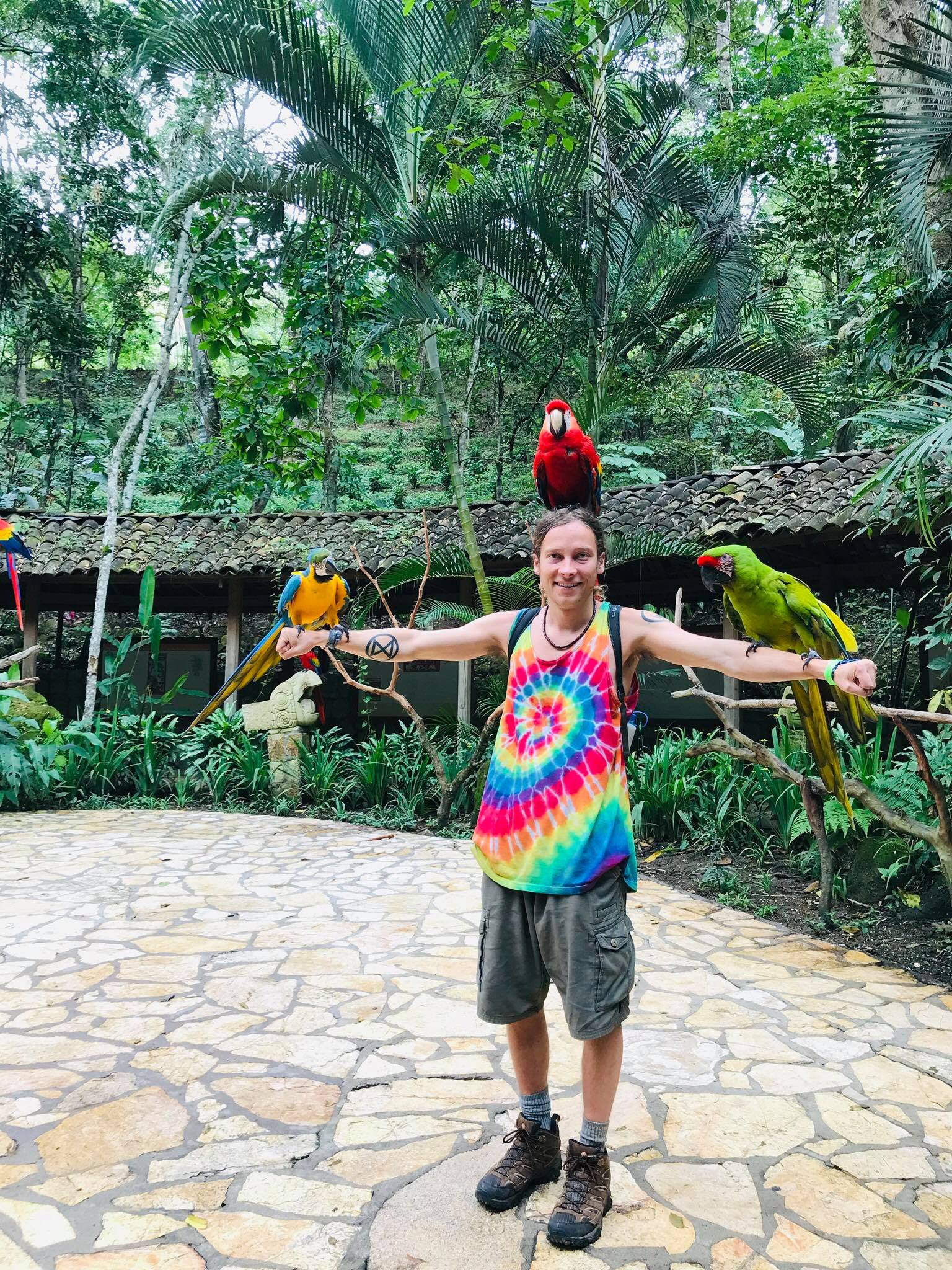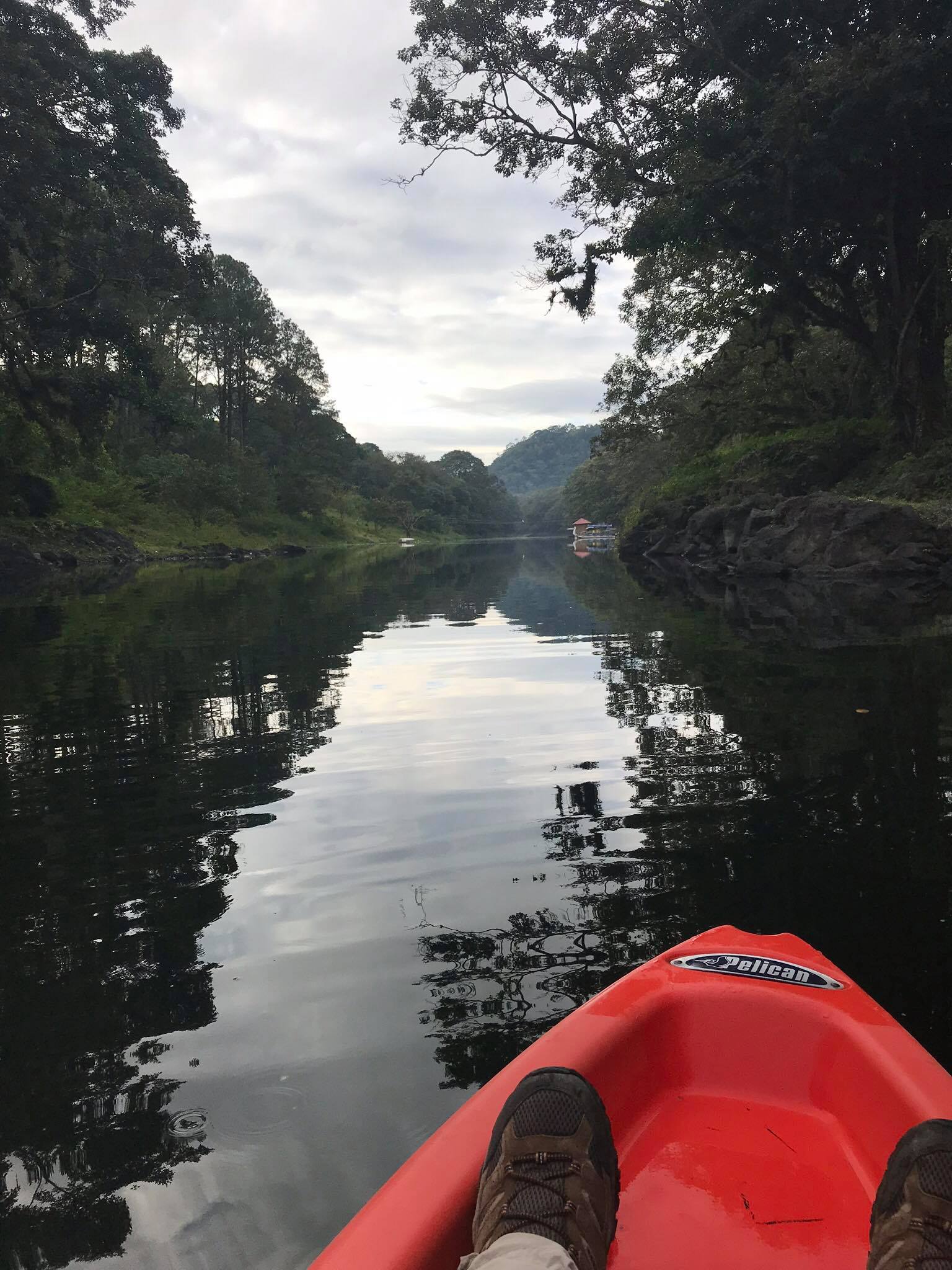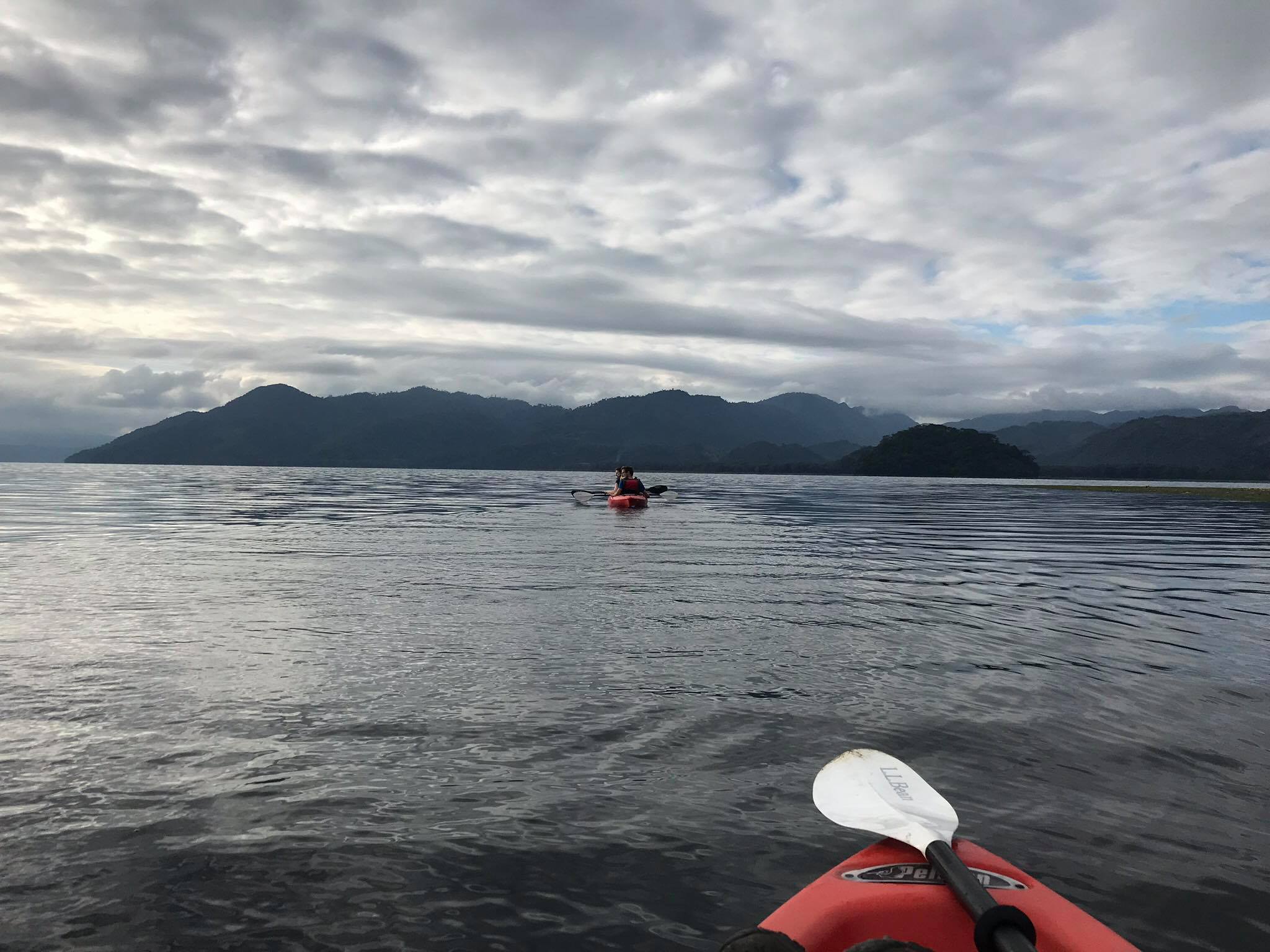This article was originally published in the National Observer.
On September 15-17, hundreds of thousands of people around the world took to the streets demanding an end to fossil fuels and a rapid transition to clean energy sources. This included the March to #EndFossilFuels fast, fair and forever in New York City in the run up to the UN Climate Ambition Summit on September 20. World leaders will be convening in New York to discuss updated plans to reduce emissions and transition to renewable energy.

The meeting takes place during a year of massive climate disruption including record-breaking heat waves, floods and forest fires. The world is currently on track to overshoot the 1.5°C target that was first agreed upon in 2015 by almost every country on earth as outlined in the Paris Agreement, according to the World Meteorological Association. The temperature threshold could be breached by 2027. The need to phase out fossil fuels has never been more urgent.
Organizations are calling on President Biden to:
- Stop federal approvals of new fossil fuel projects and repeal permits of previously approved projects
- Phase out fossil fuel drilling on public lands and waters
- Declare a climate emergency to halt fossil fuel exports and investments abroad and speed up investment in decentralized clean energy sources
- Provide a just transition plan that creates jobs and helps communities and workers
President Biden recently approved two new ‘carbon bombs’, the Willow Oil Drilling Project in Alaska and the Mountain Valley Pipeline in Virginia/West Virginia.

(President Biden approved the Willow oil-drilling project in Alaska in March 2023. The project is expected to release 9.2 million metric tons of CO2 into the atmosphere annually, roughly equivalent to adding 2 million gas-powered cars on the road. Photo: Getty Images, BBC)
It is important that the US lead on this issue, as they are the largest producer of oil and gas in the world. However, Canada is also a major oil and gas producing country, and we need to show leadership as well.
Climate activists are getting more explicit in their demands by specifically calling for an end to fossil fuels, which is good because there are still many governments such as the US, Canada and Australia that live in a delusional world where we can get our emissions down to zero while at the same time approving and subsidizing new fossil fuel projects. Climate action and fossil fuels are inherently contradictory; the vast majority of CO2 emissions in Canada and around the world come directly from producing or burning fossil fuels.
Justin Trudeau for instance attended the Global Climate Strike in 2019 in Montreal, but he was called out for his governments’ approval of the Trans Mountain pipeline.

(Justin Trudeau at the Global Climate Strike in Montreal in 2019. He was criticized for attending the rally despite having recently approved the Trans Mountain pipeline. Photo: CBC)
Fossil fuel companies have desperately tried to convince the public and governments that they are apart of the solution so they can continue to make billions in profit as the climate crisis continues to get more serious. This is despite the fact that renewables continue to make up only a slight portion of their portfolios compared to hydrocarbons. They have also been pedalling the idea of carbon capture and storage, which is more a lifeline for industry than it is a real climate solution.
Not only has carbon capture and storage not been effective in preventing a large amount of emissions from being released into the atmosphere to date, but it only deals with one side of the issue- production. The majority of emissions from fossil fuels come from combustion when the fuel is burned in engines or factories to power our cars and infrastructure. In Canada we export a large amount of our oil and gas to the US, meaning we ship our emissions away as well.

(The oil and gas sector is the largest source of CO2 emissions in Canada. Photo: Jason Franson, The Canadian Press)
The movement to phase out fossil fuels has been gaining traction over the world. To date 6 nation states, 2150 civil society organizations, 89 cities and subnational governments and 623,178 individuals have endorsed the Fossil Fuel Non-Proliferation Treaty (FFNPT). The FFNPT is important as up until very recently climate agreements failed to mention fossil fuels at all, and the language around fossil fuels in the newest climate agreements are incredibly weak and unenforceable.
A fossil fuel-free world is possible and within our grasp. We can free ourselves of our reliance on fossil fuels by investing in climate solutions like clean energy, public transit and energy efficiency. It’s not too late to stabilize the earth’s climate and create a world where air pollution, oil spills and environmental degradation are history.
To receive new posts directly to your inbox make sure to subscribe to this blog.





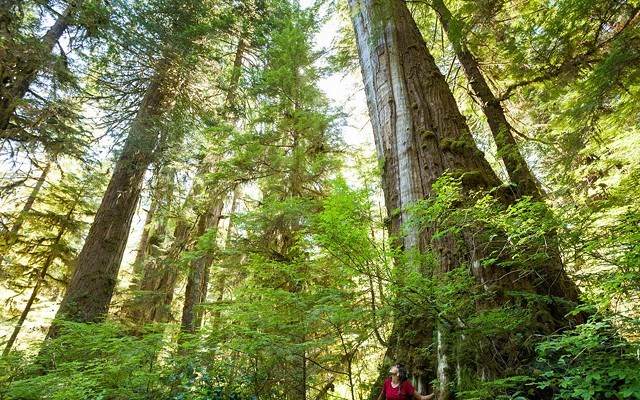
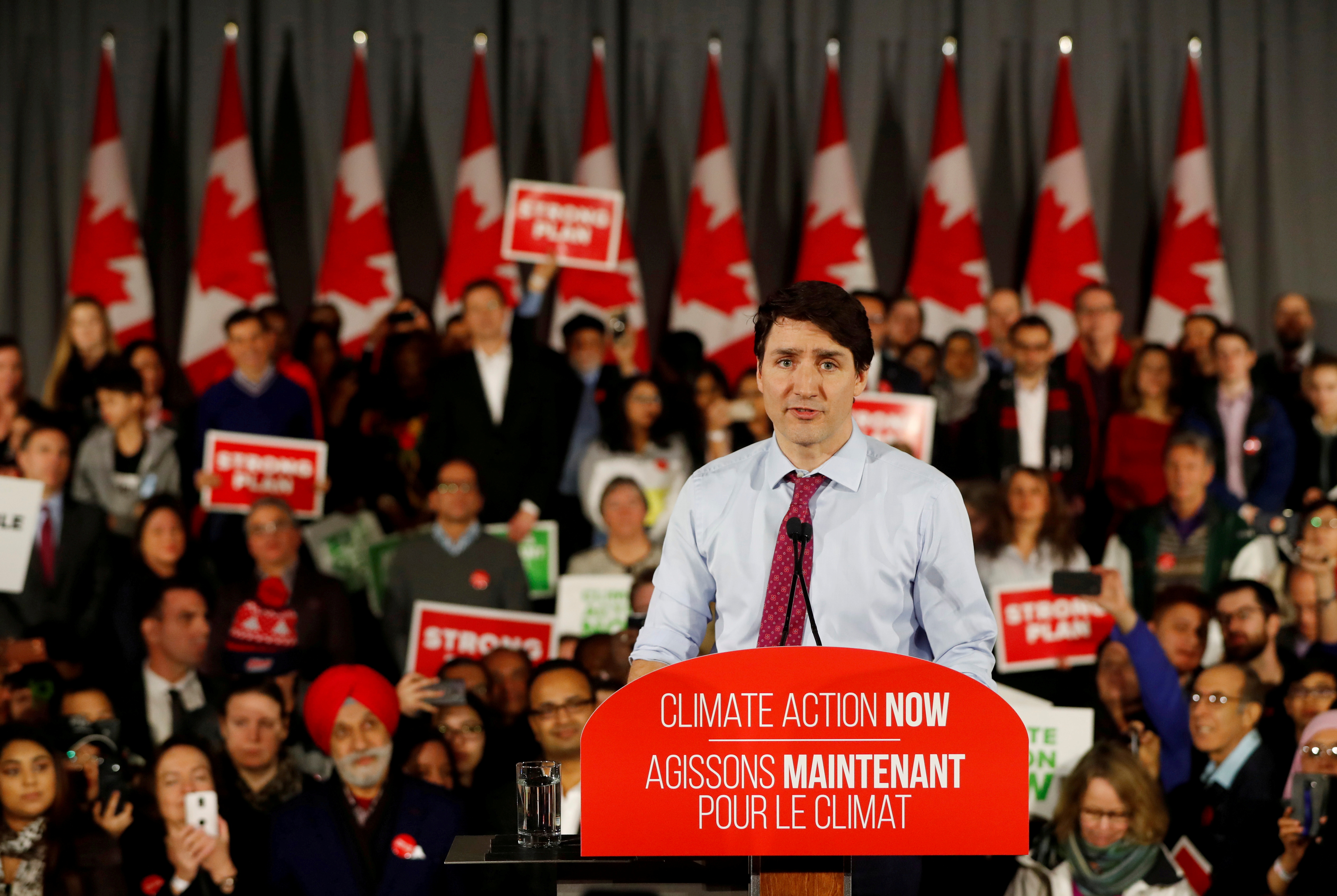

/cdn.vox-cdn.com/uploads/chorus_image/image/55614127/rooftop_solar.0.jpg)


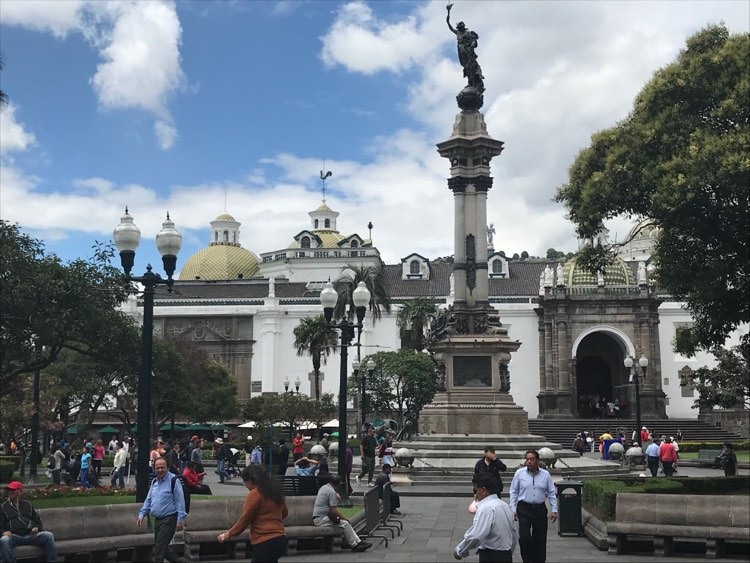


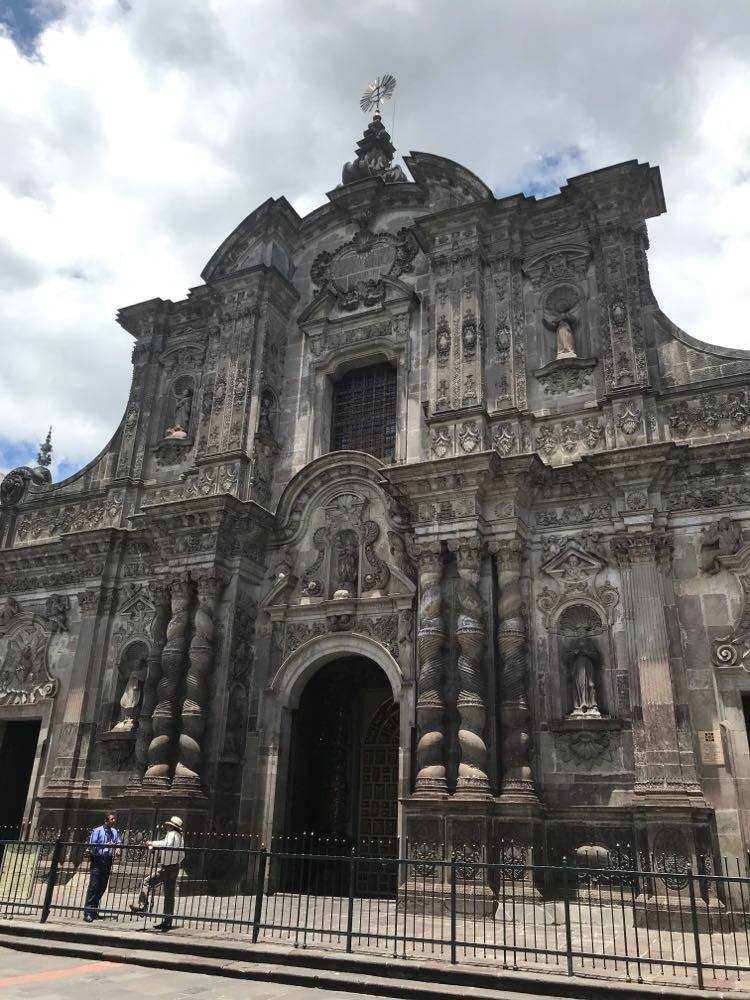
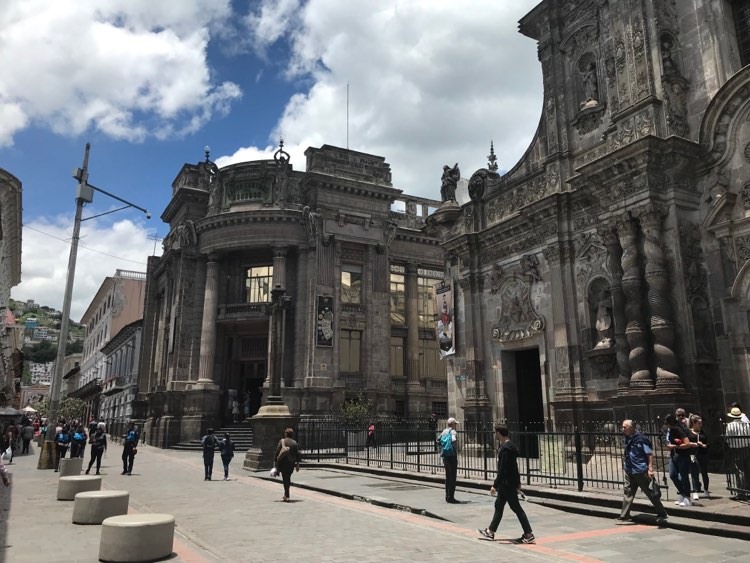

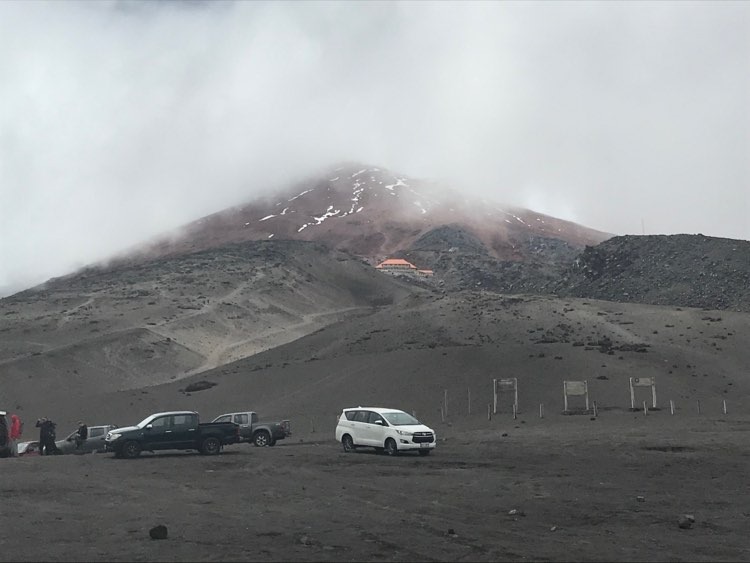
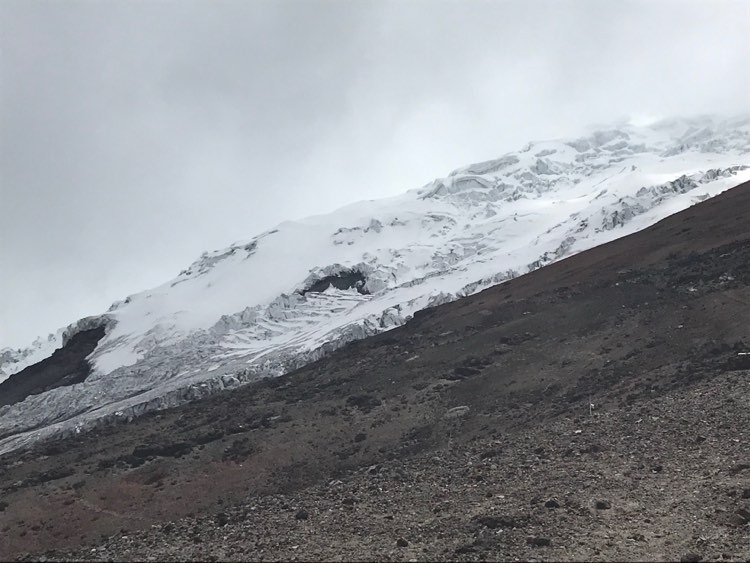
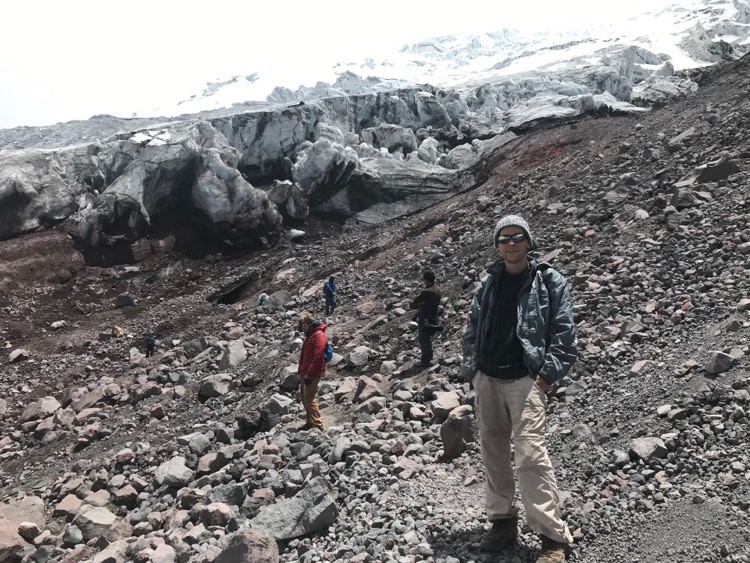

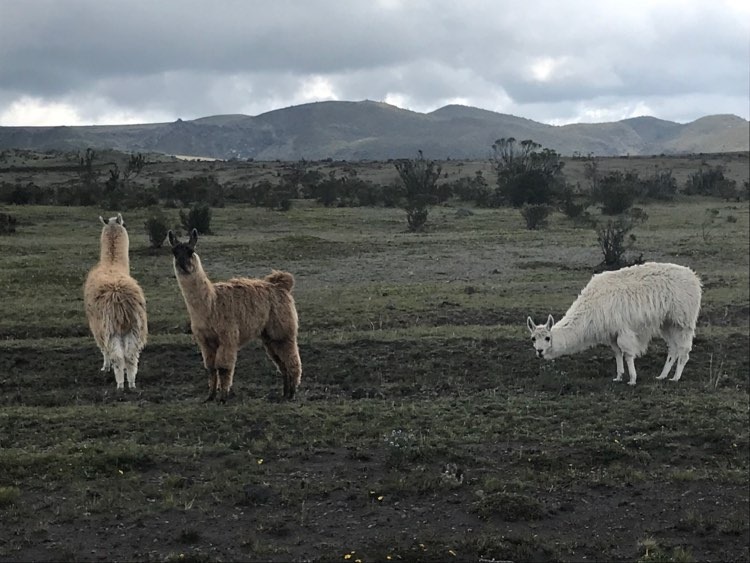
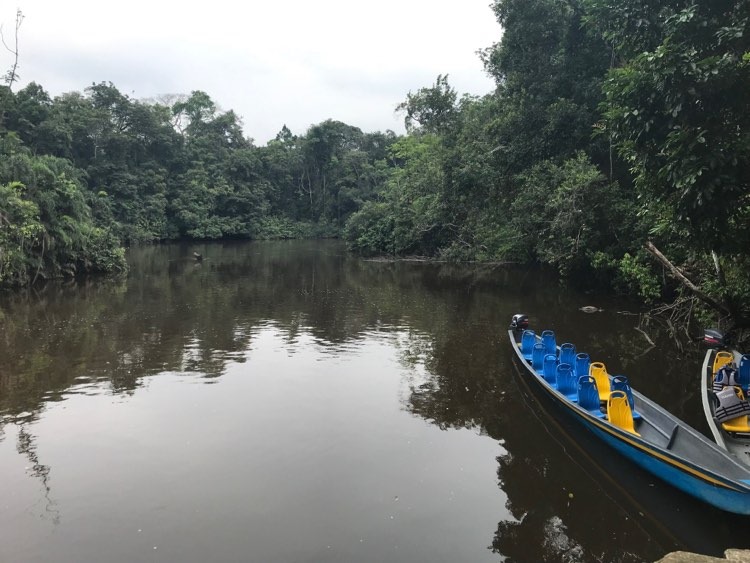


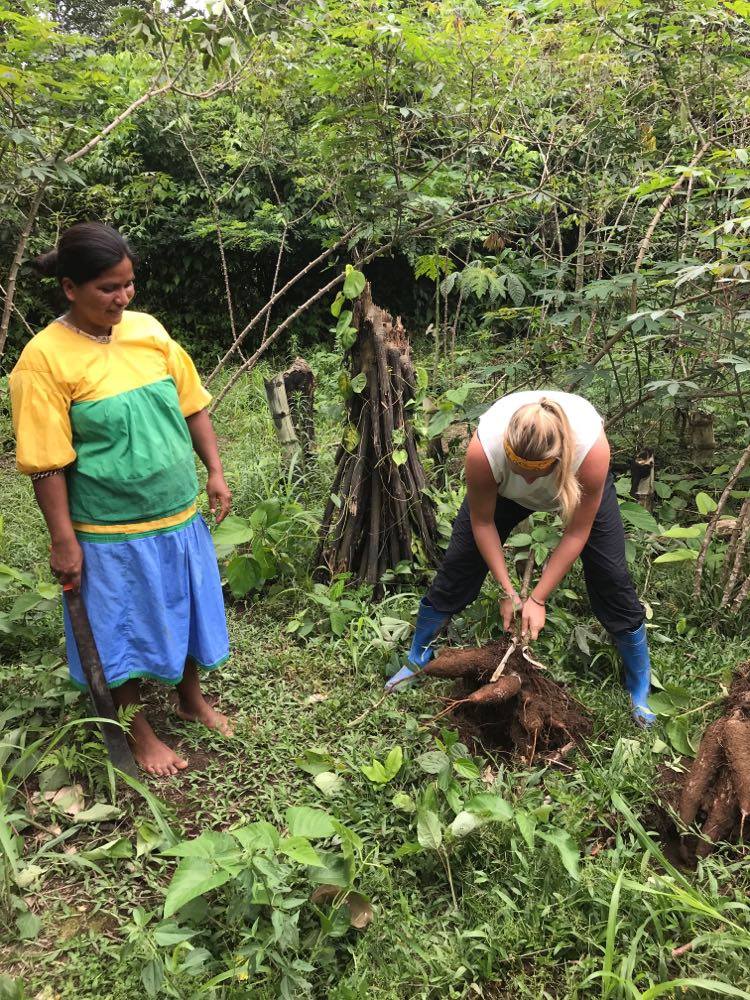
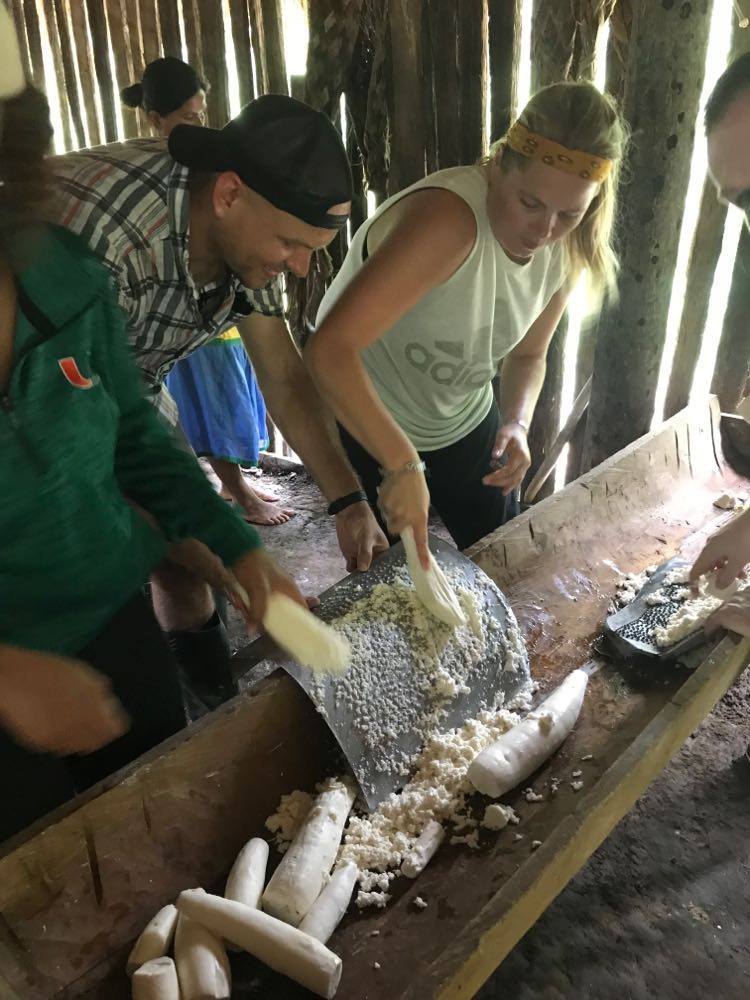
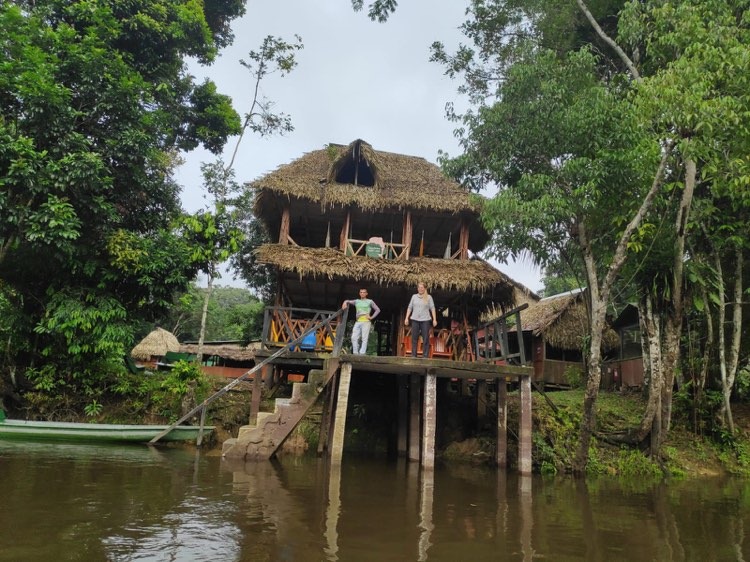



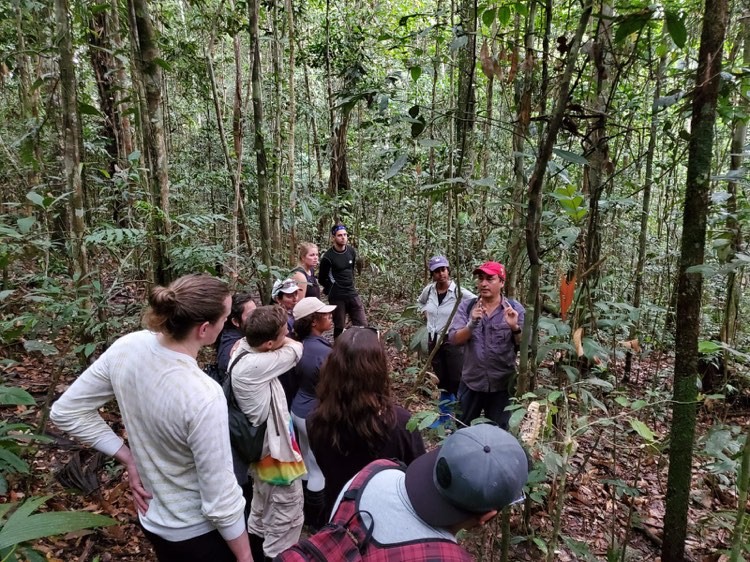
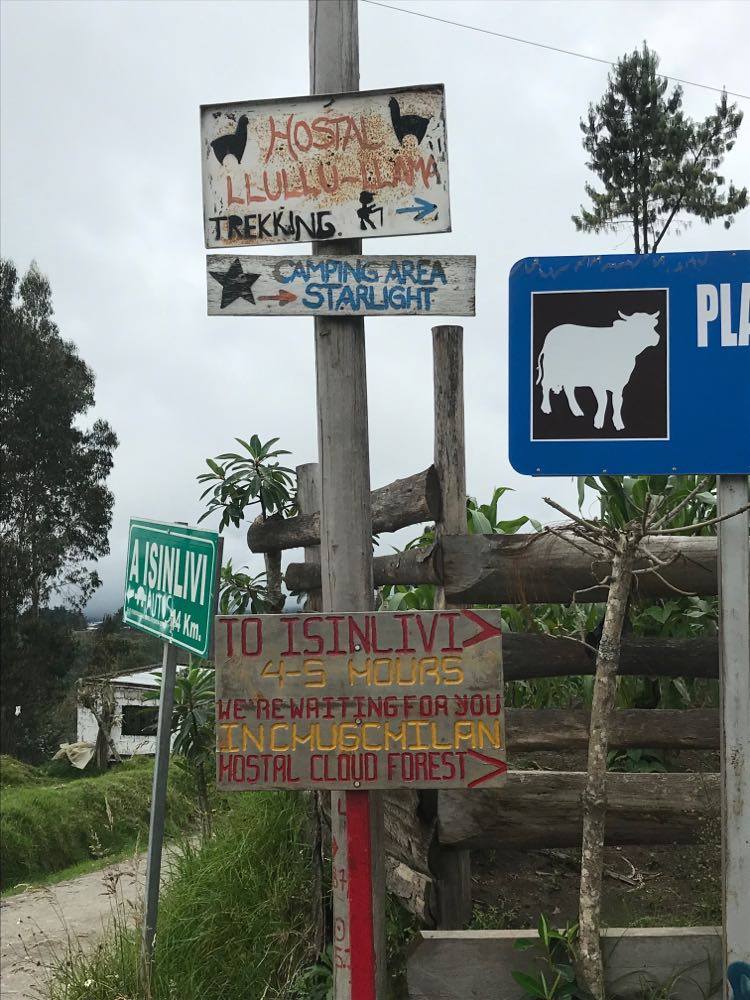
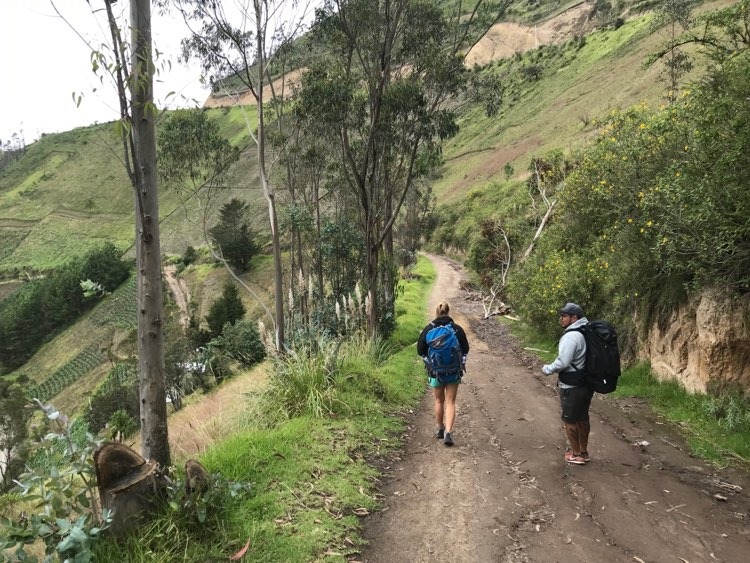


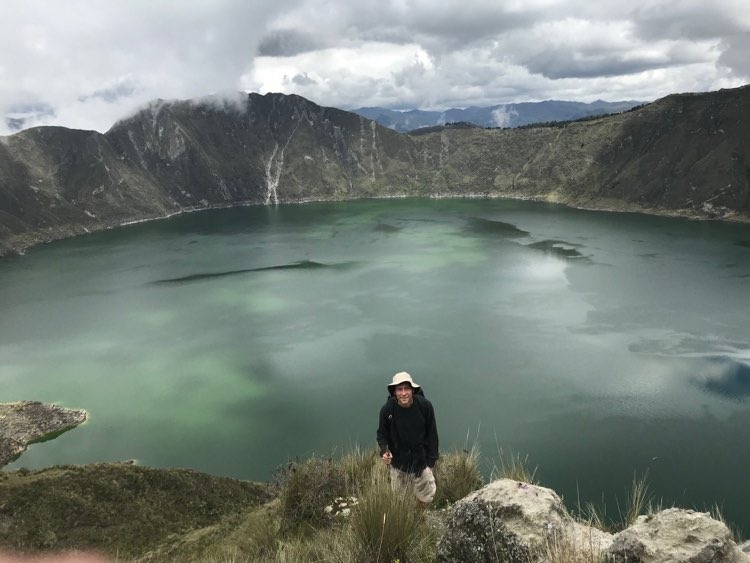


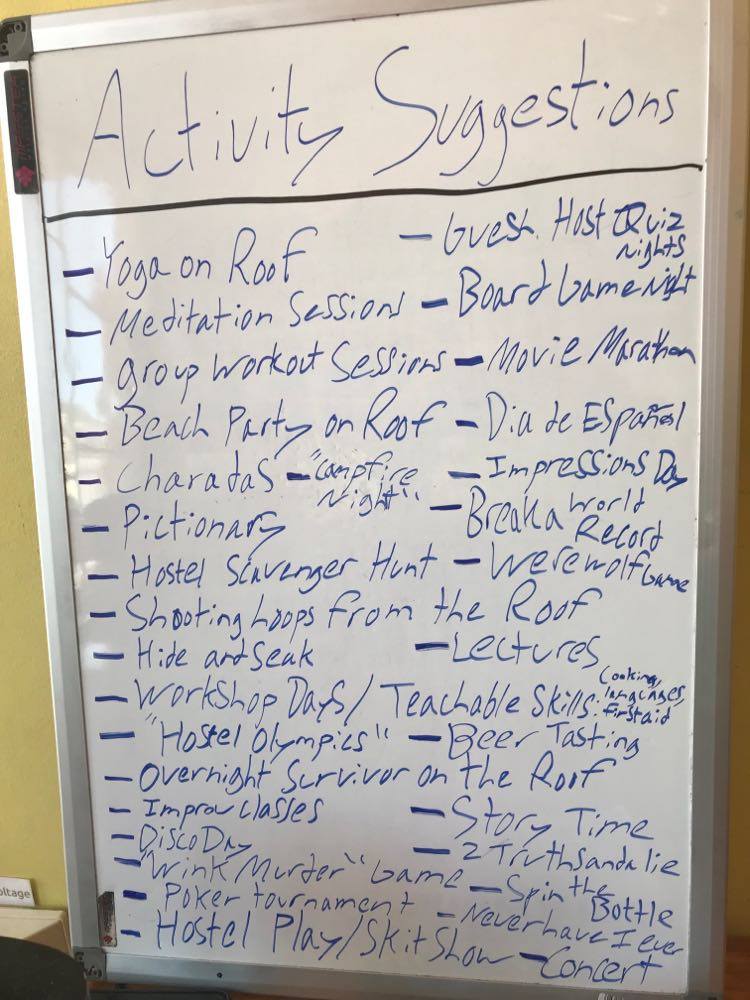


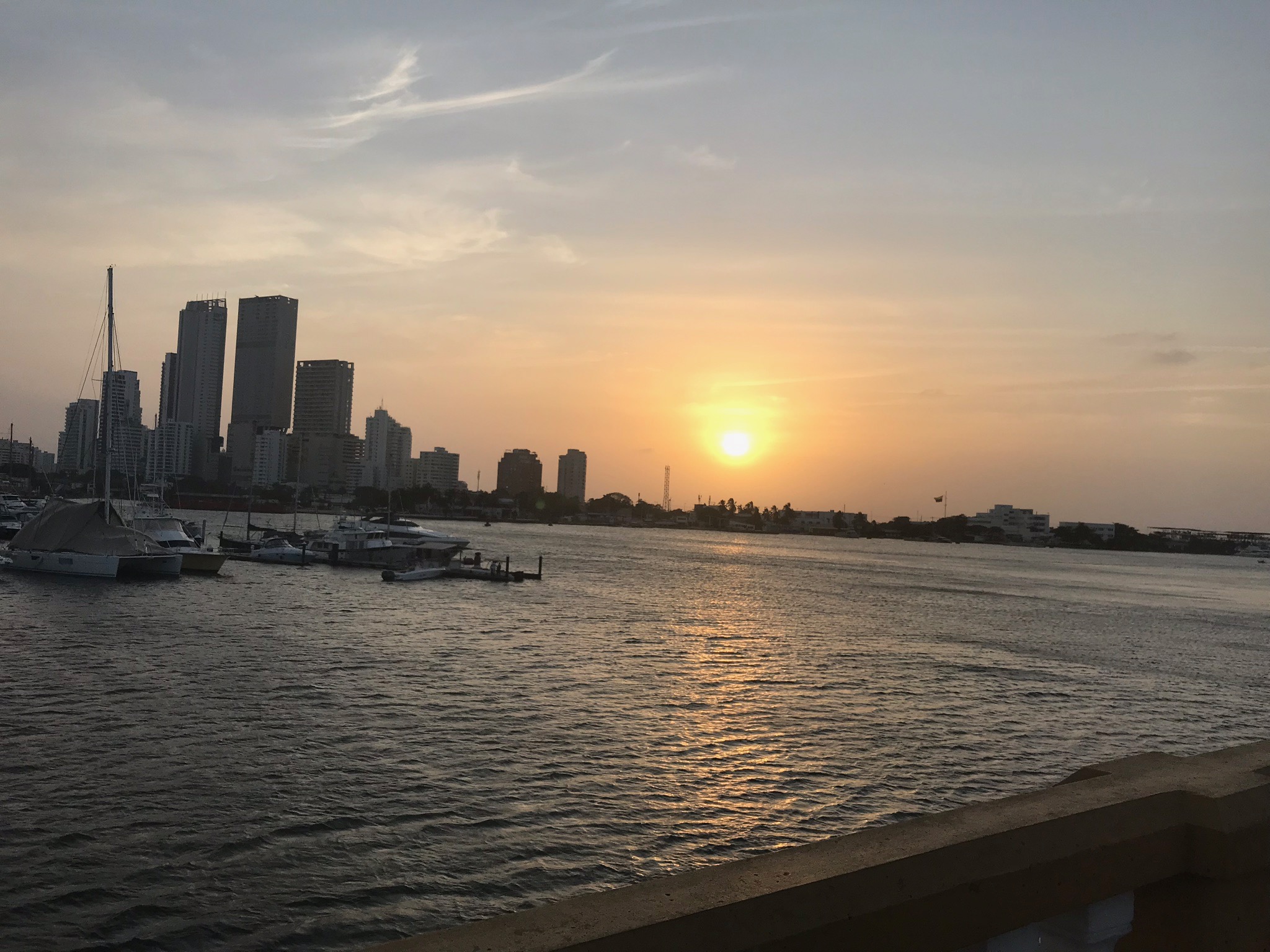
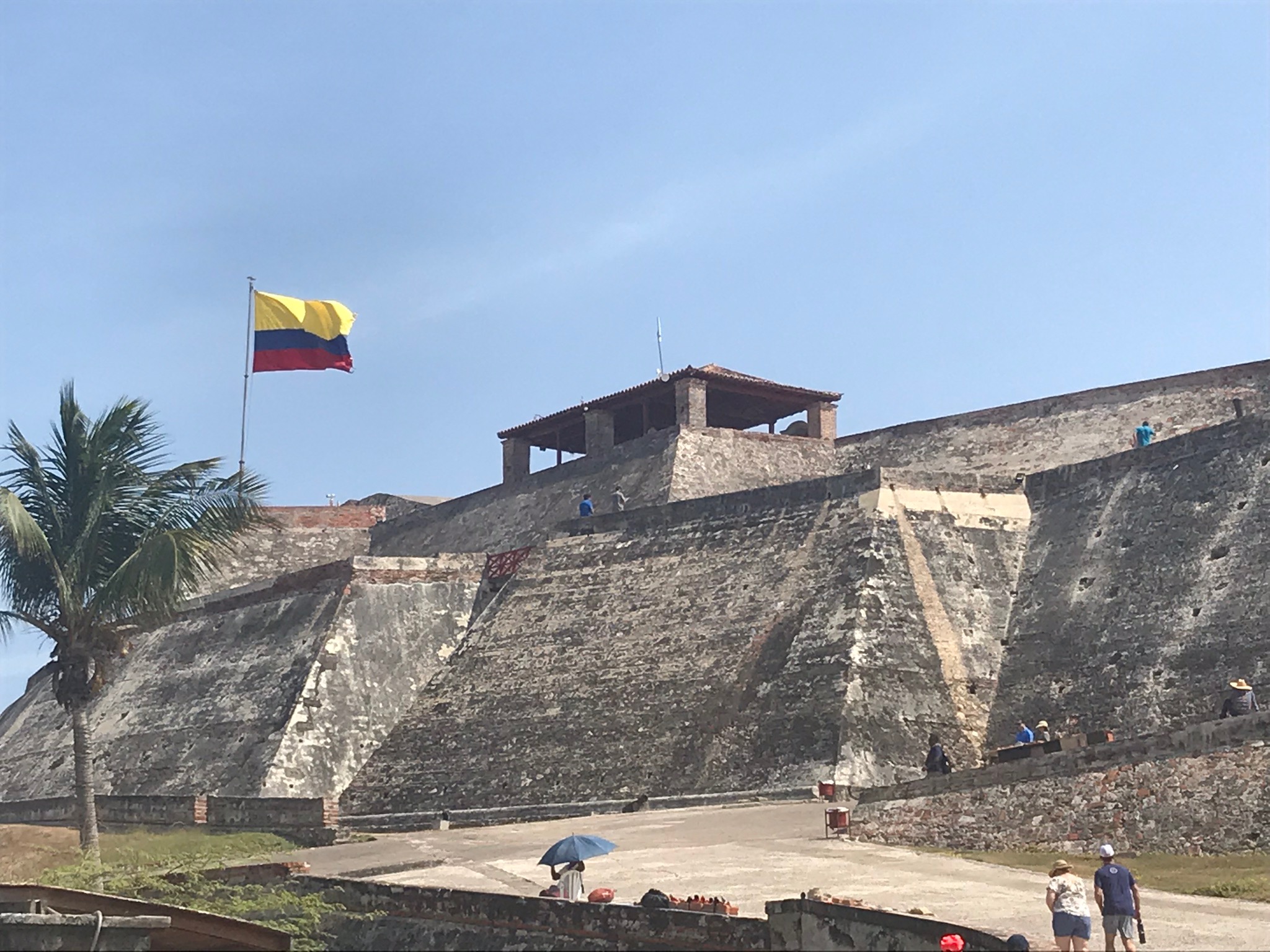
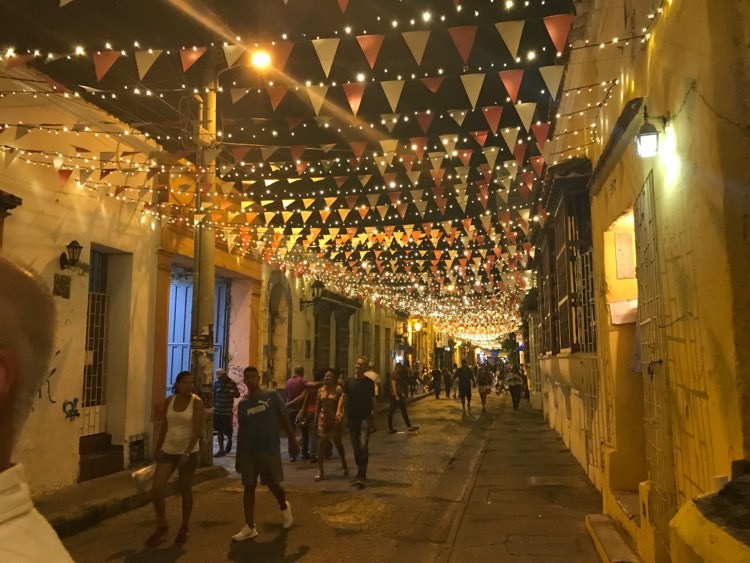
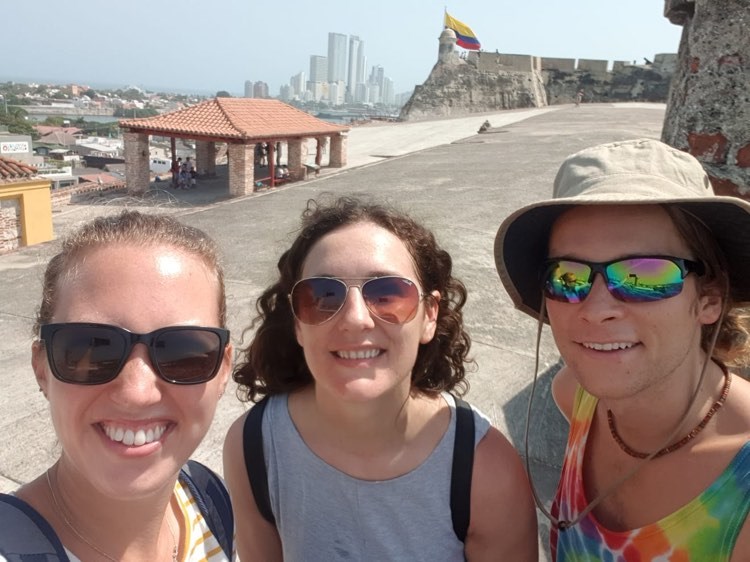
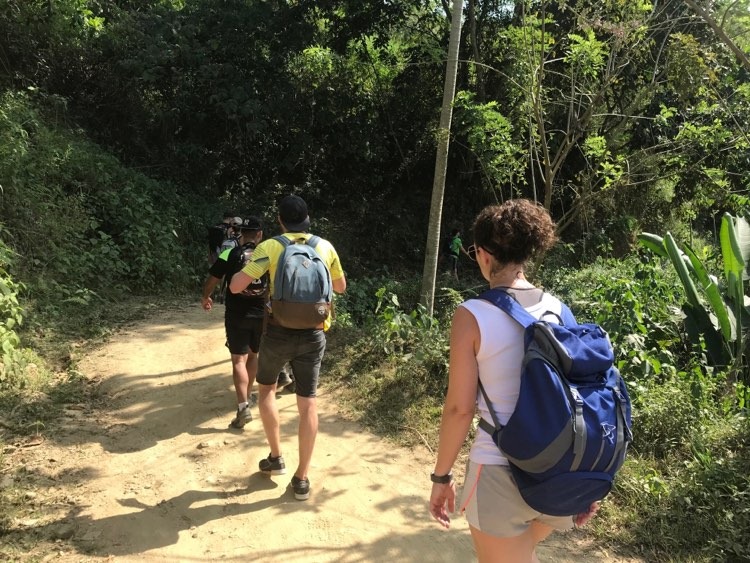
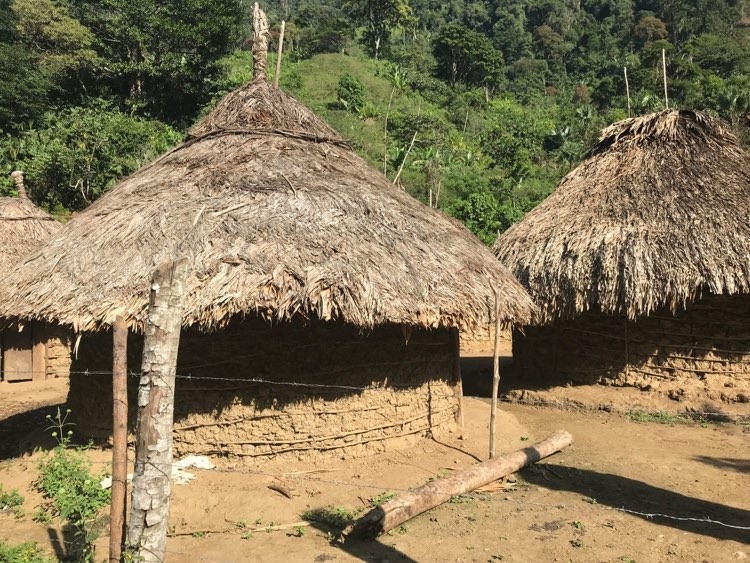
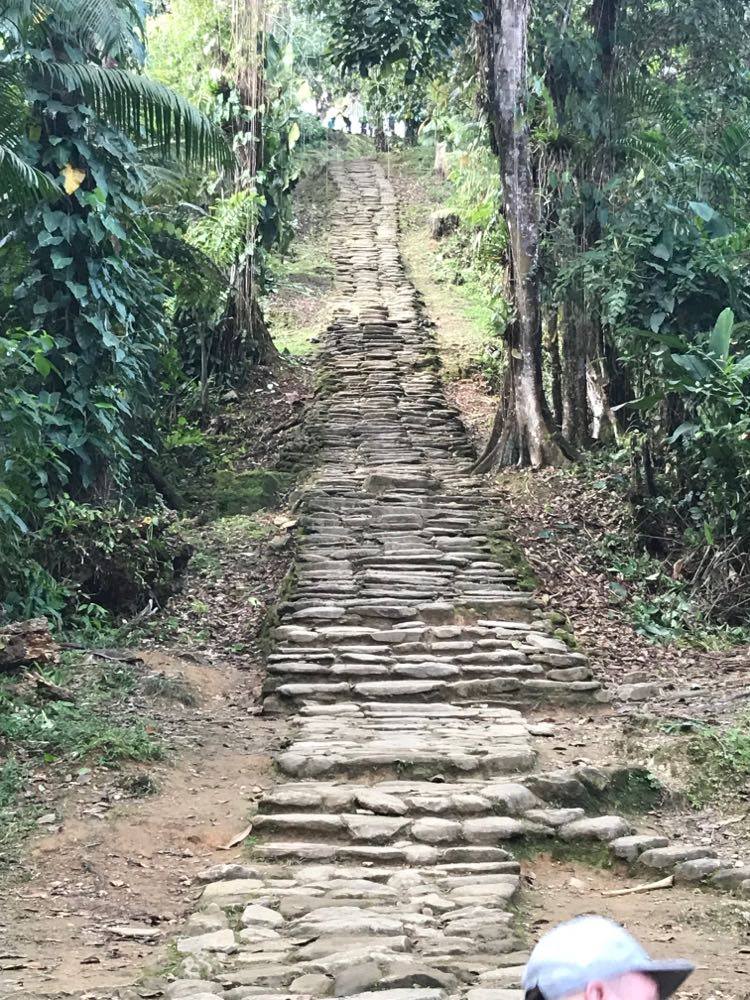
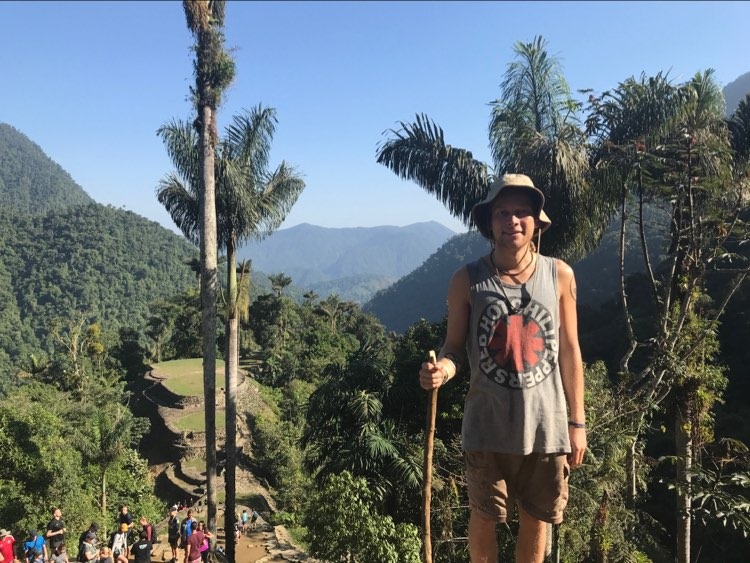
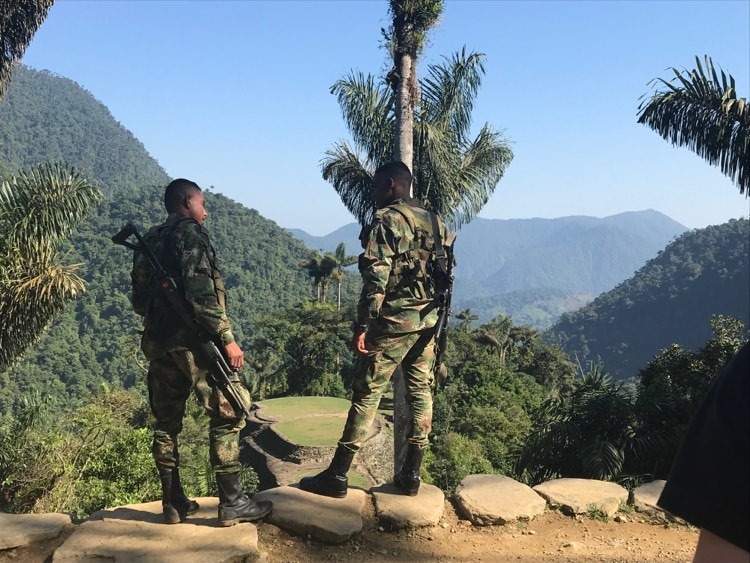
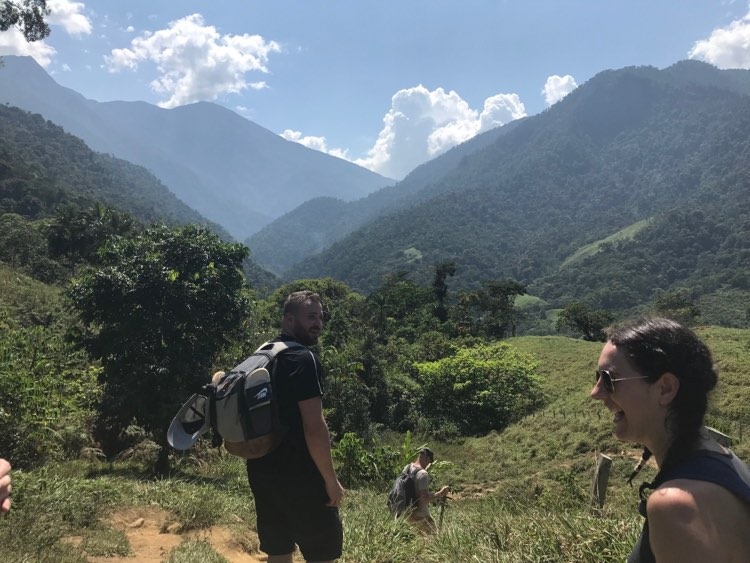
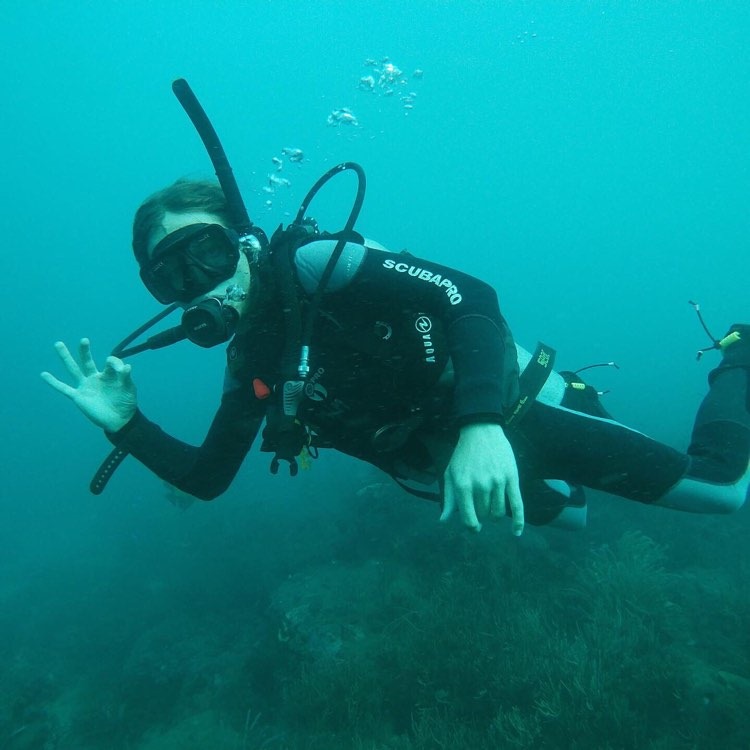
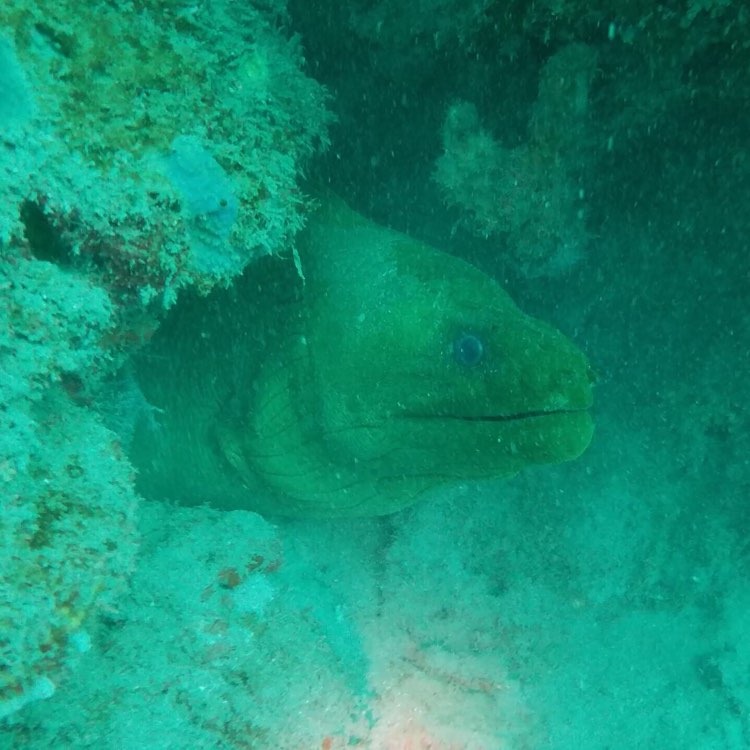


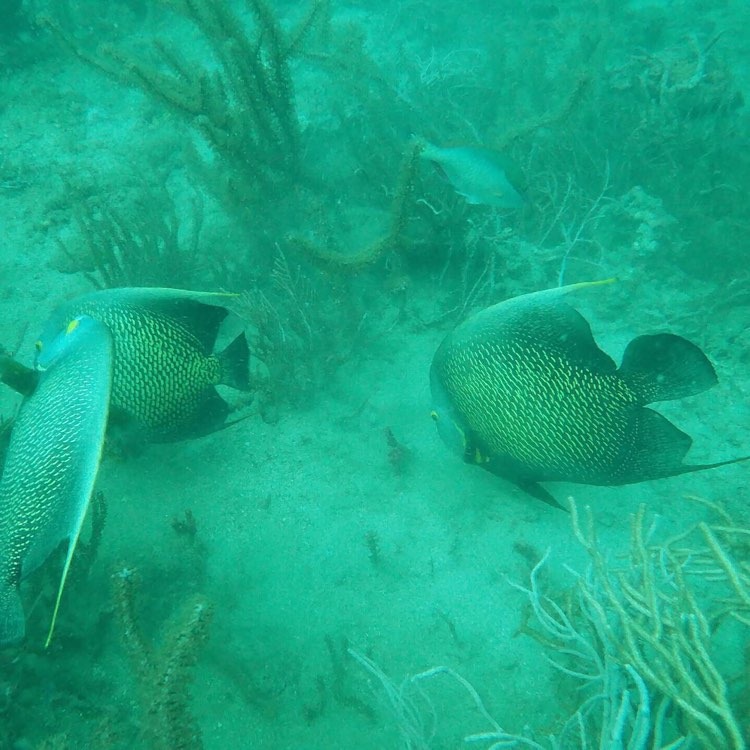
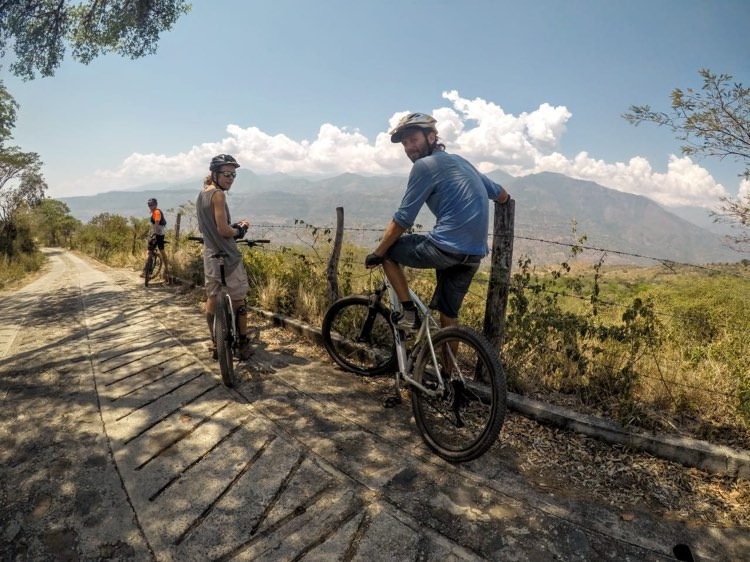
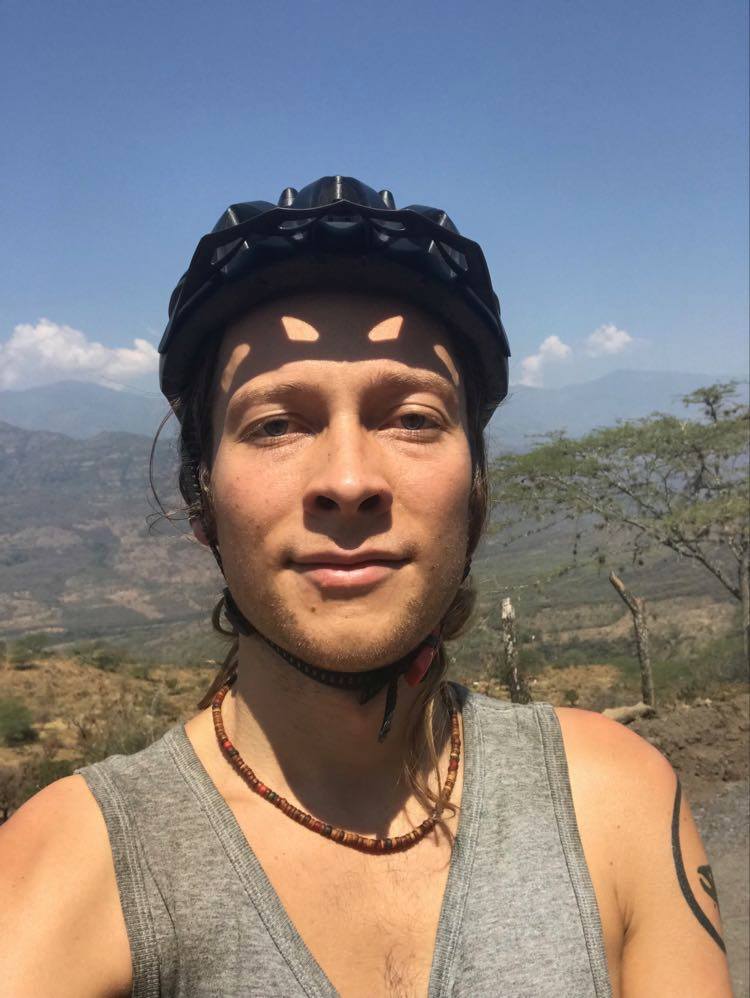

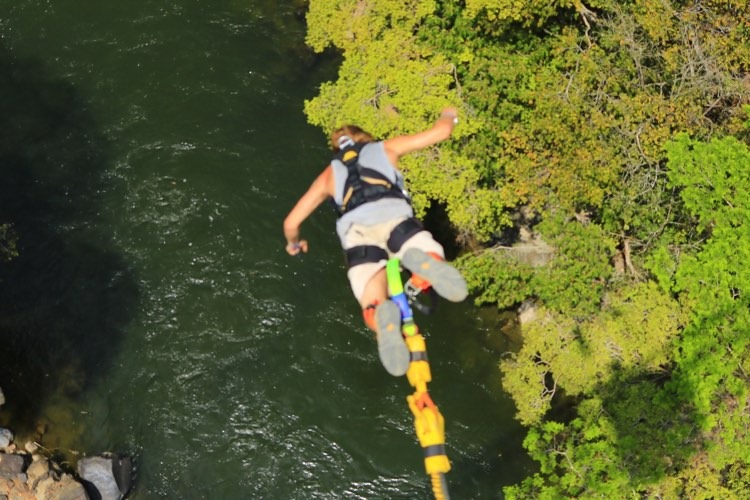
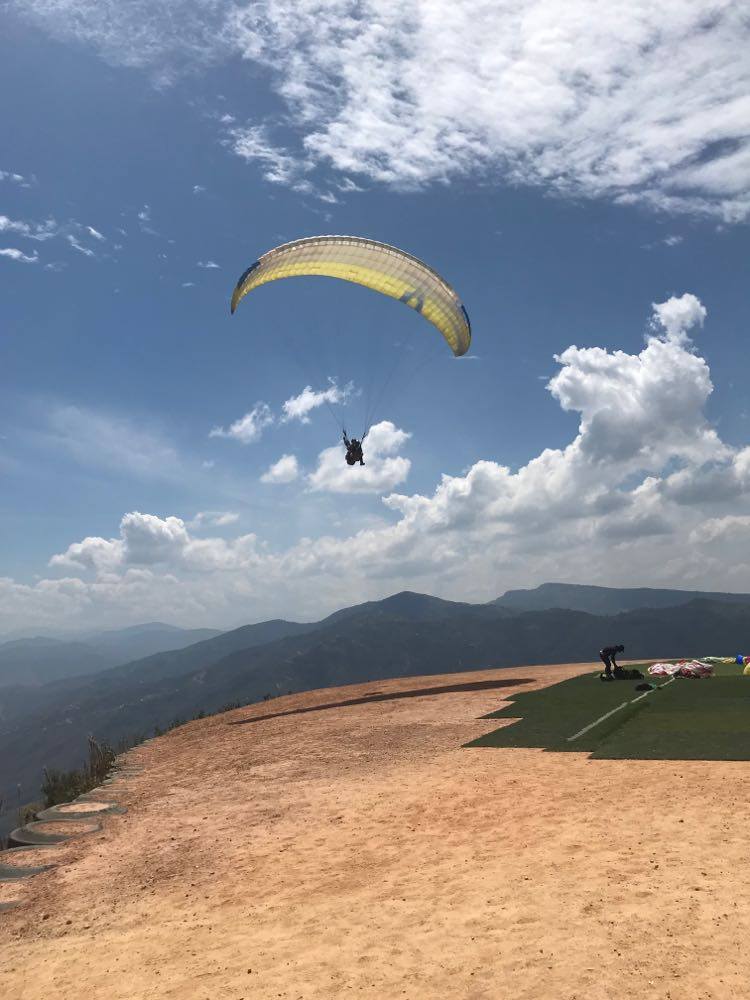

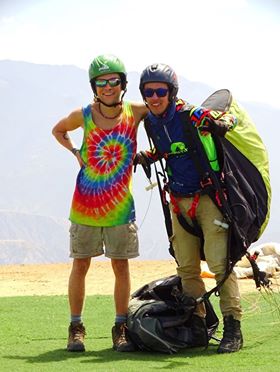

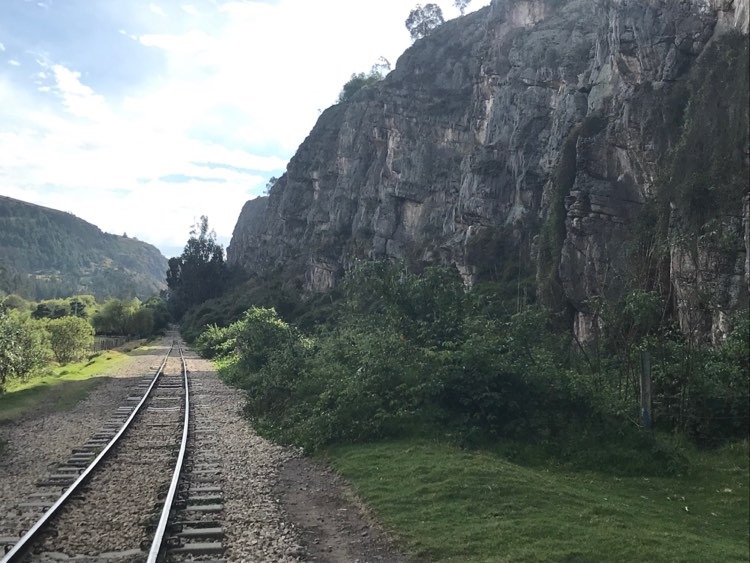

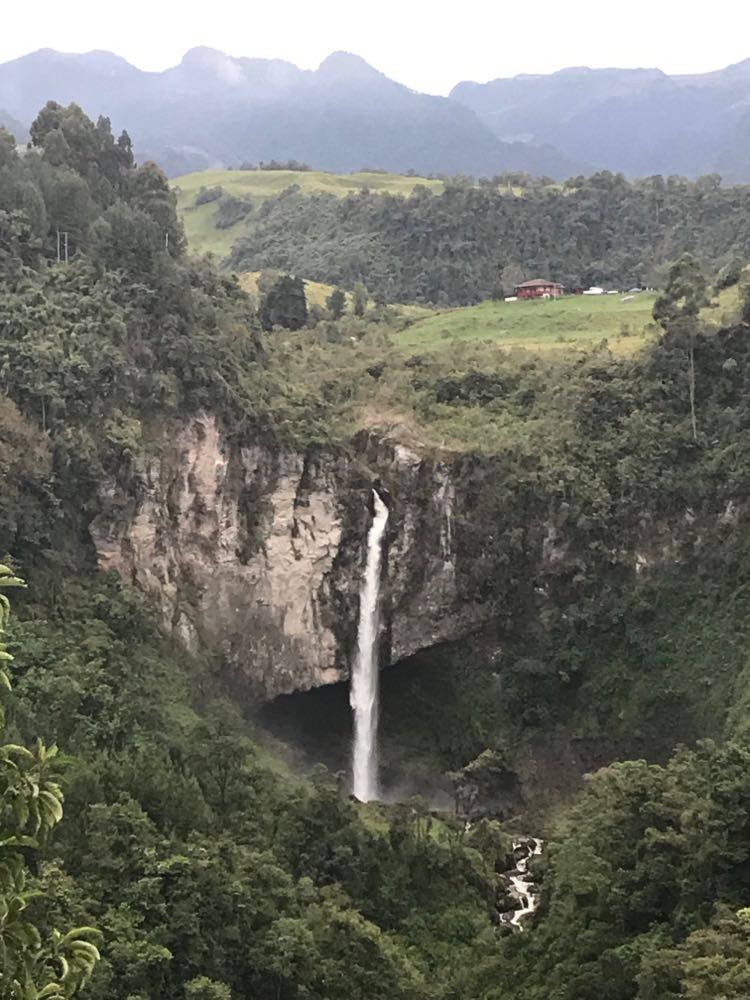


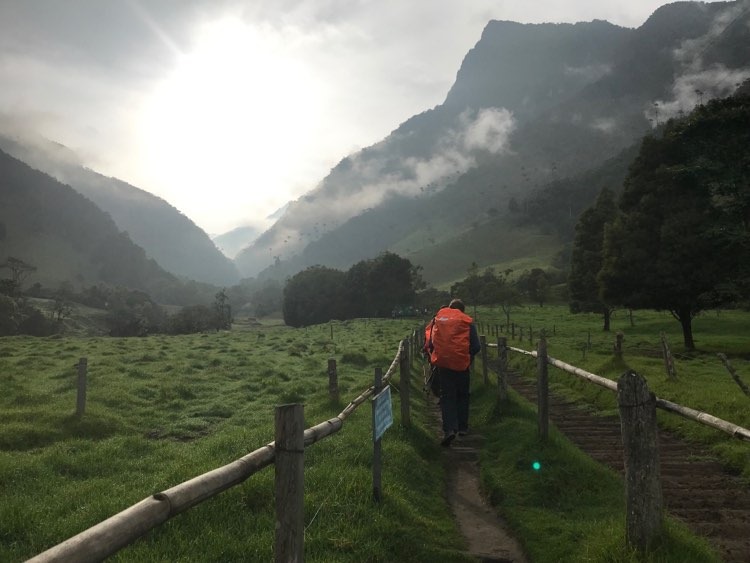

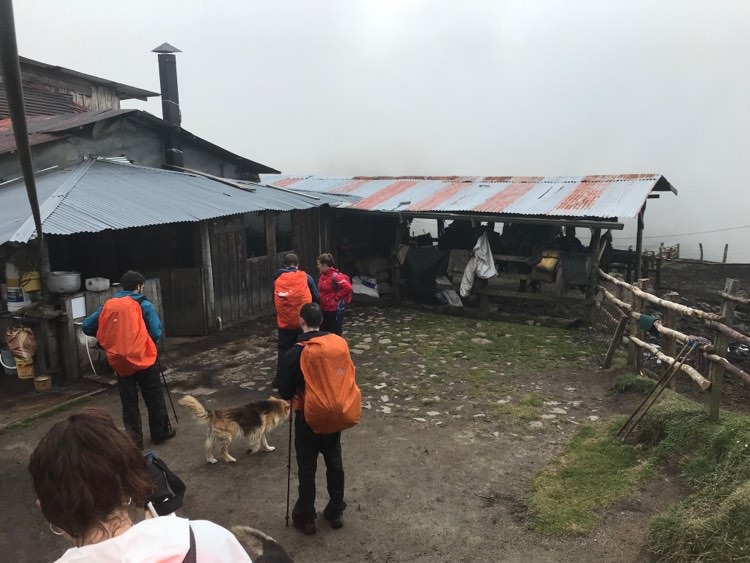
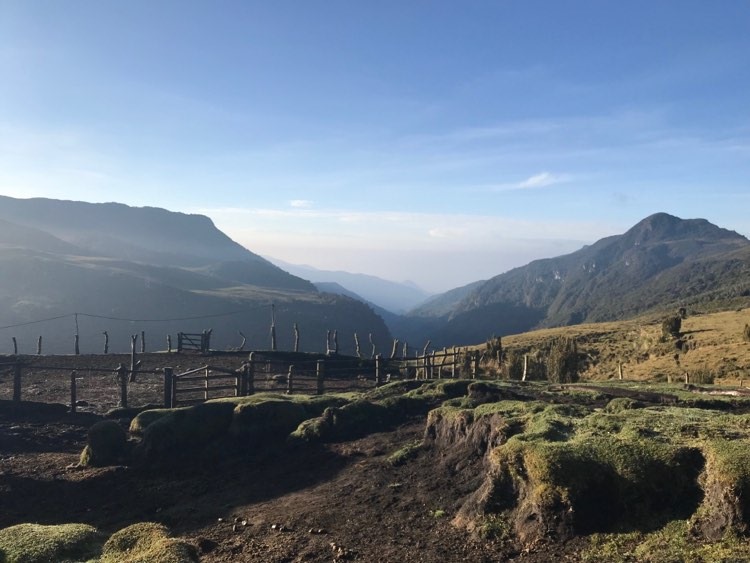


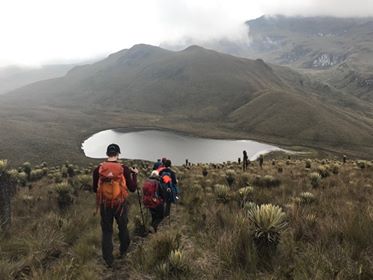
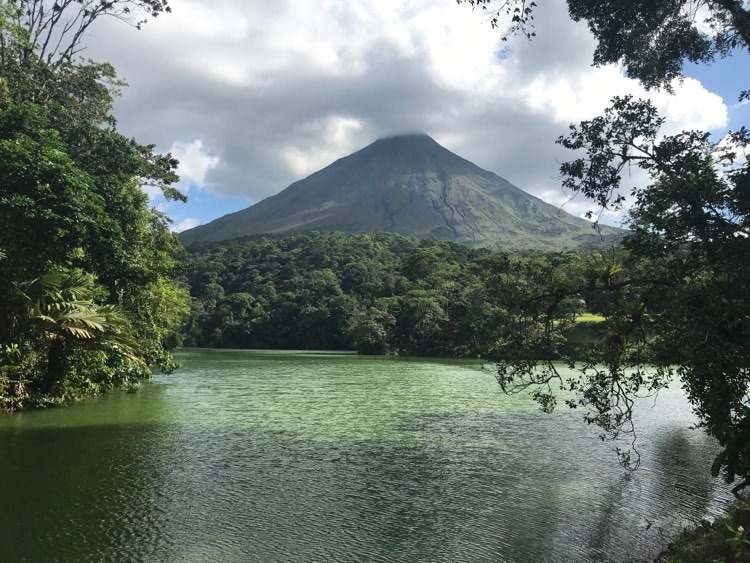
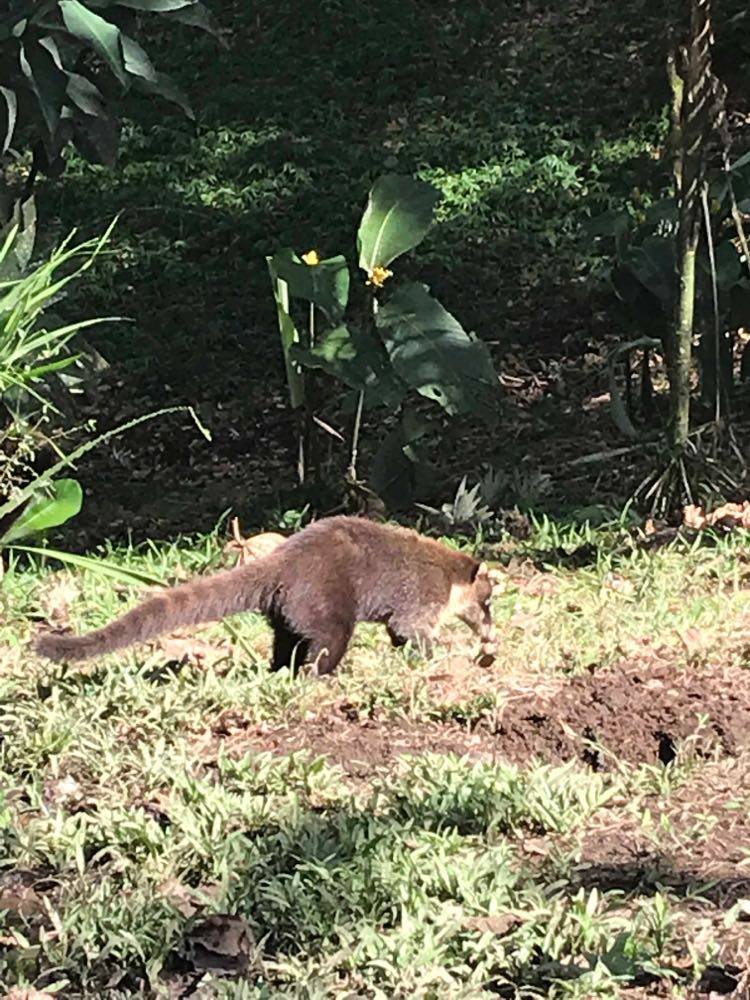
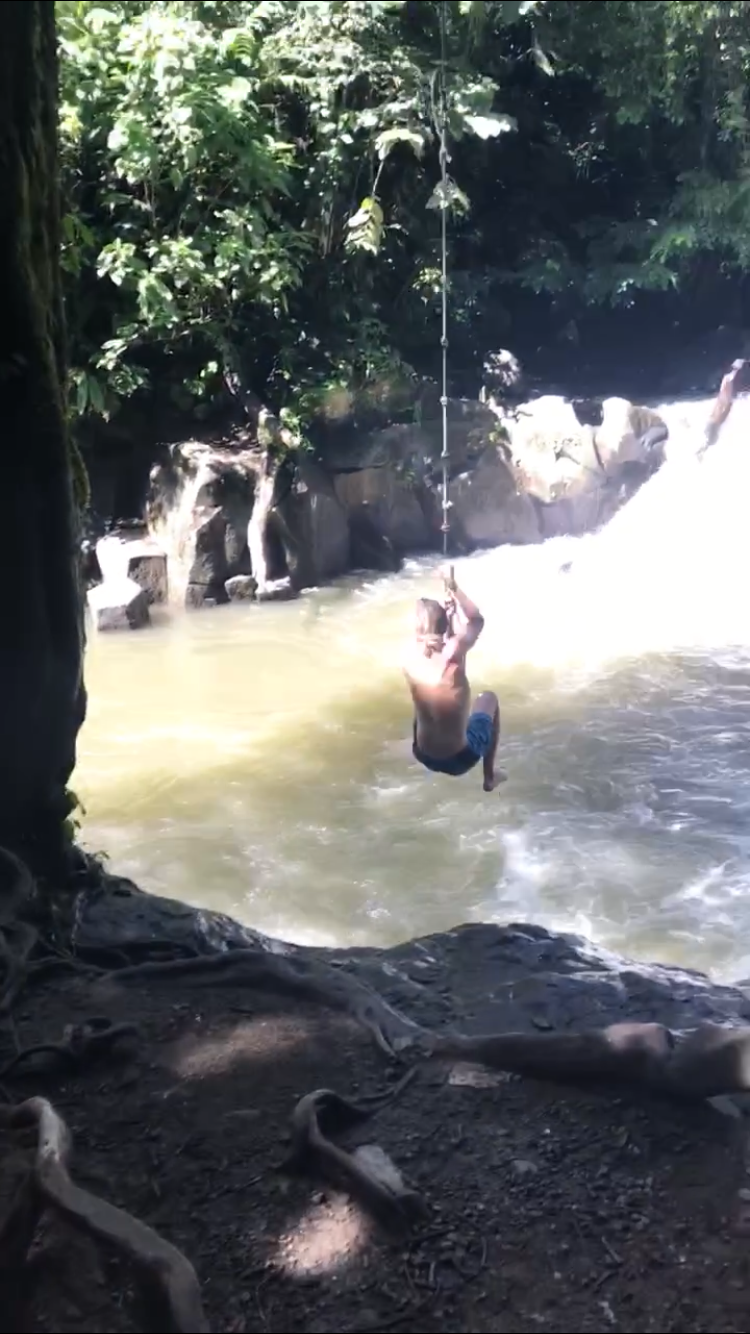
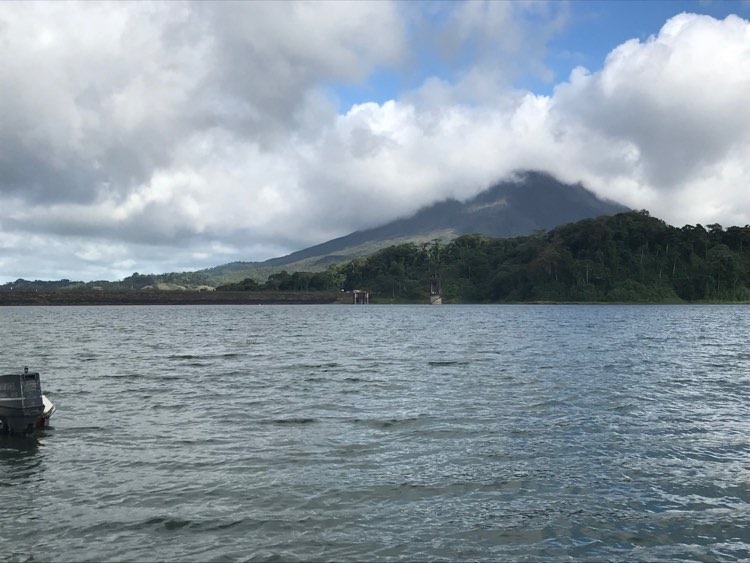
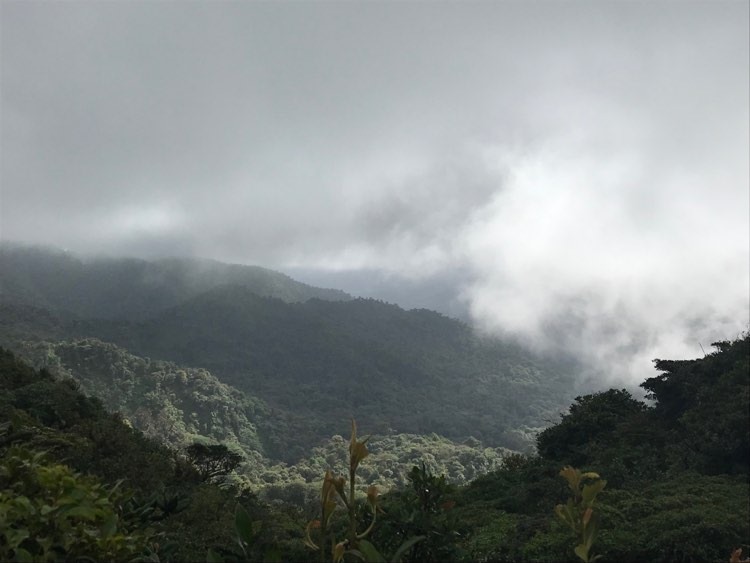
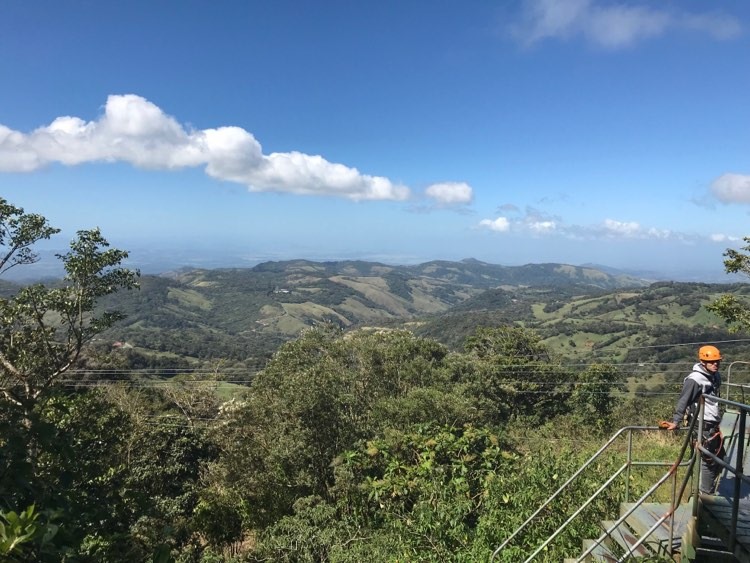

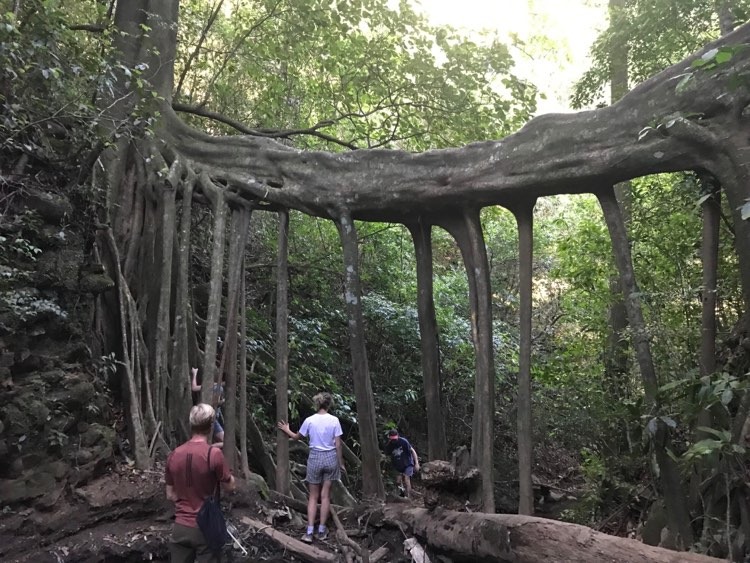

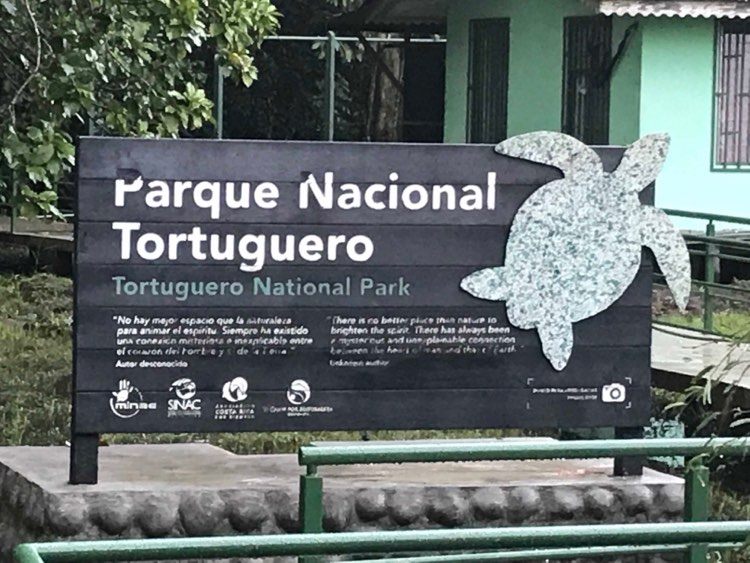
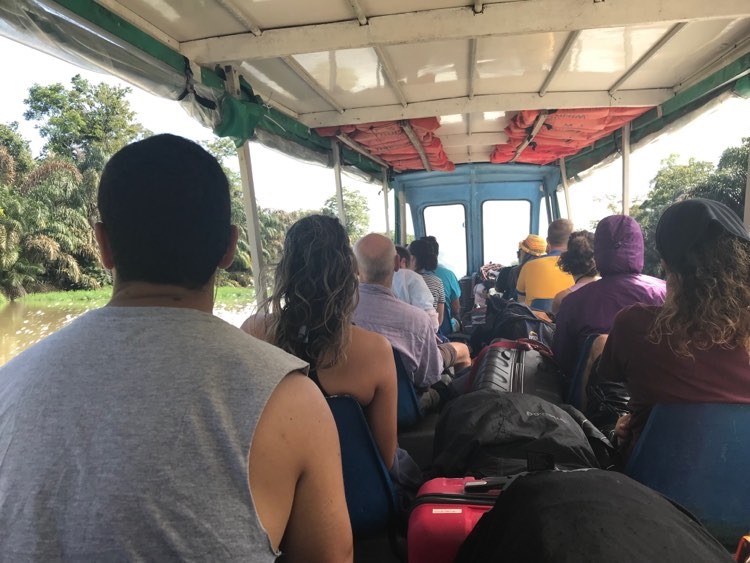
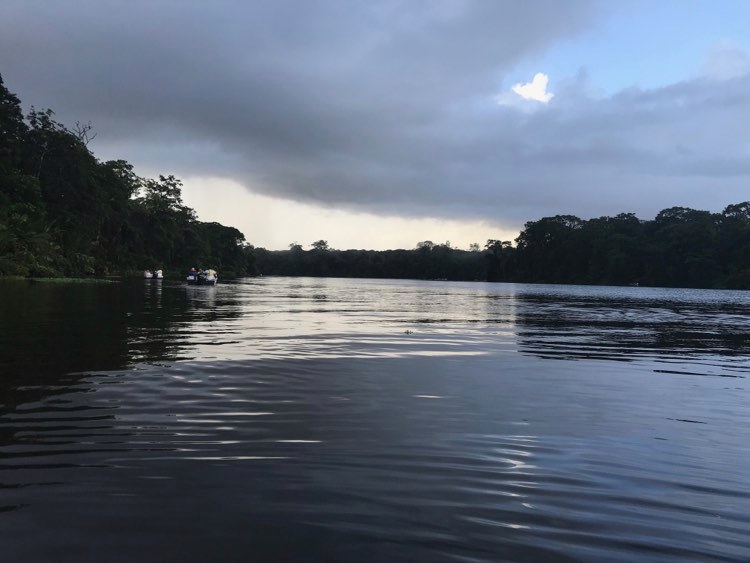
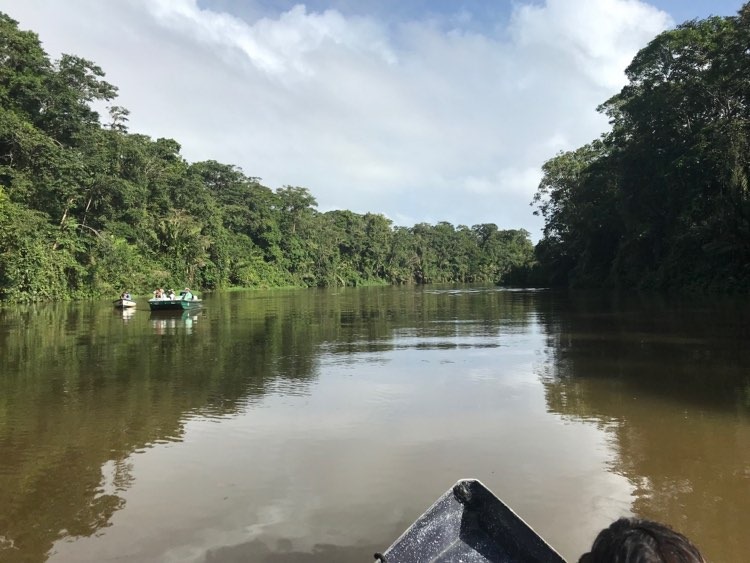


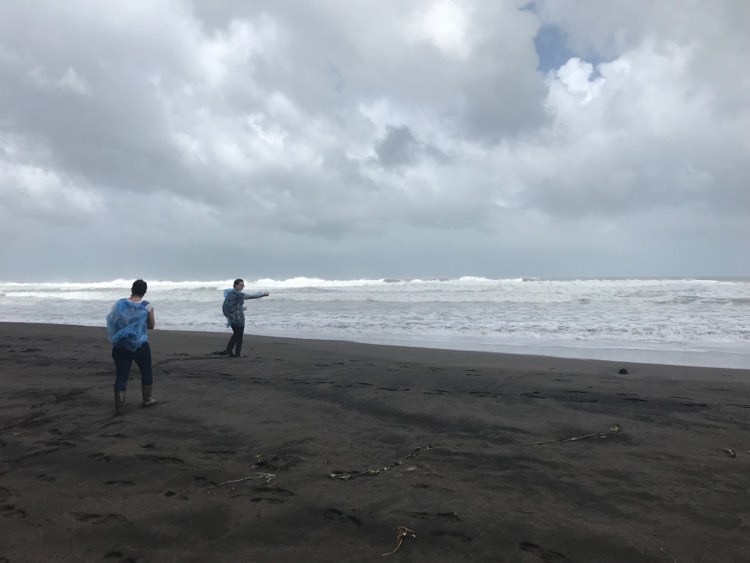
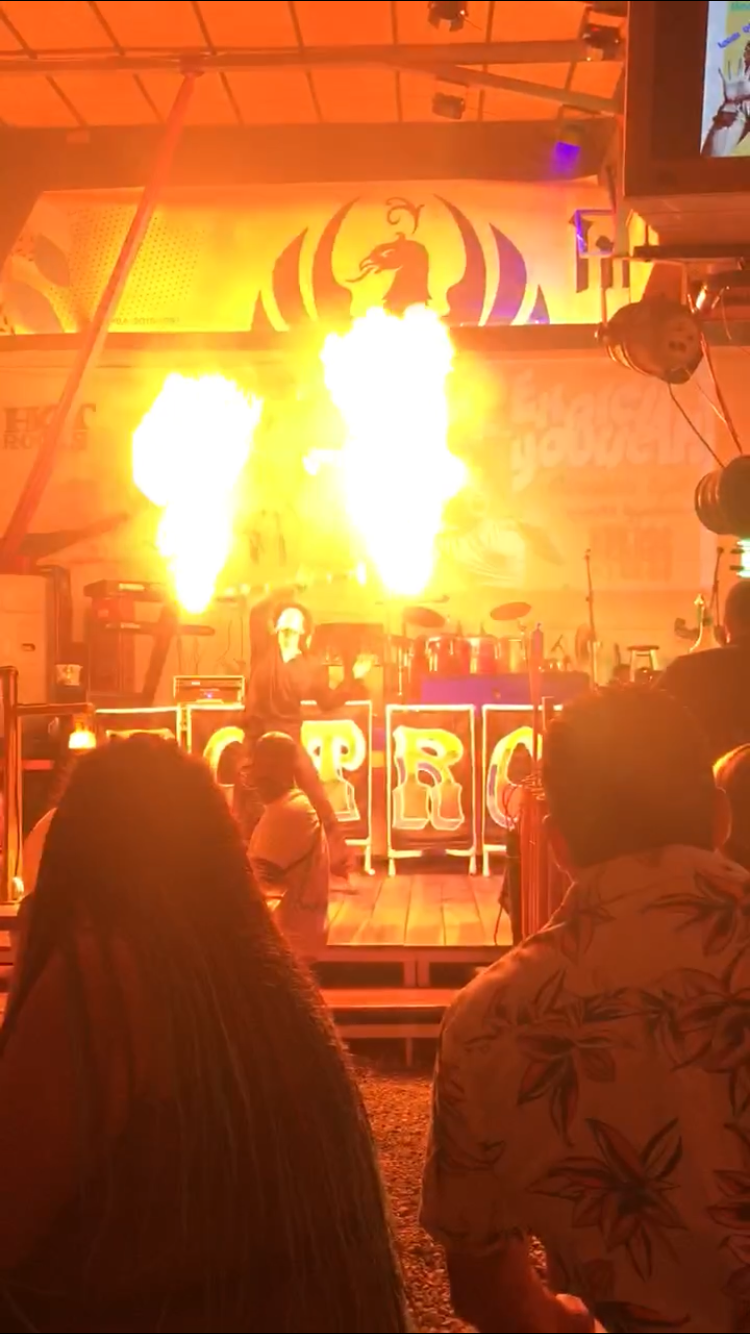
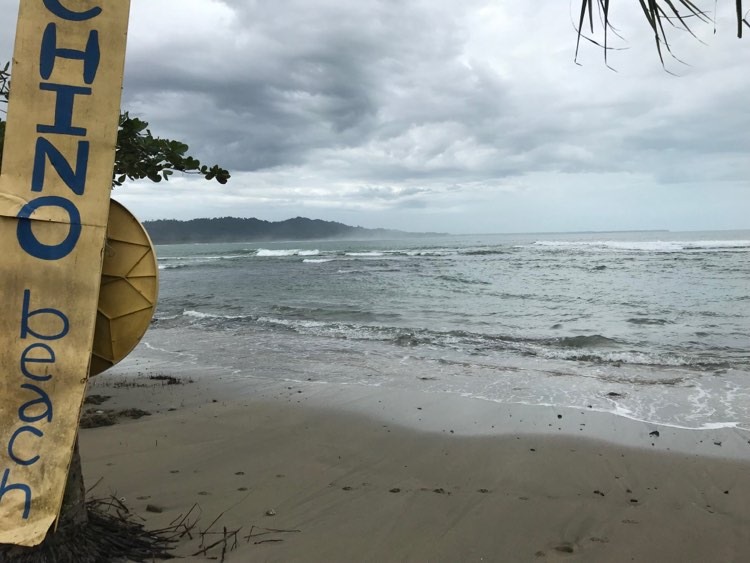
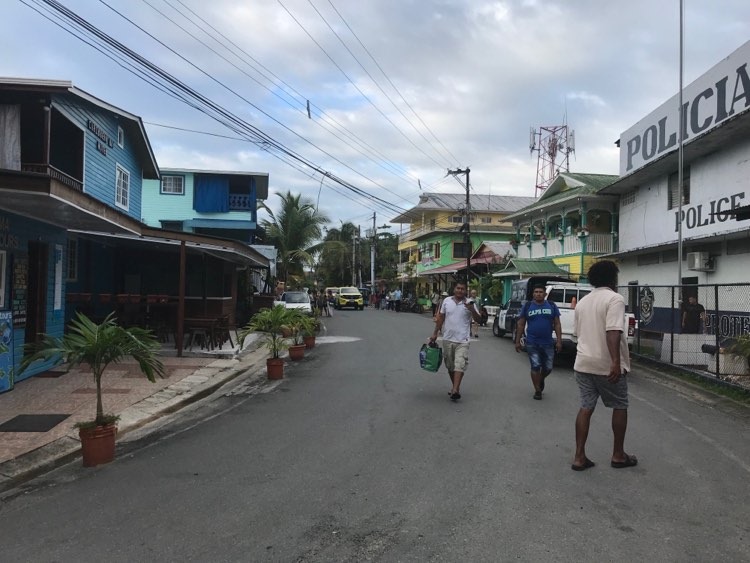
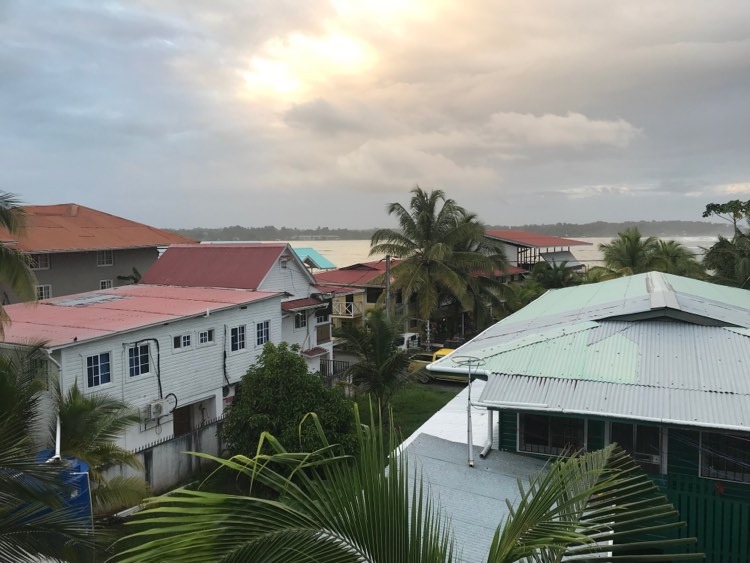
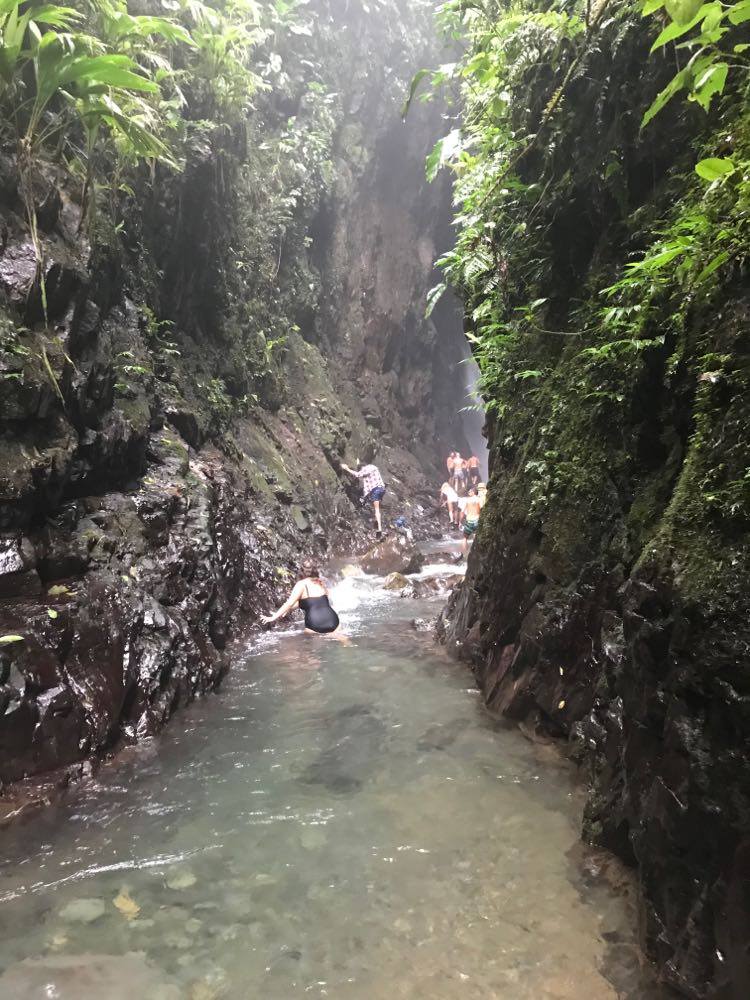


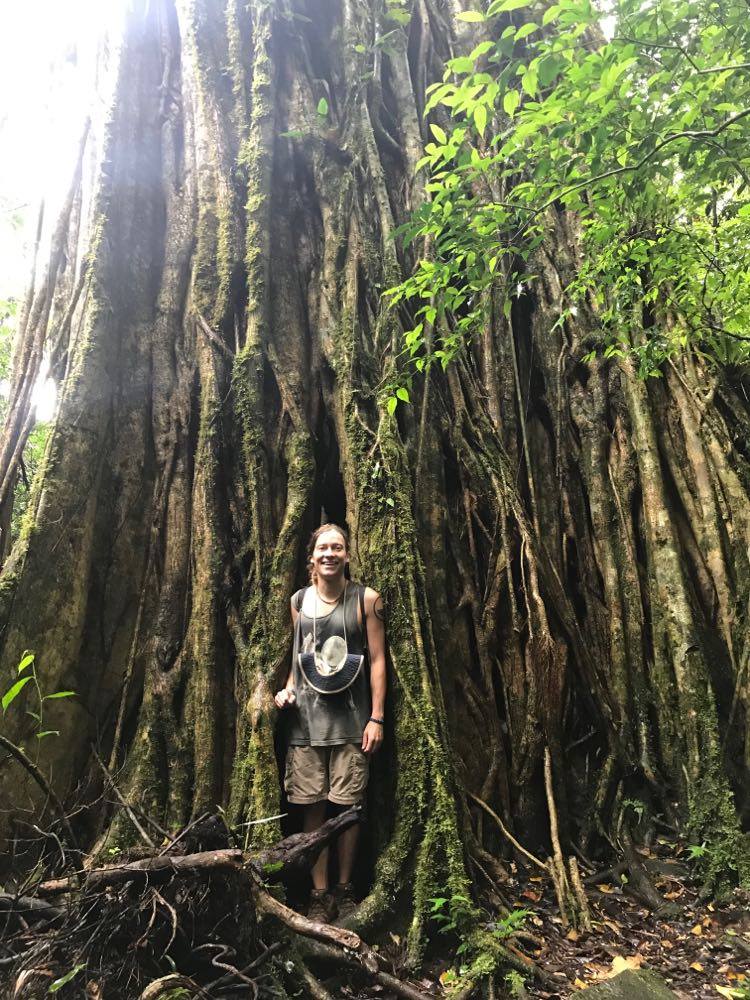
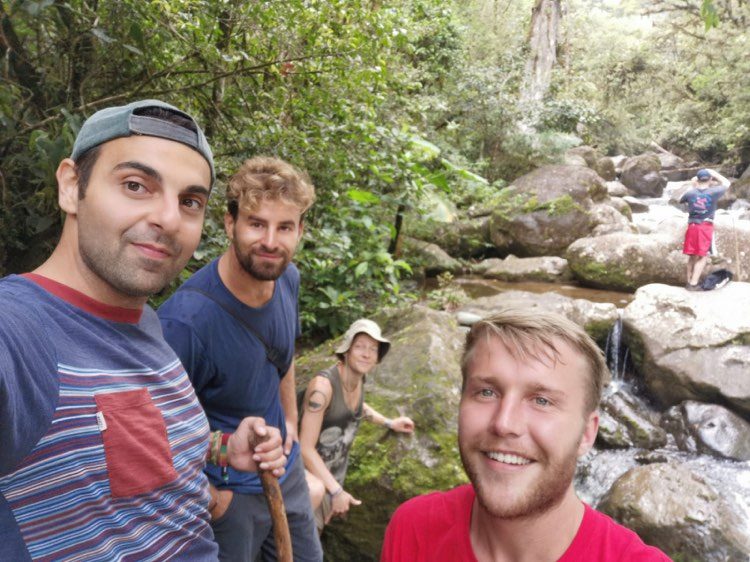


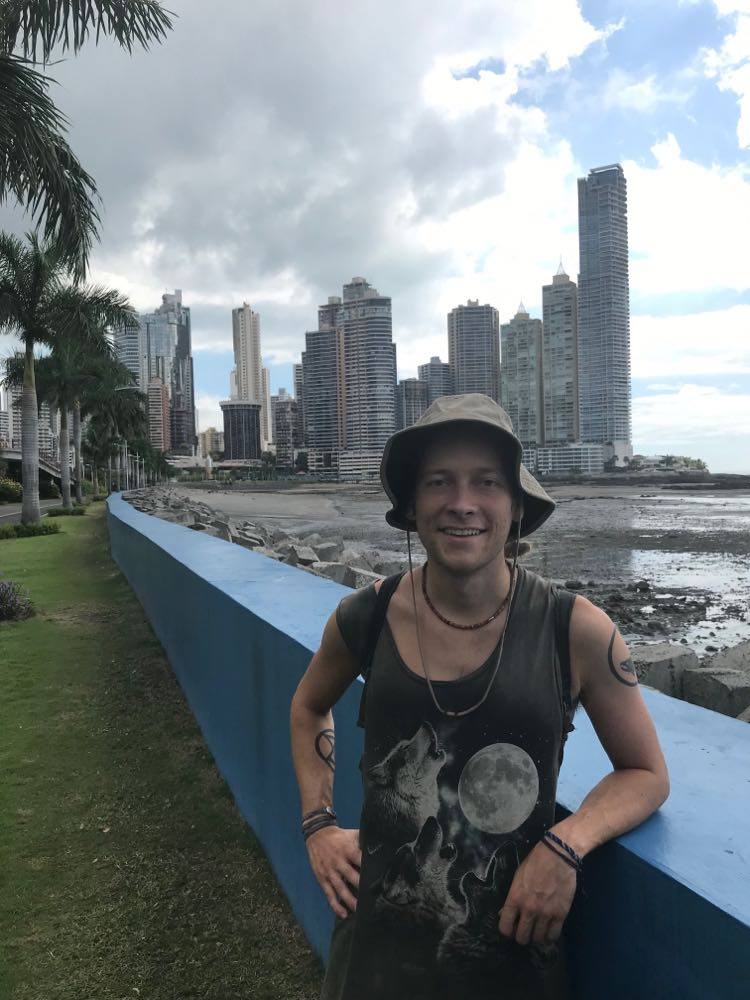
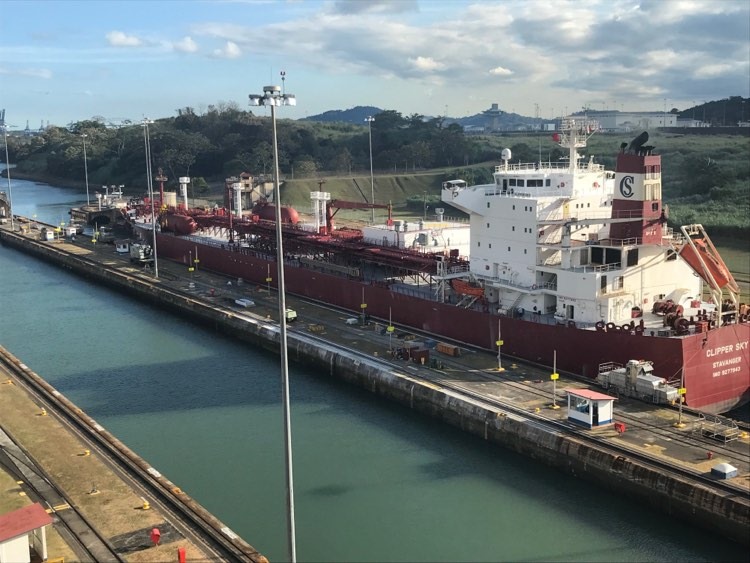
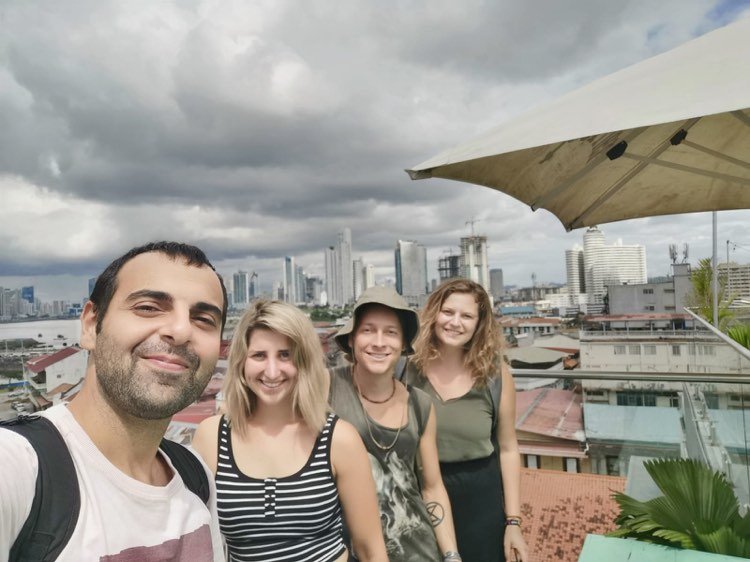
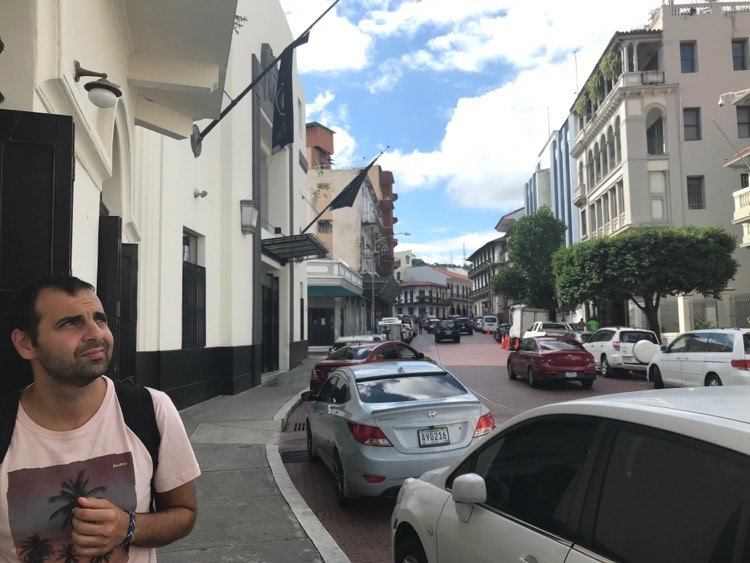
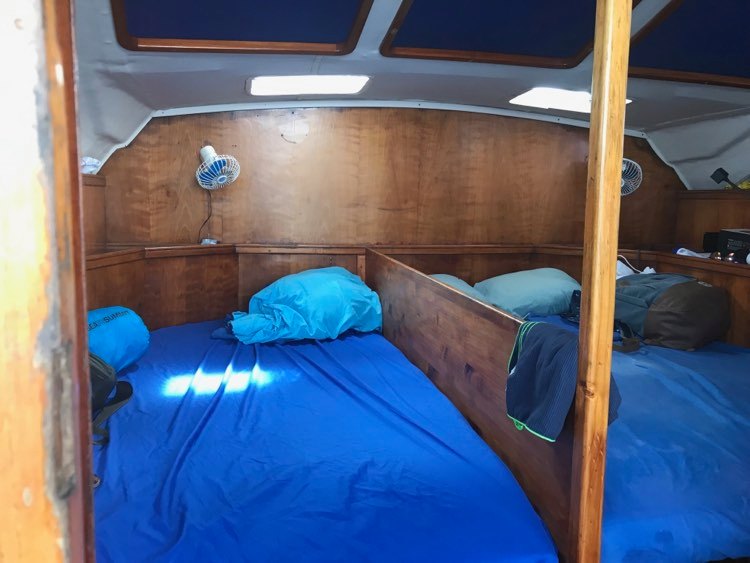
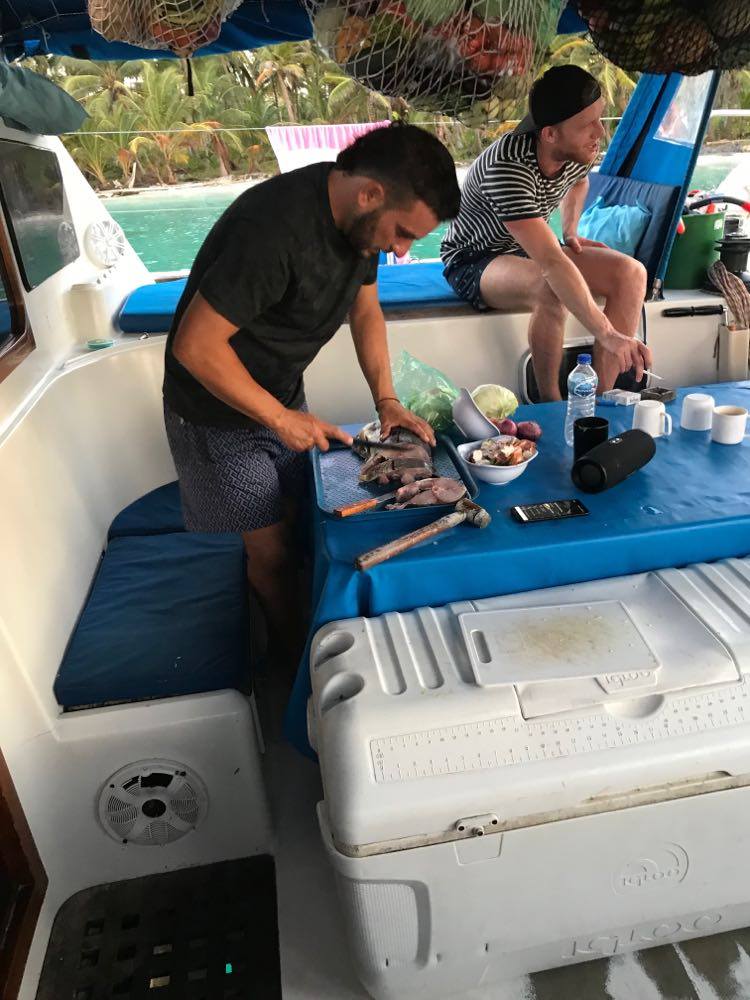 k
k So
So 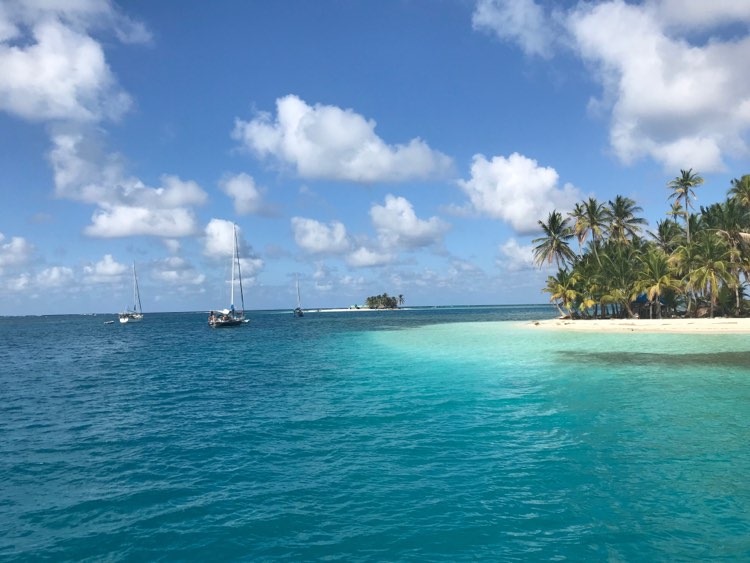

 So
So
